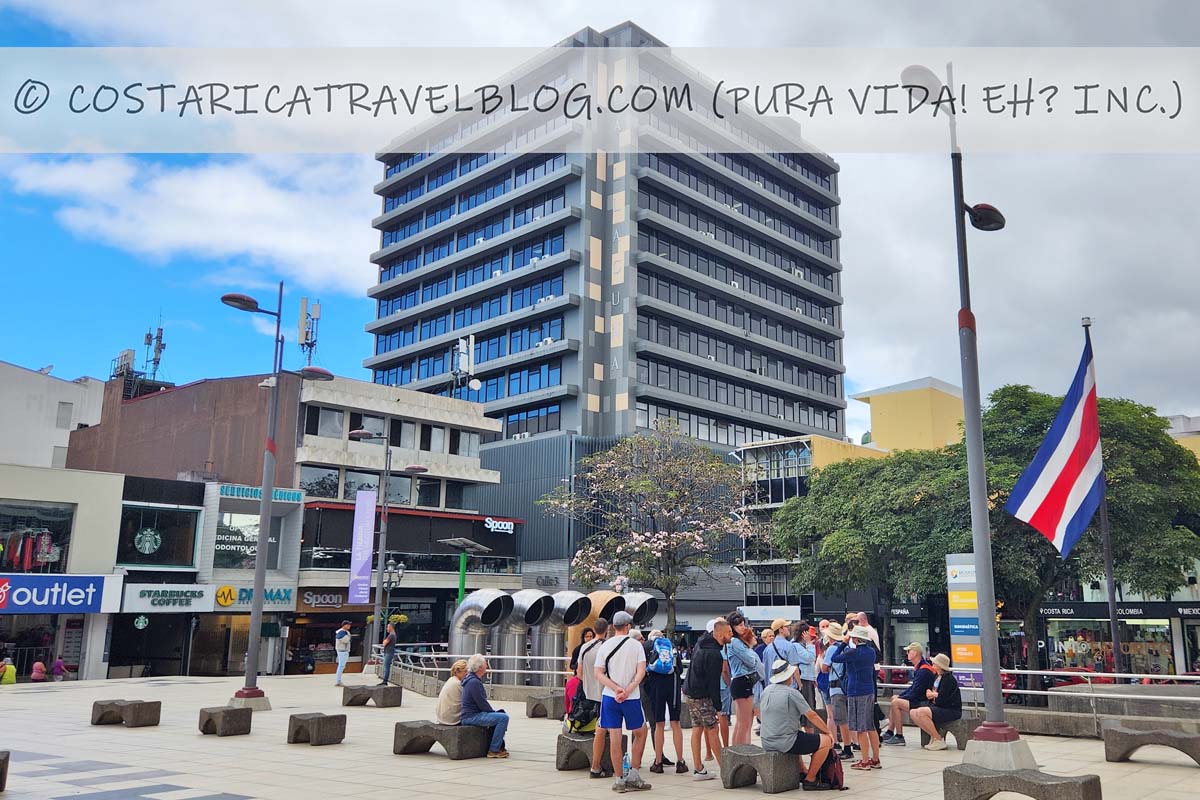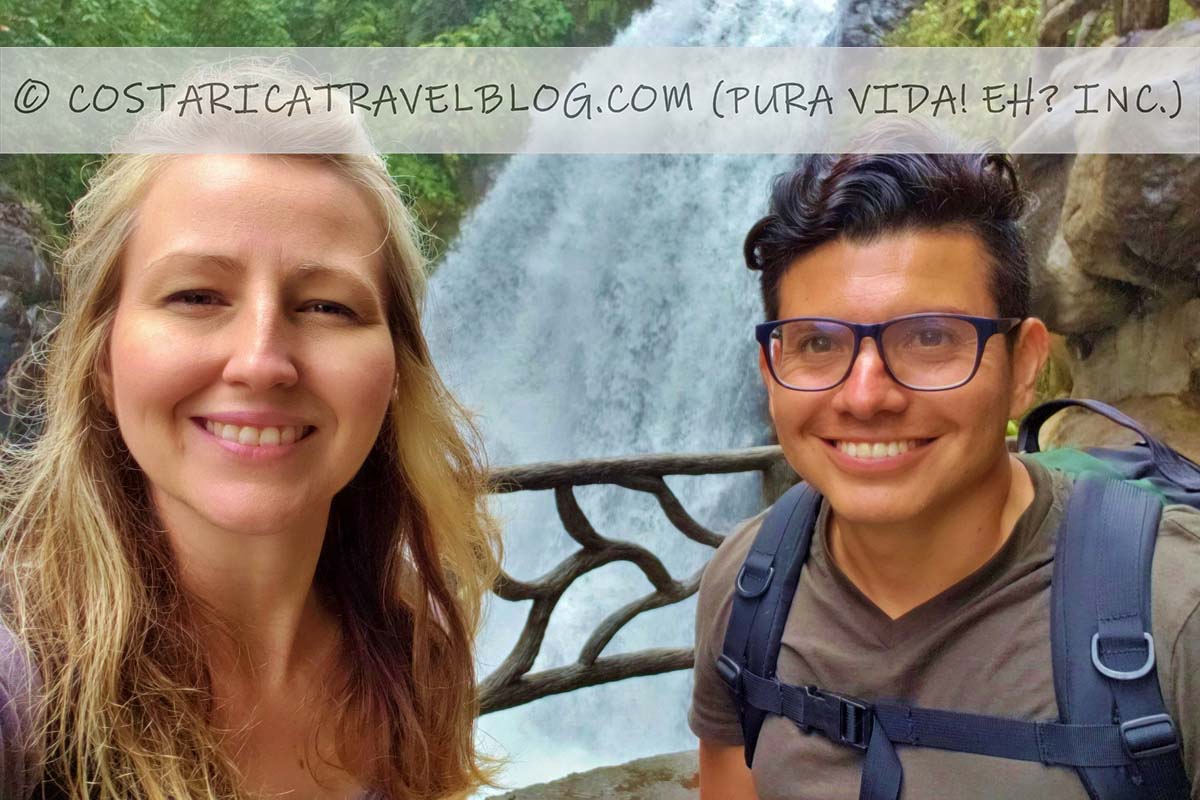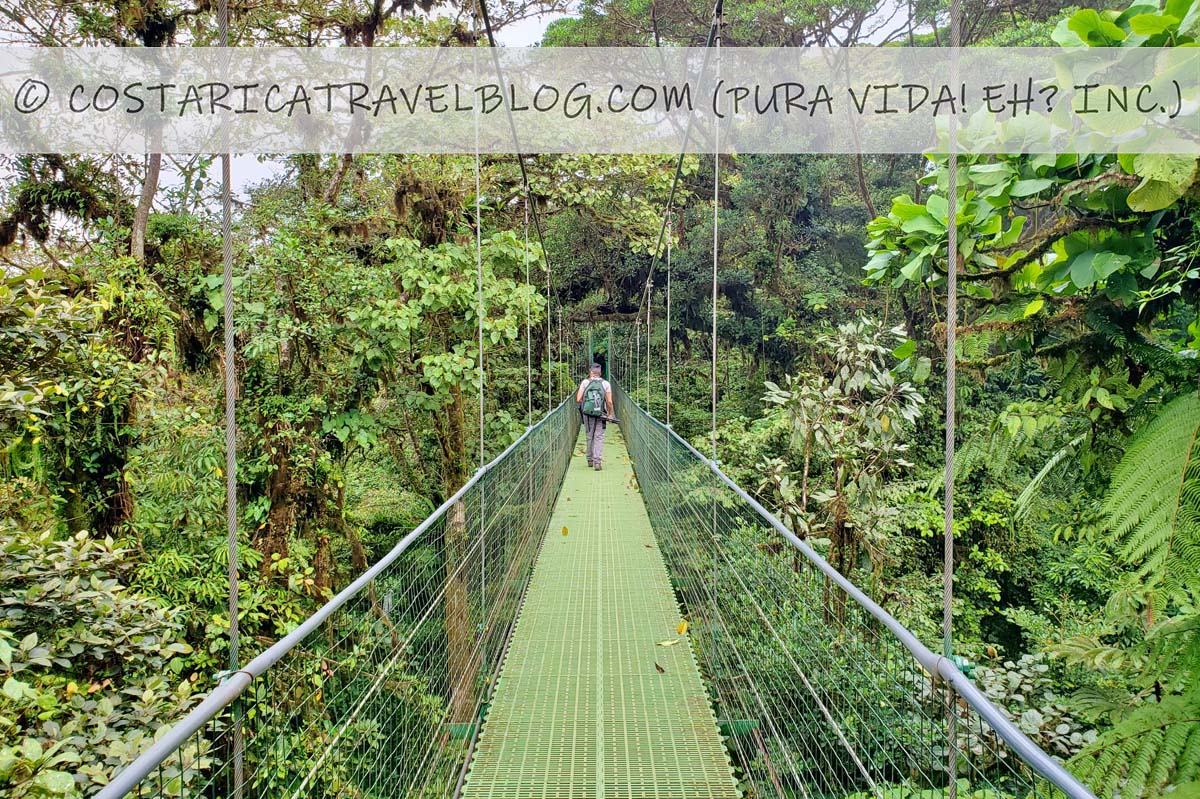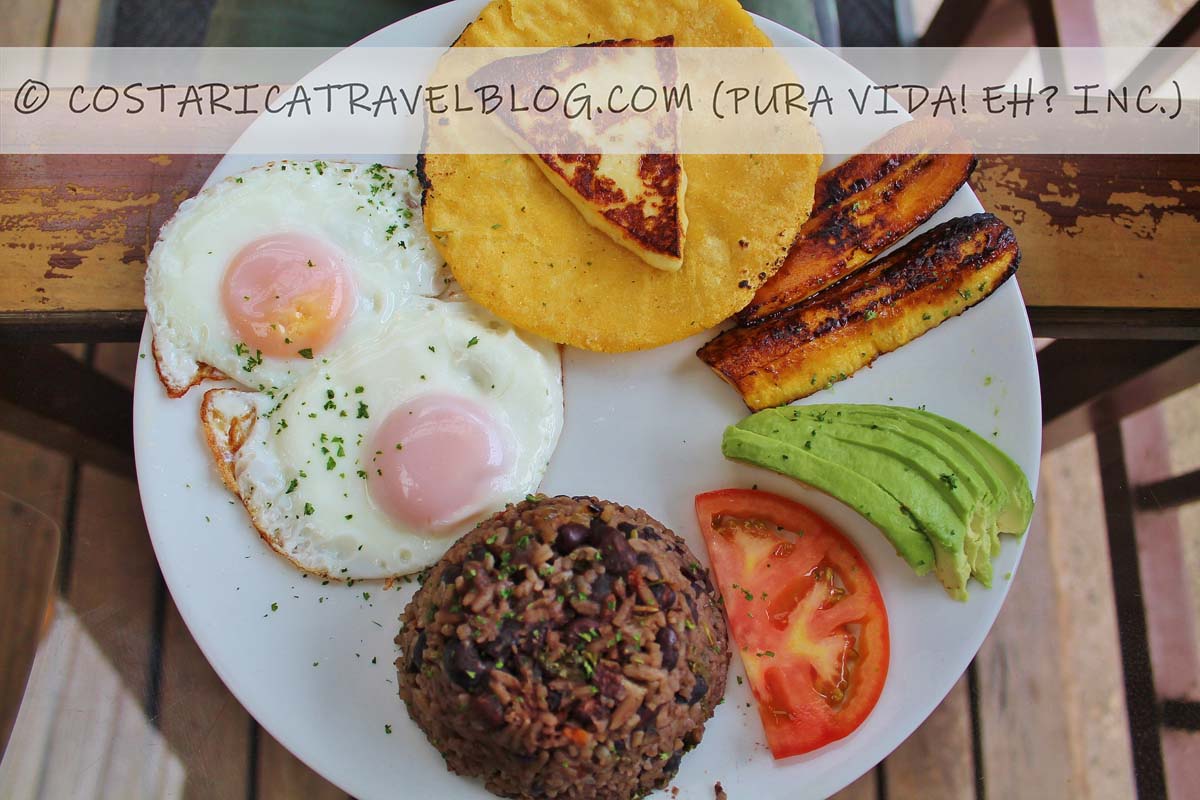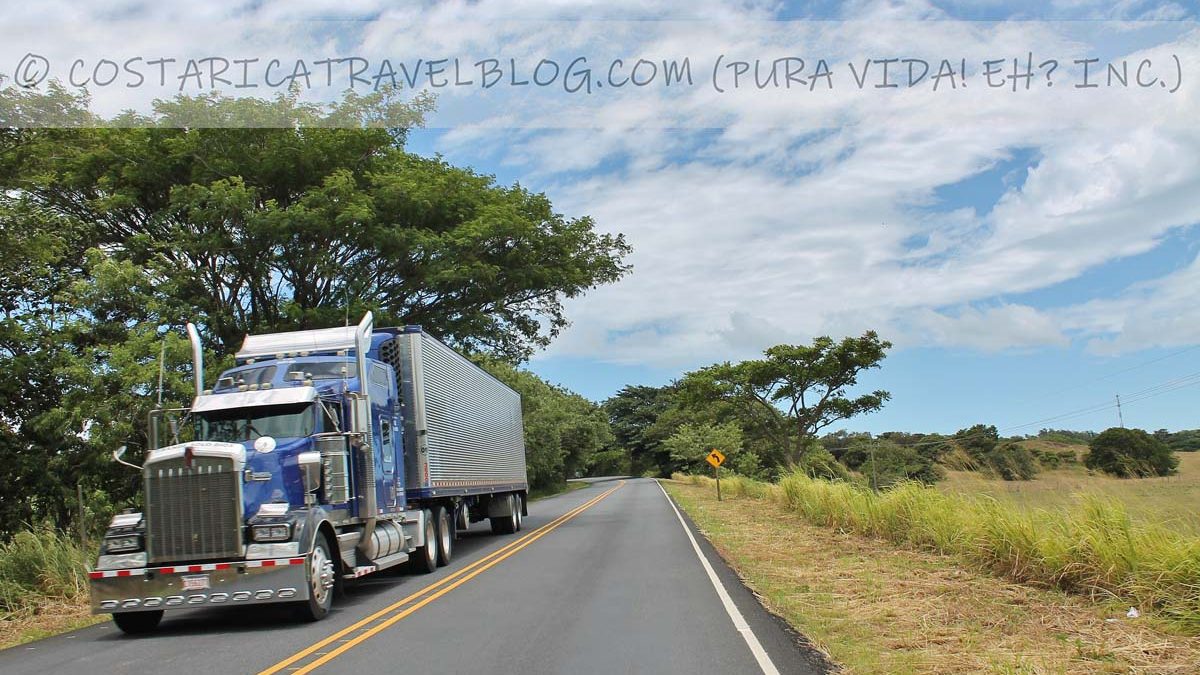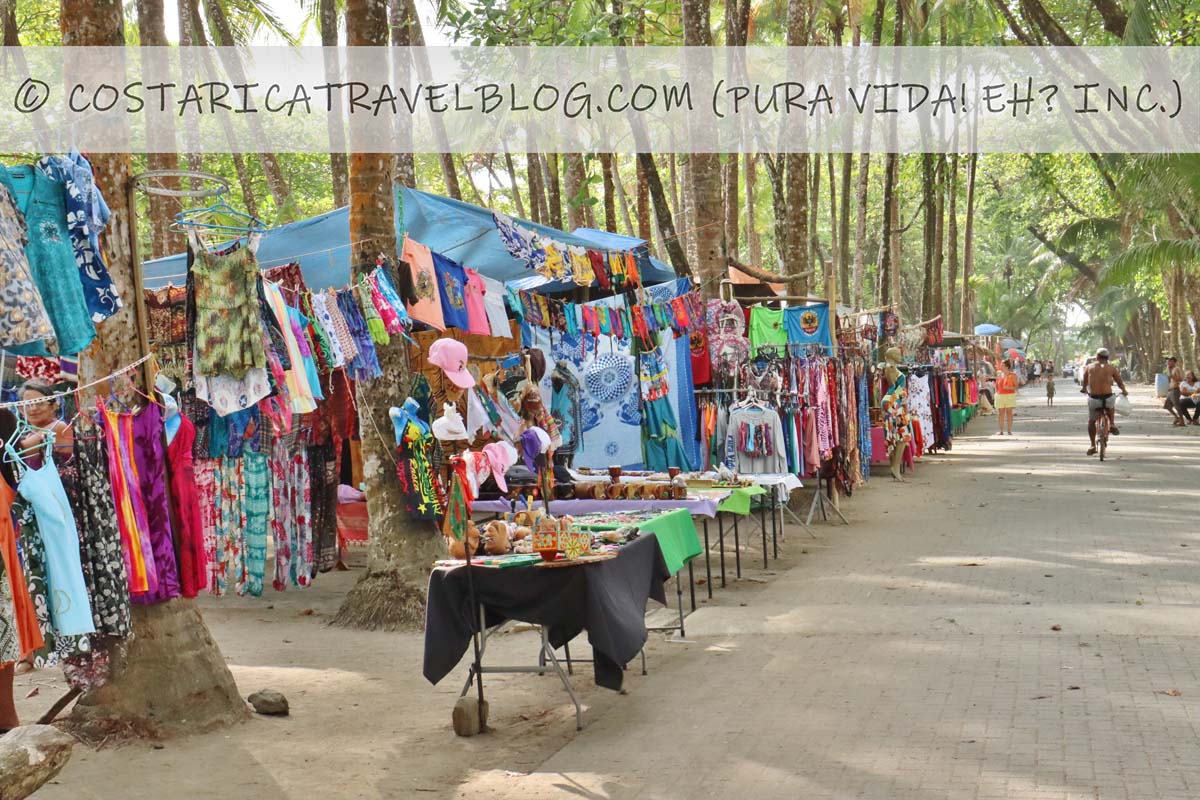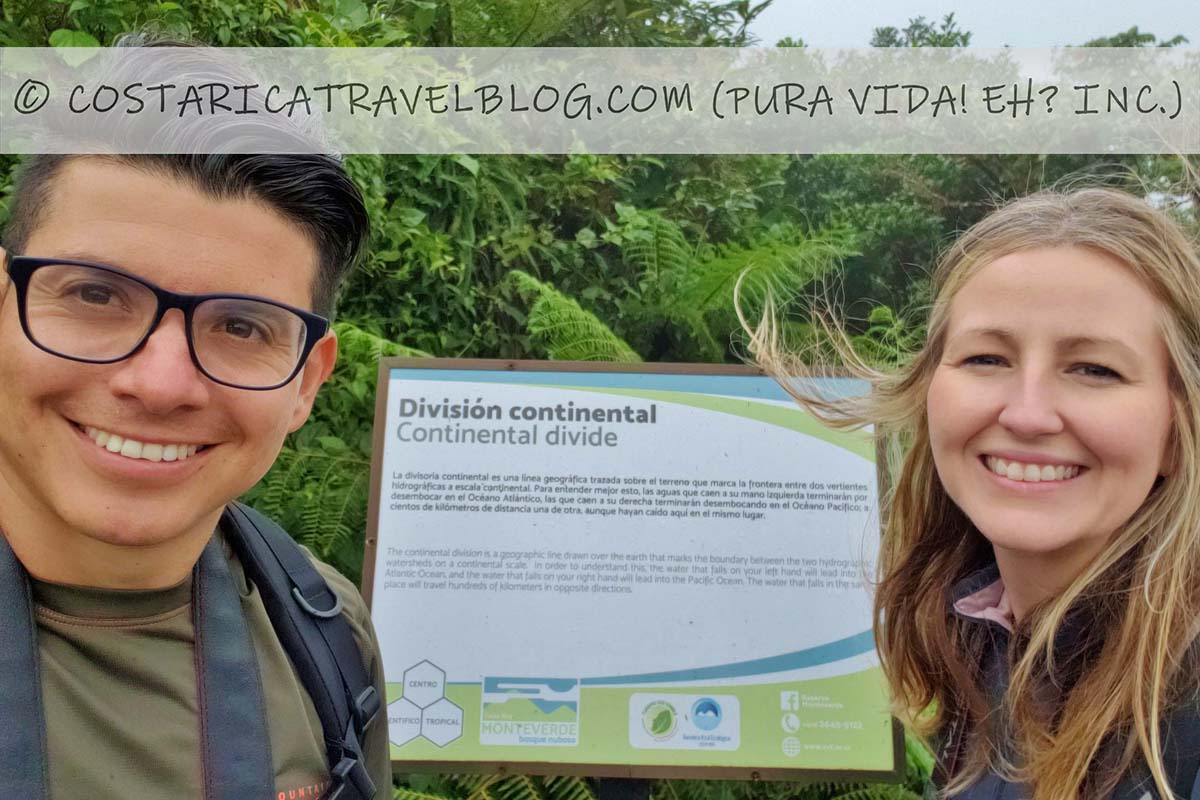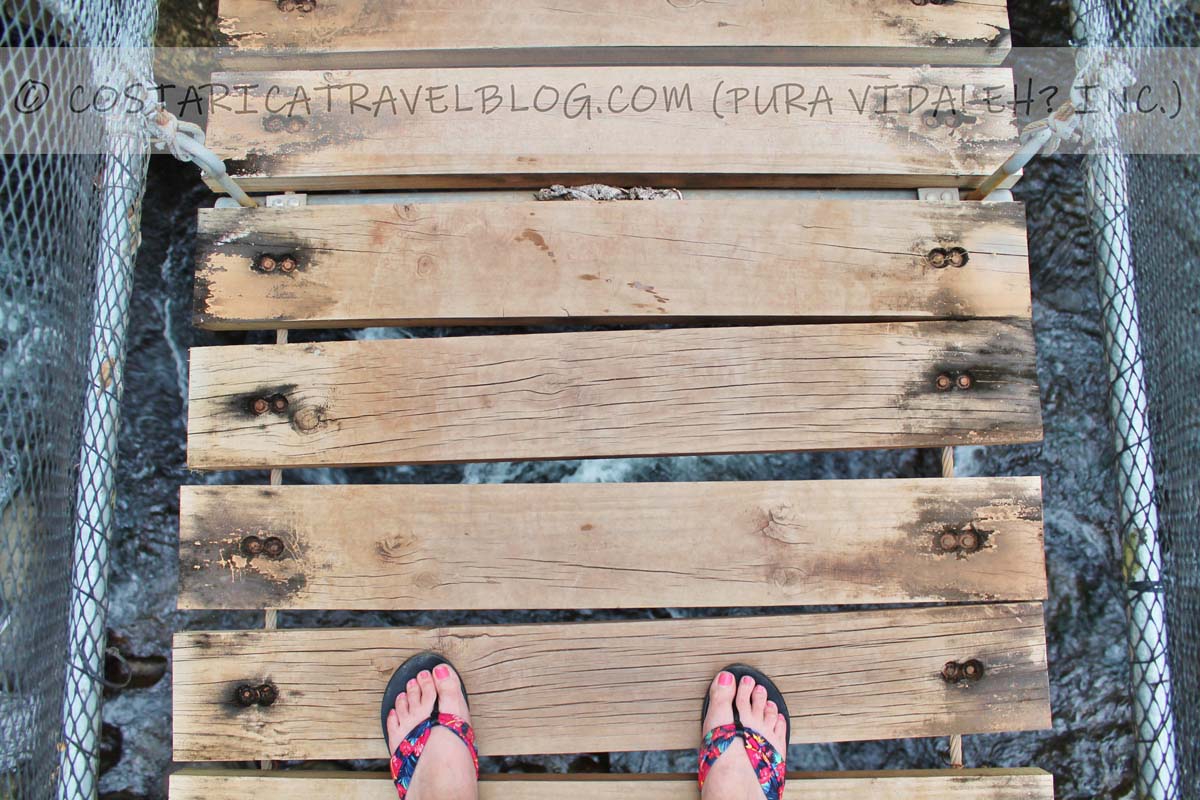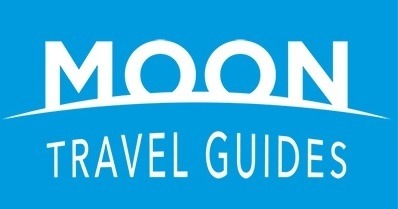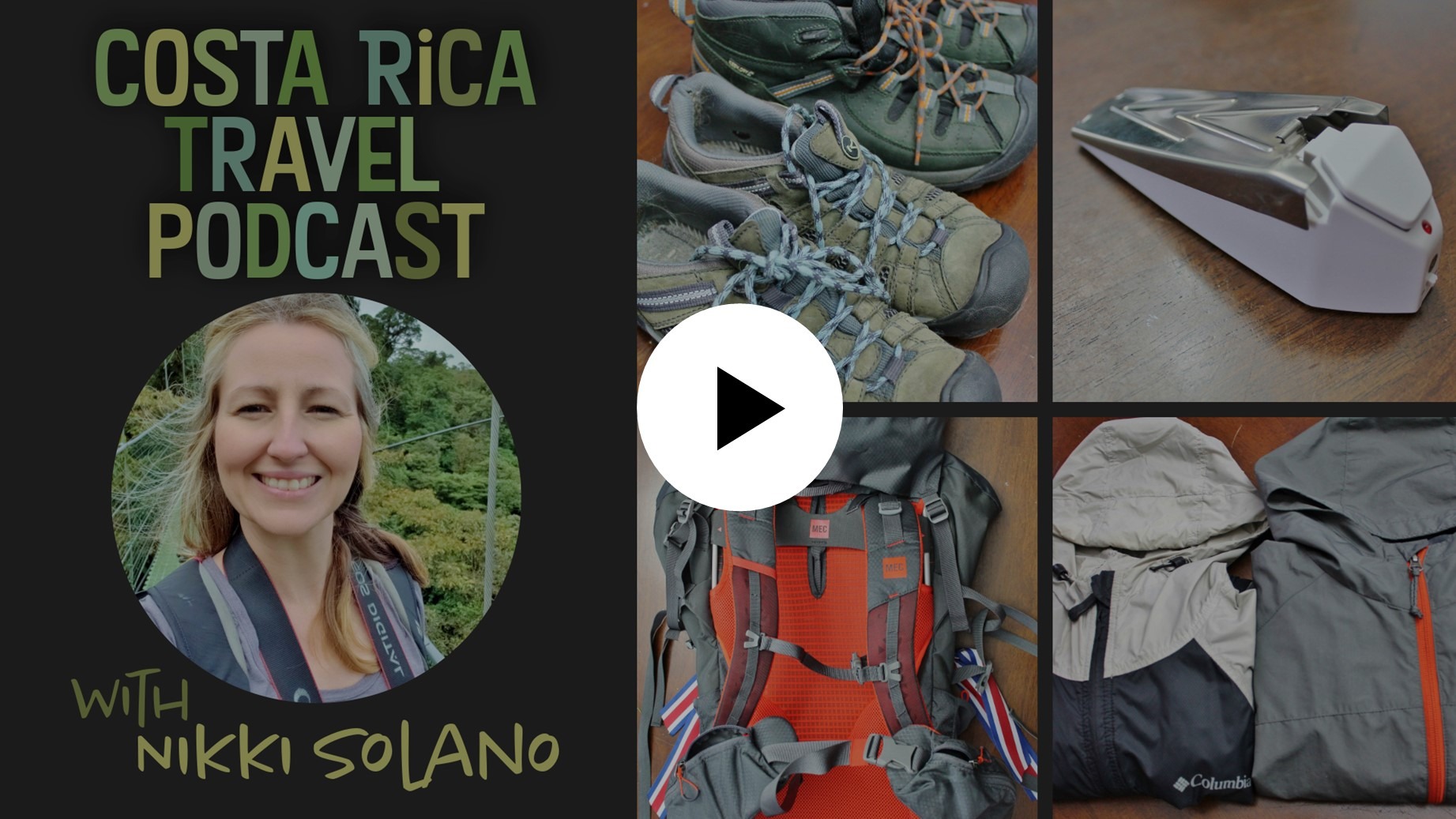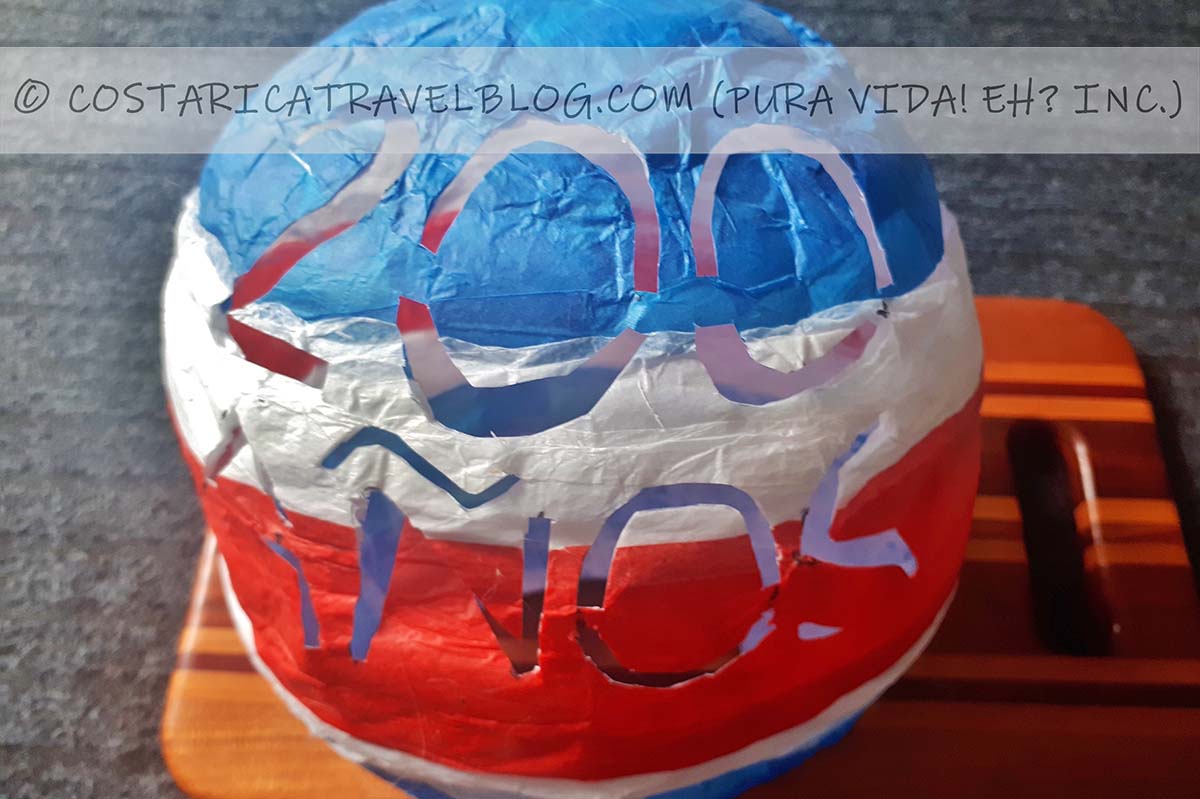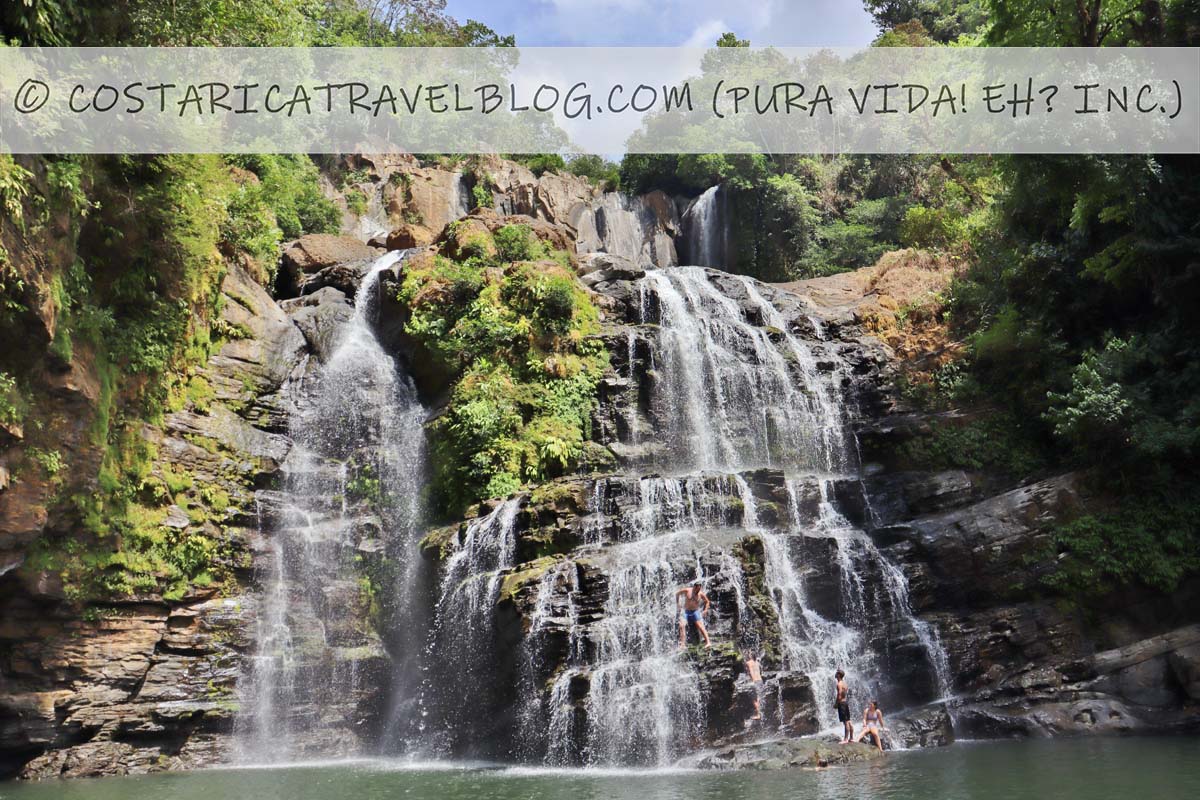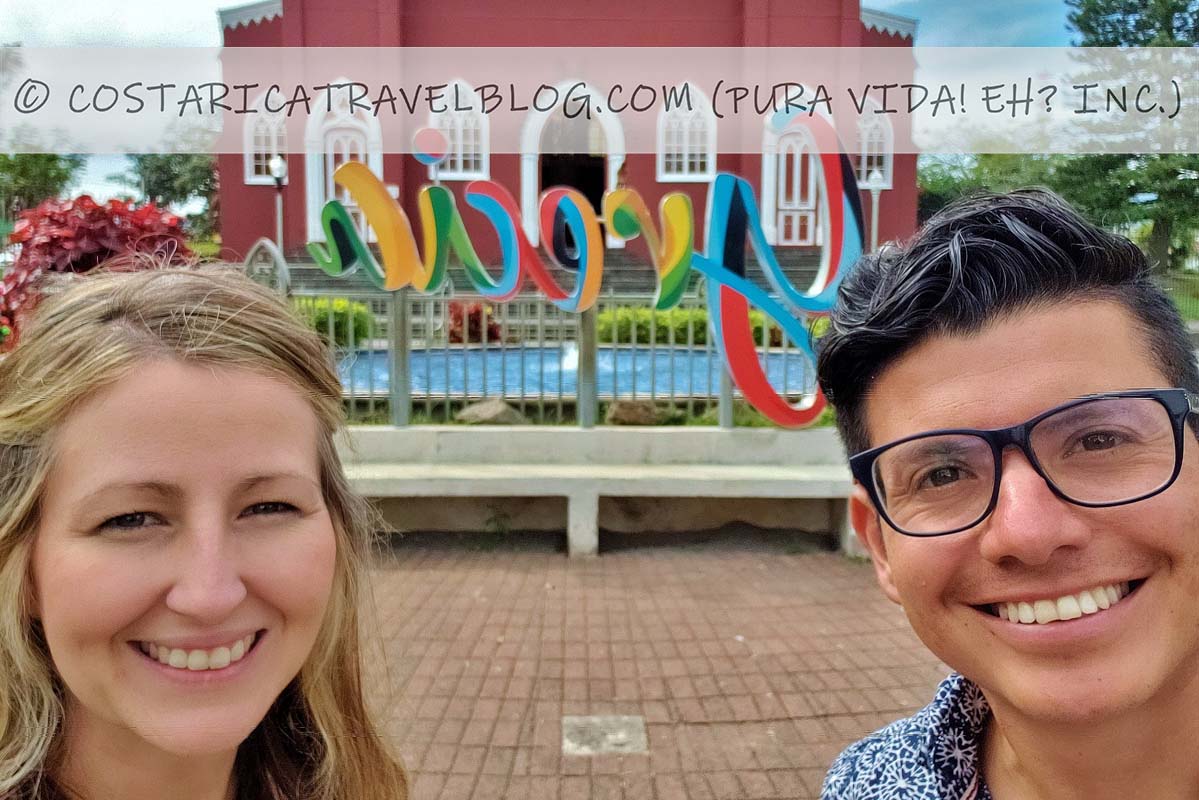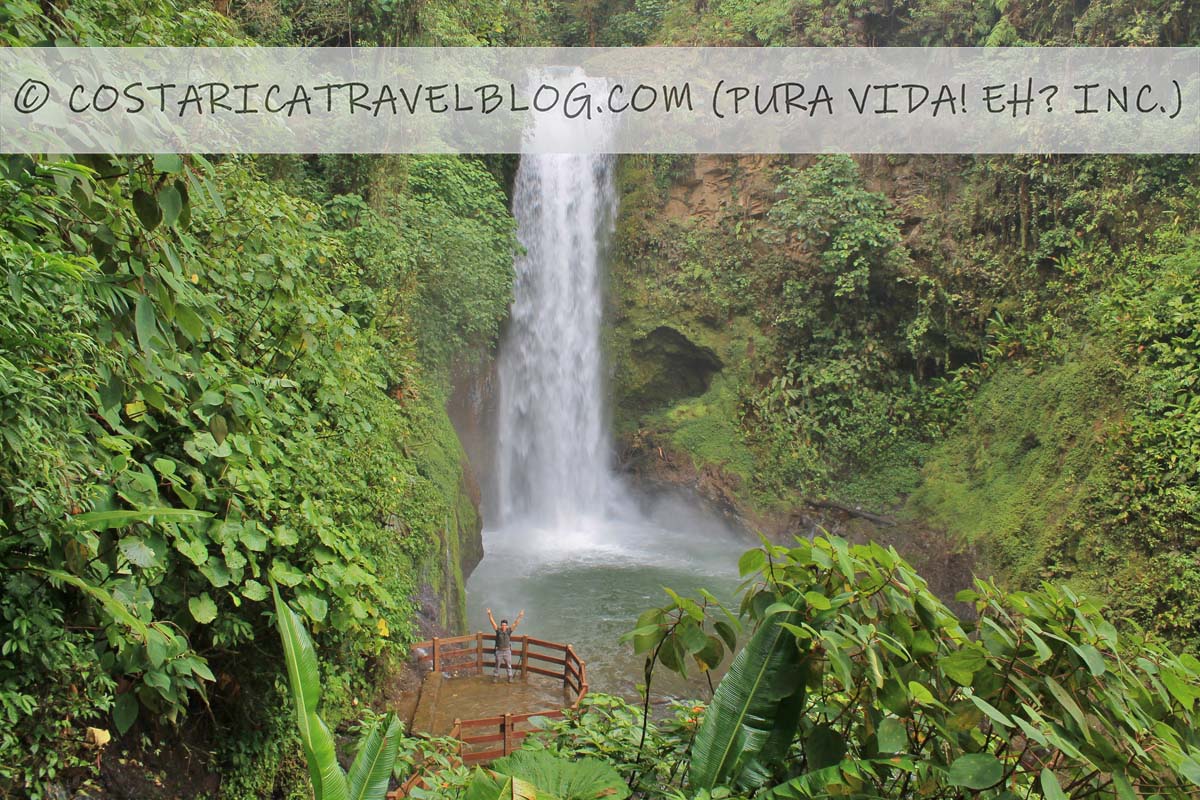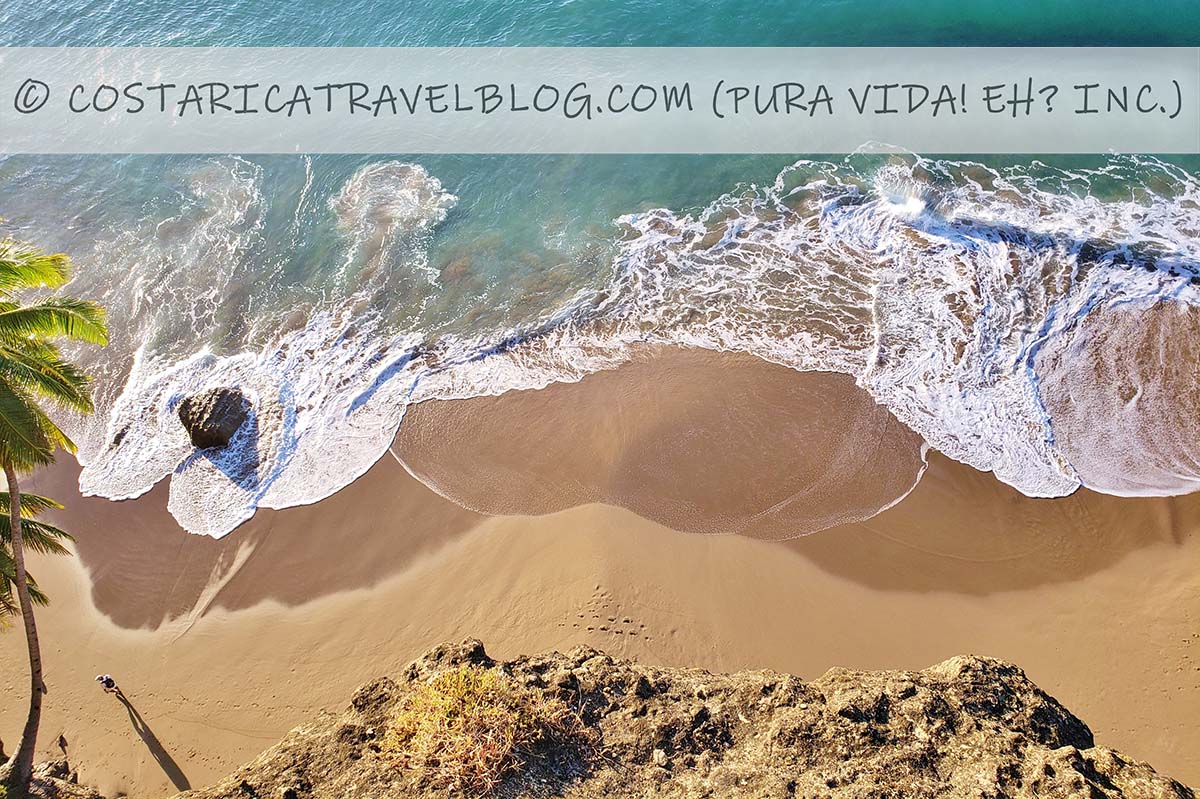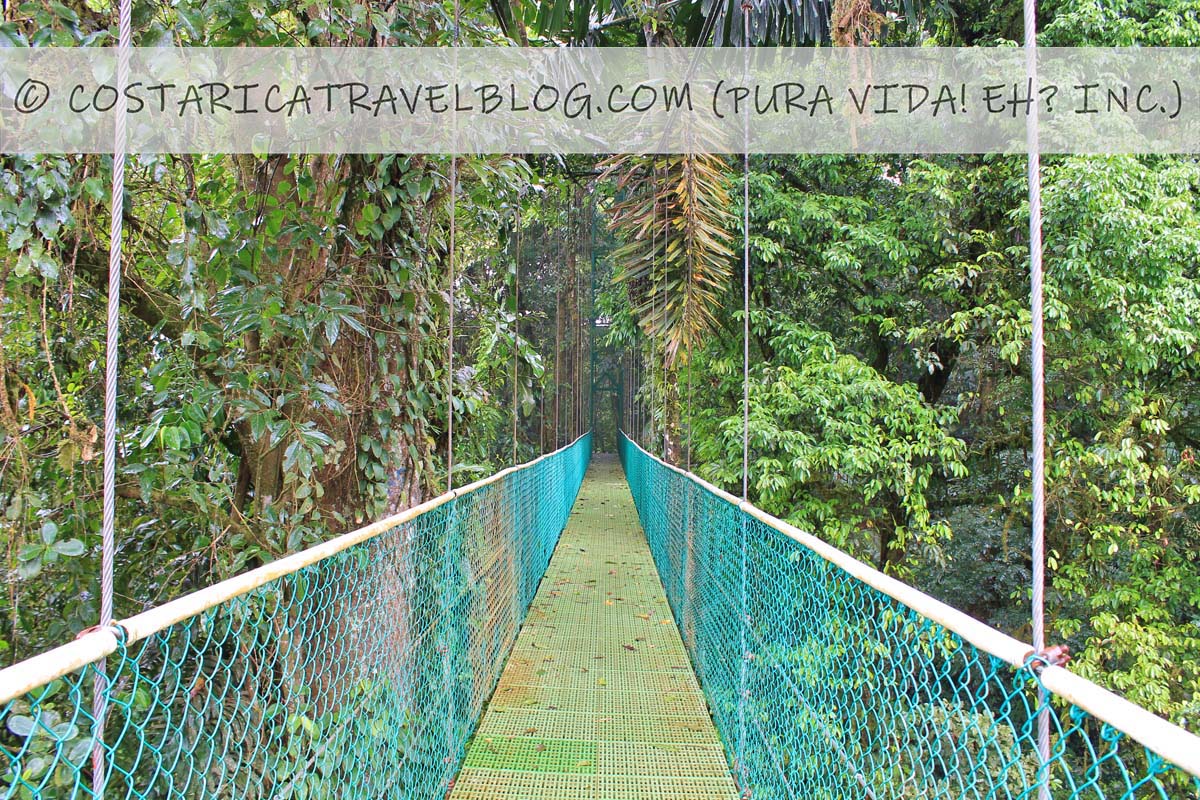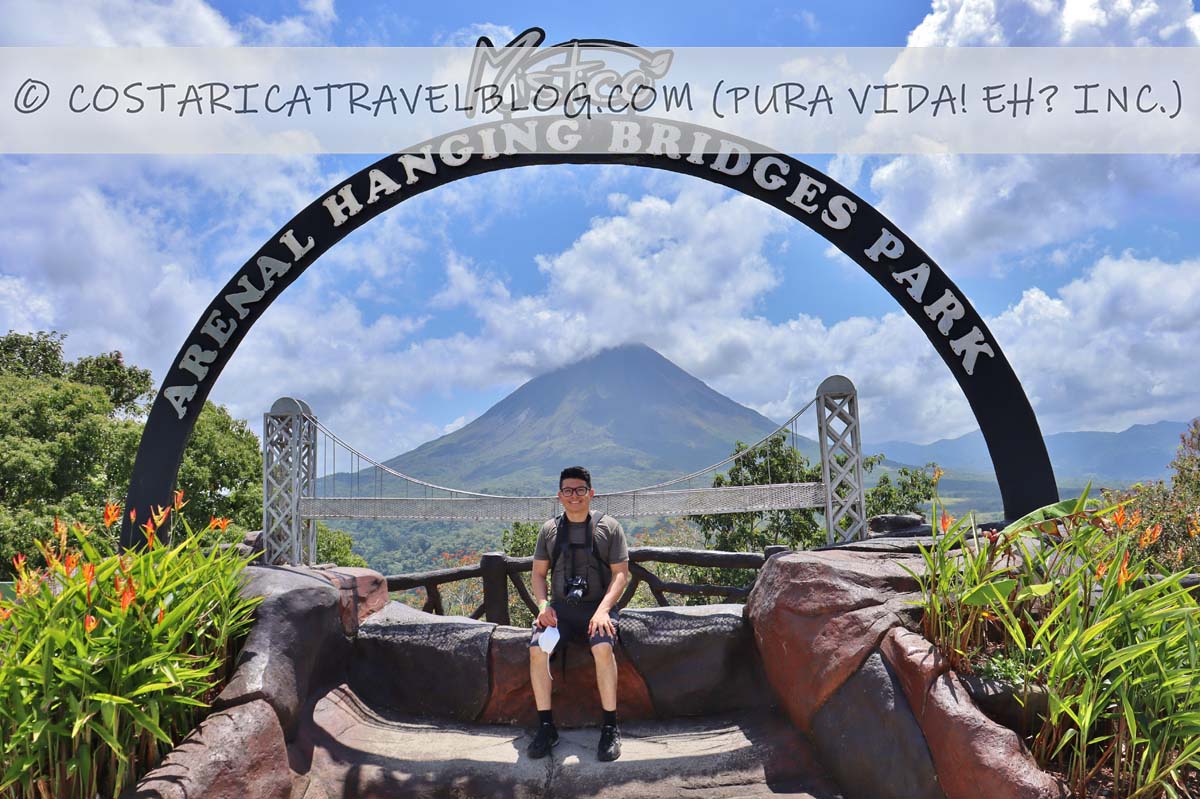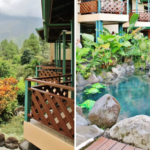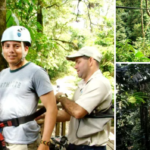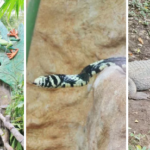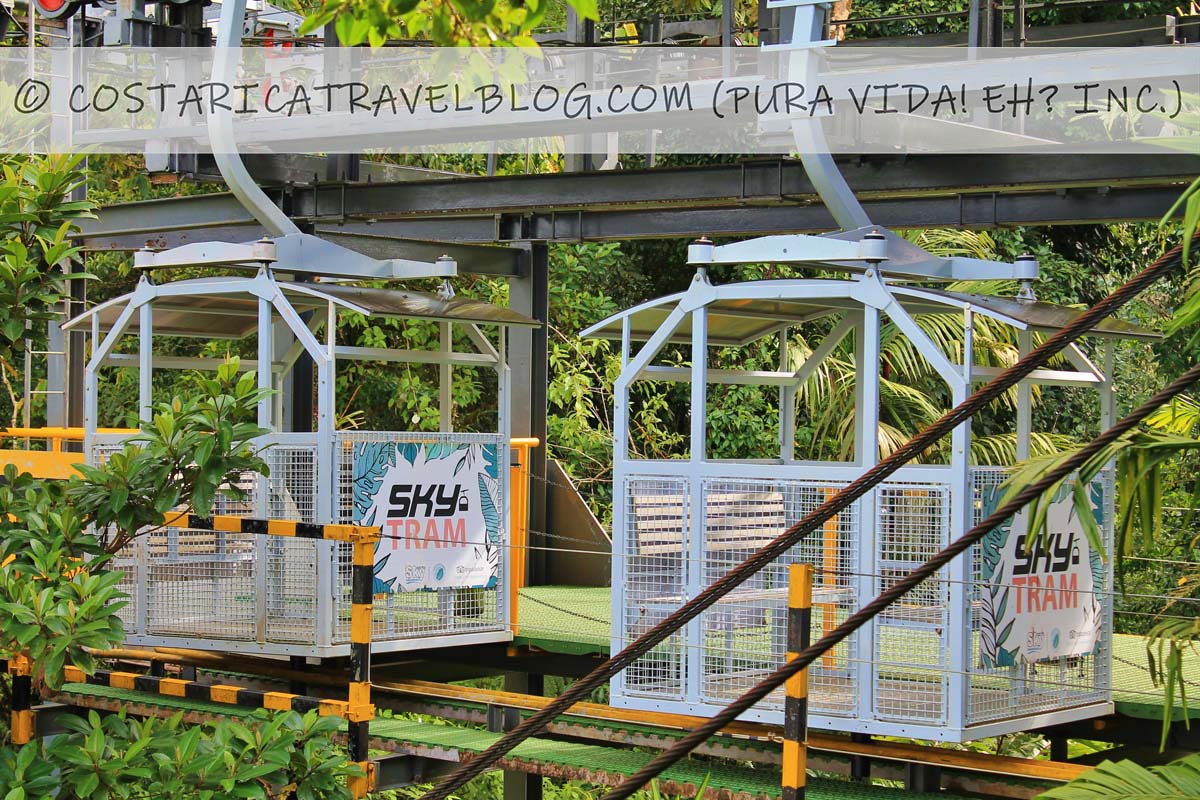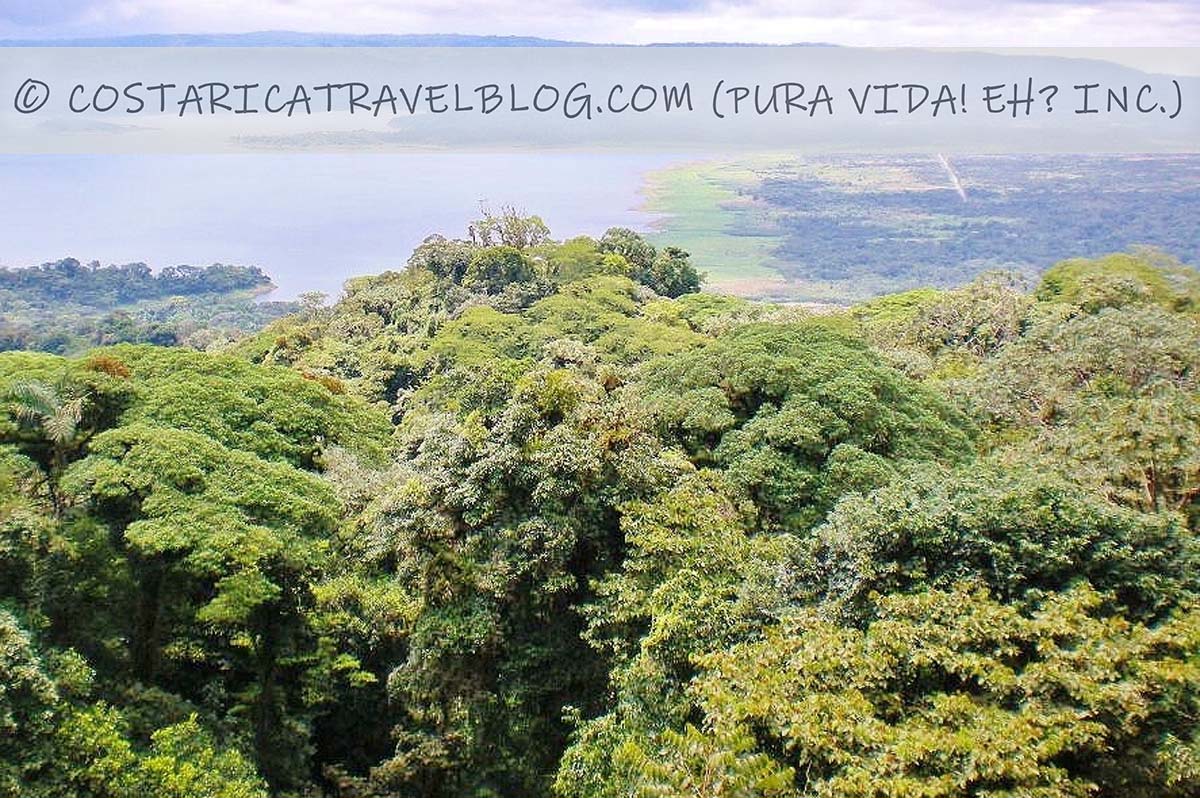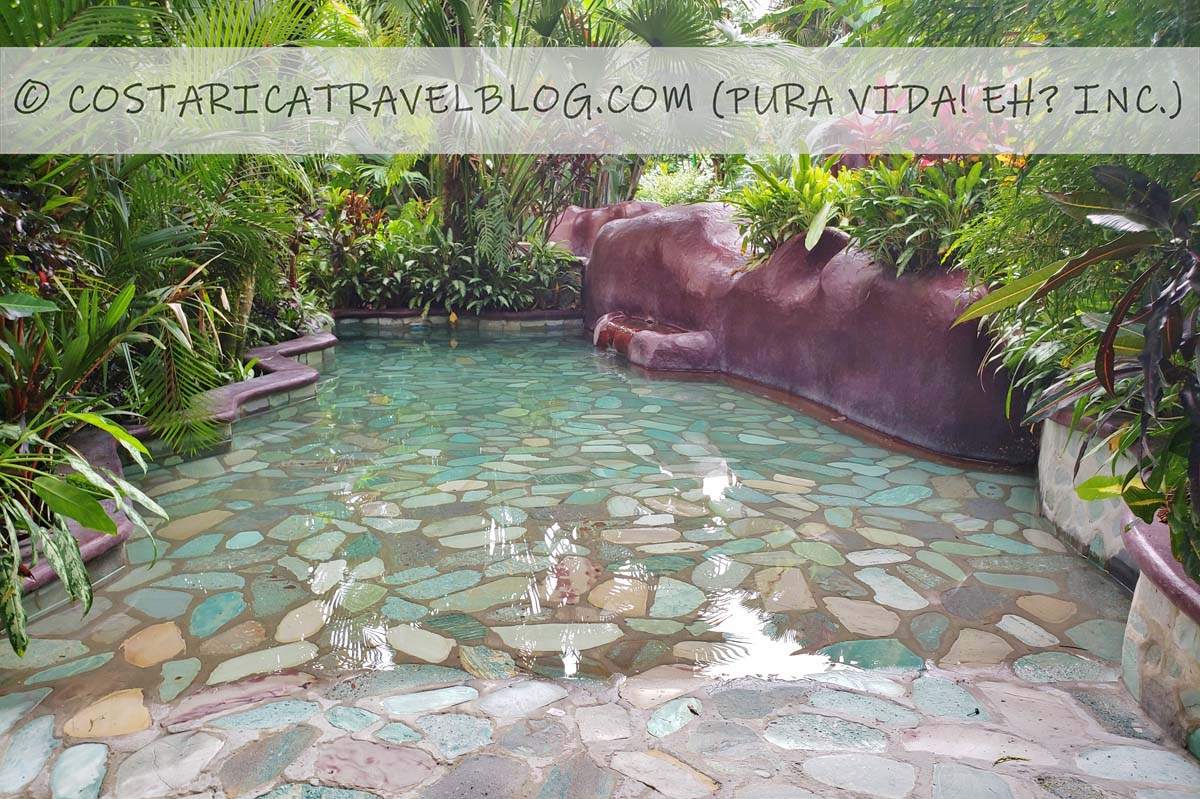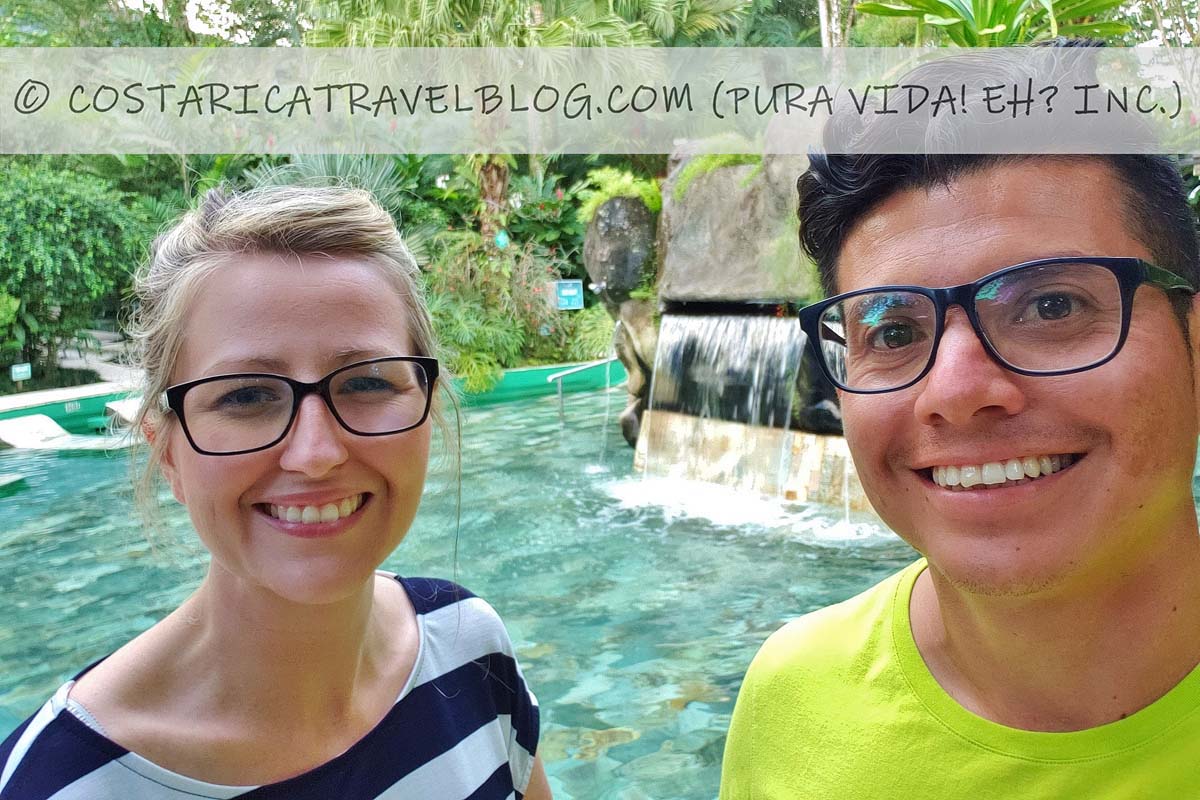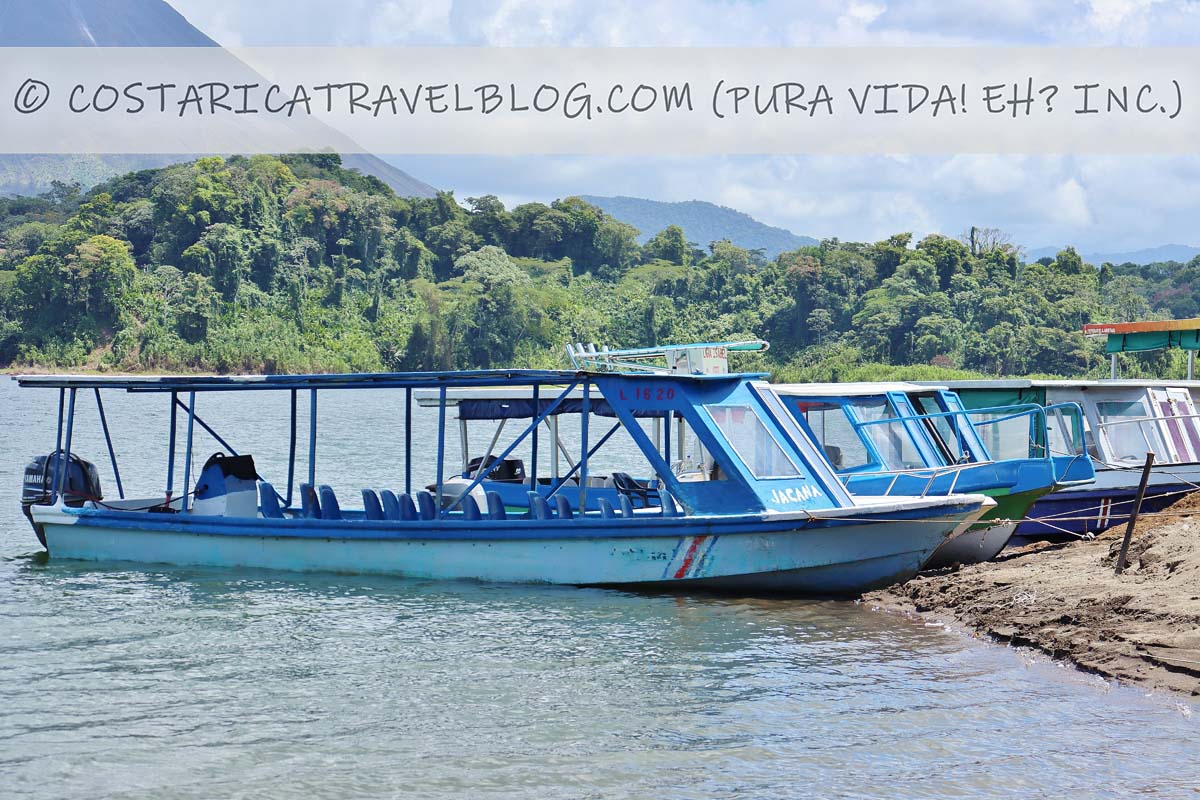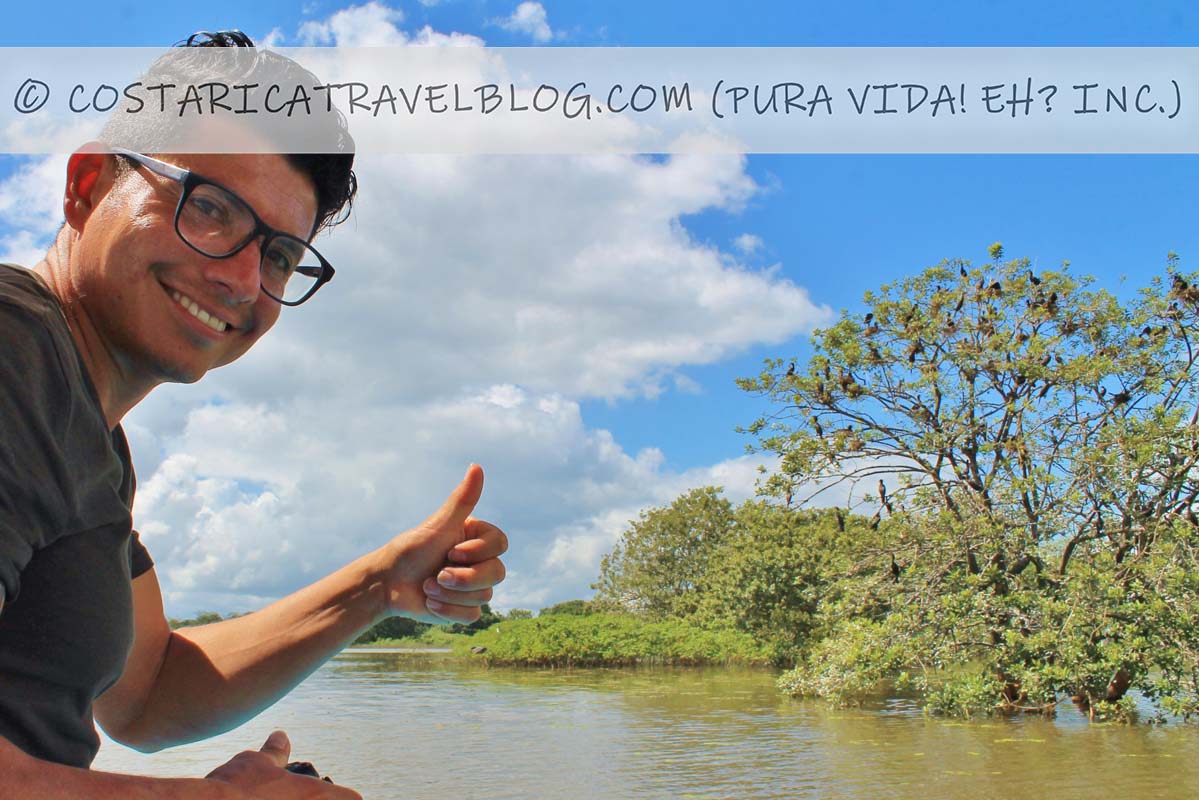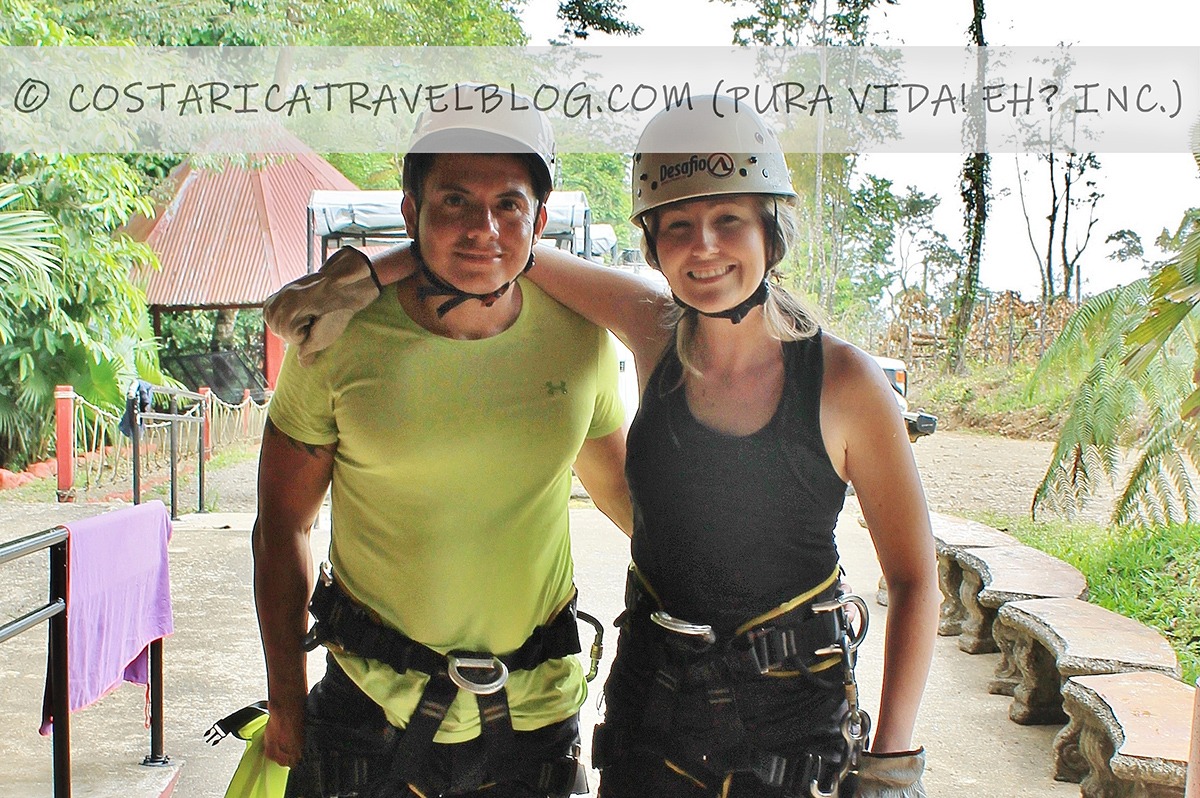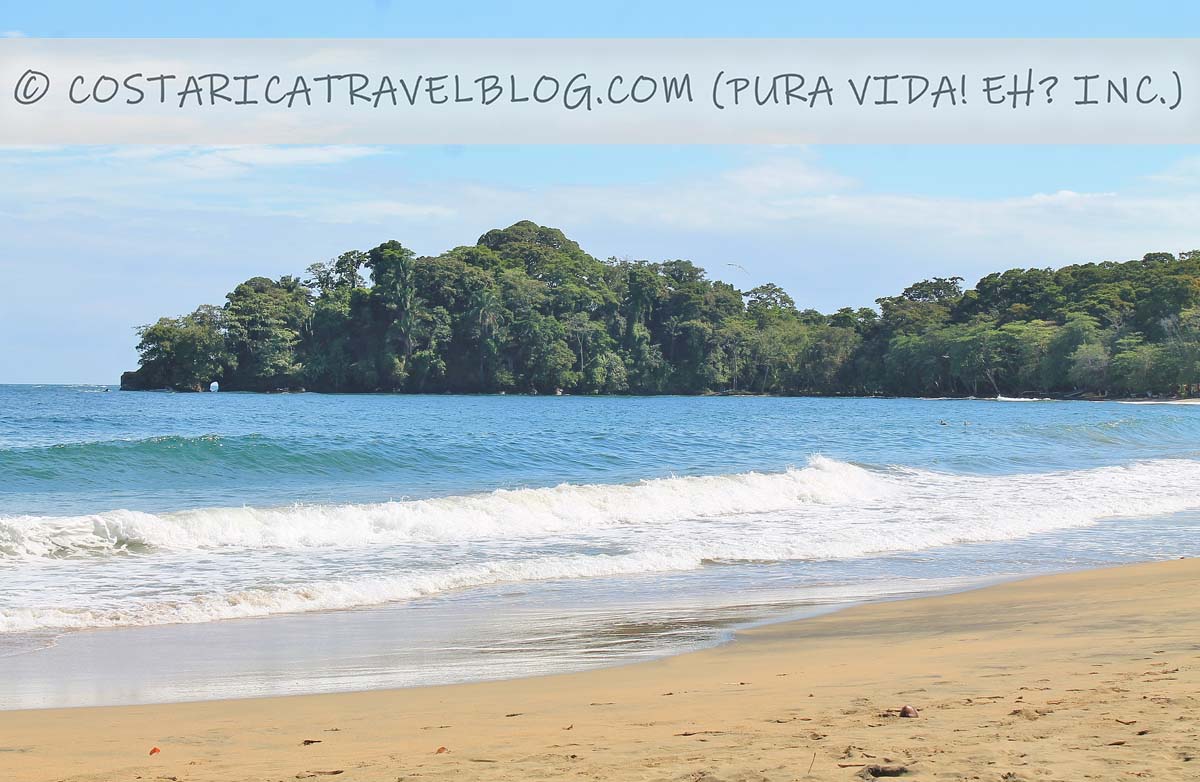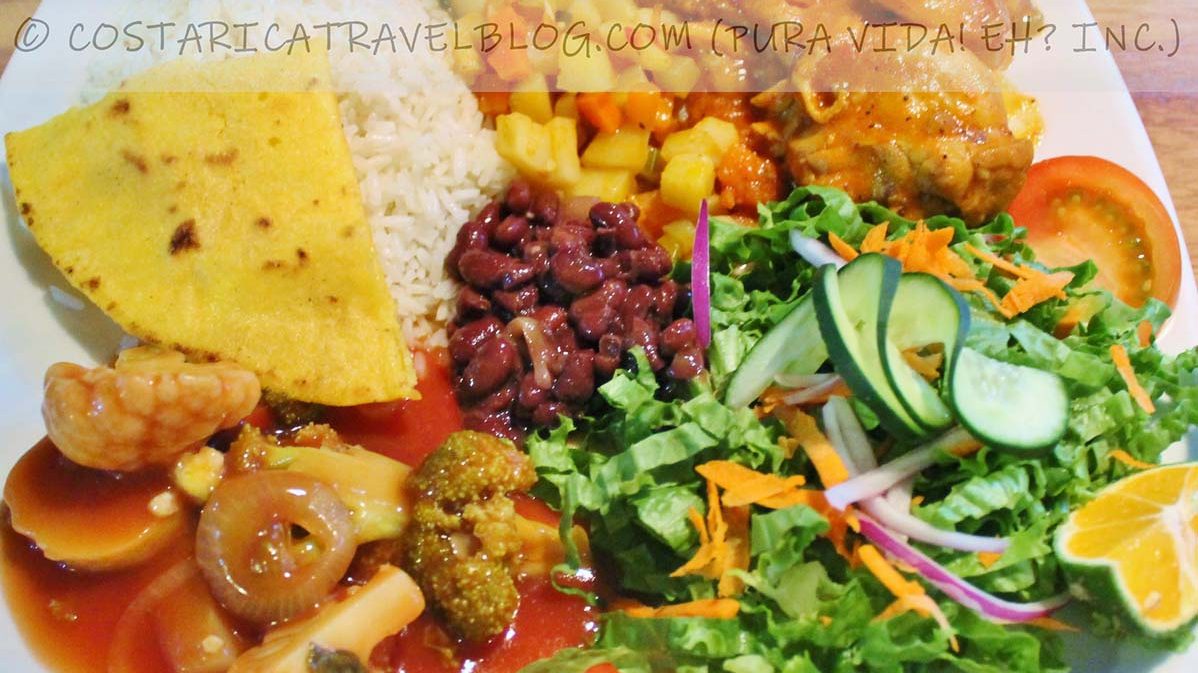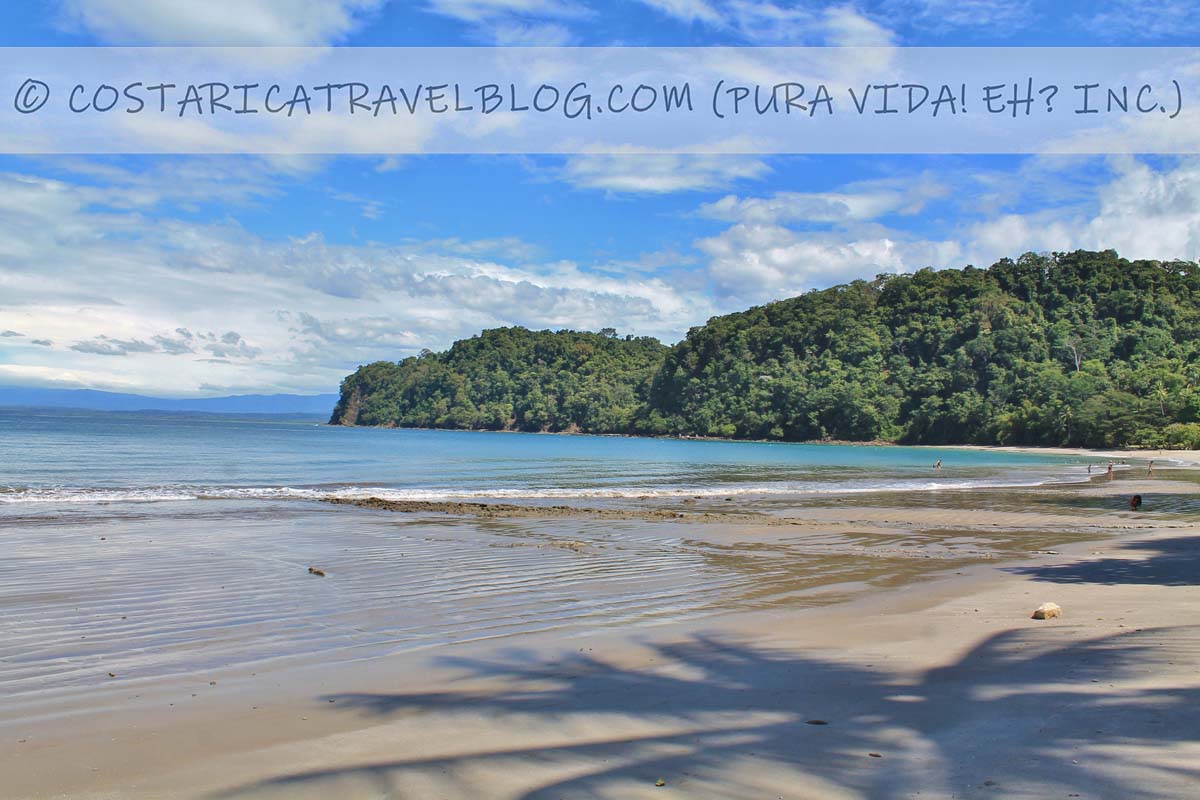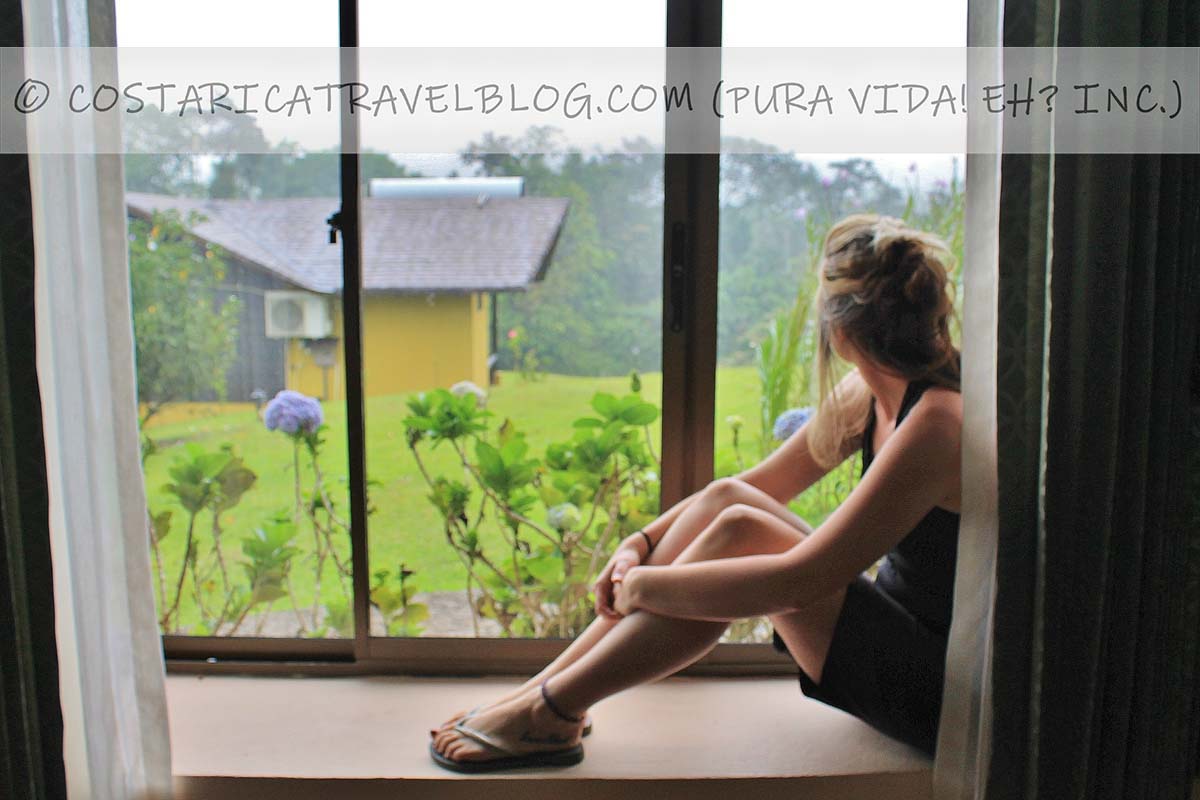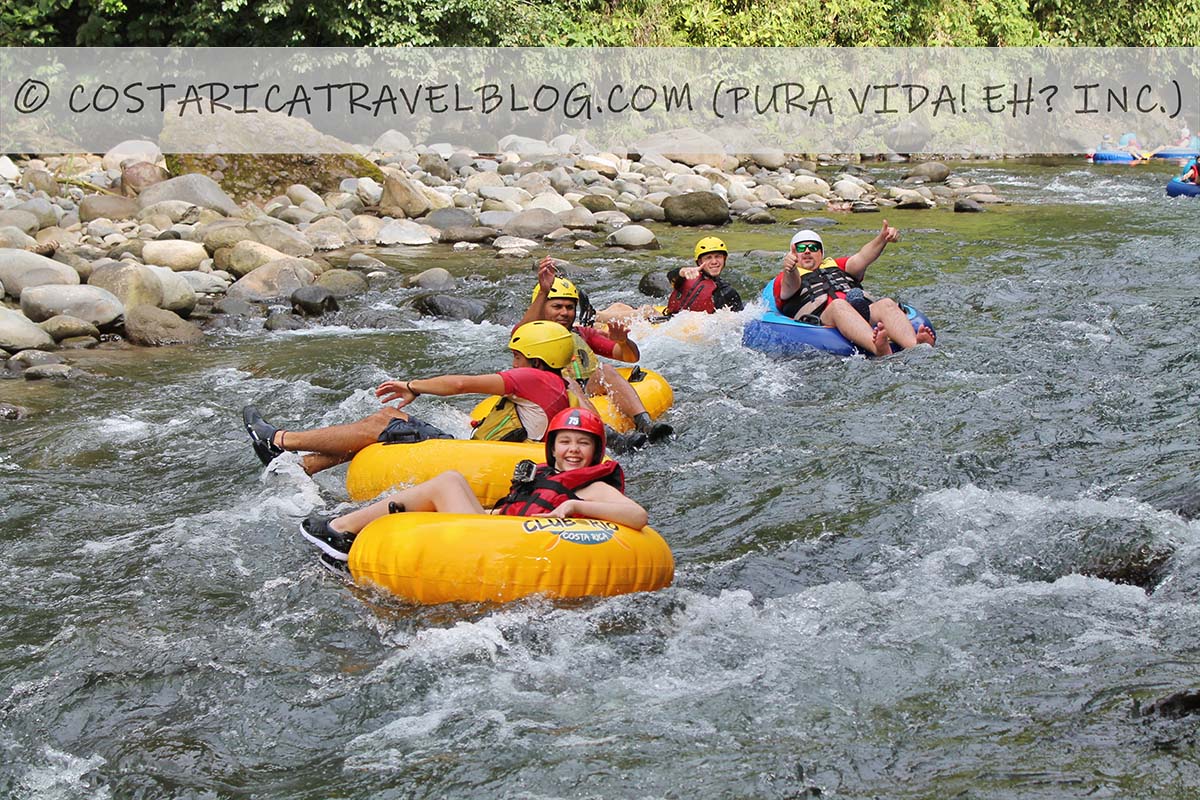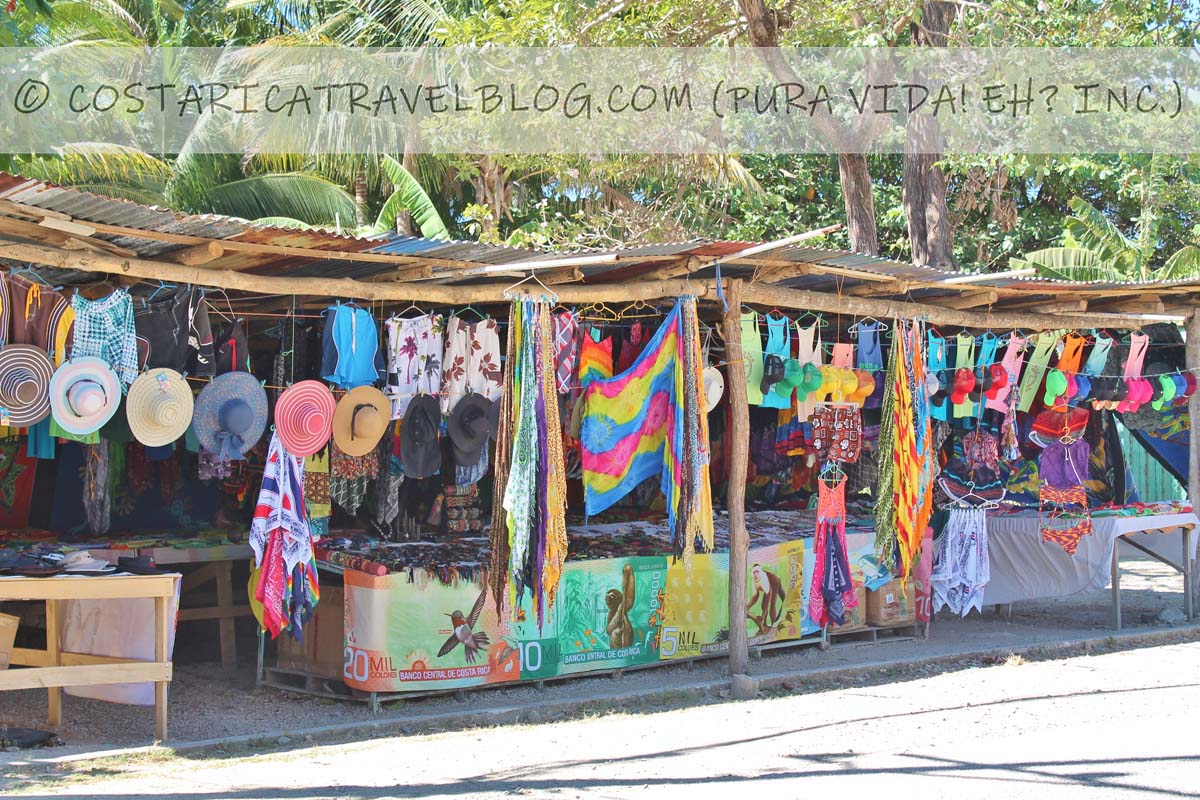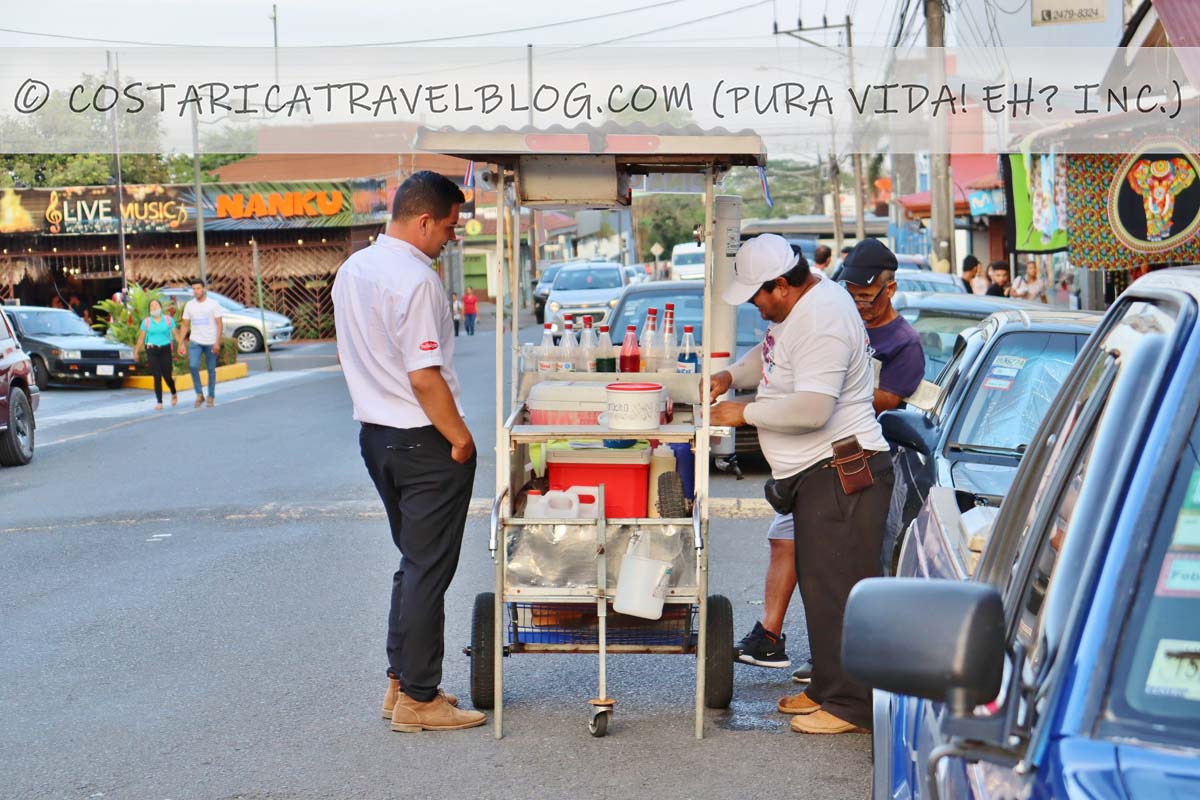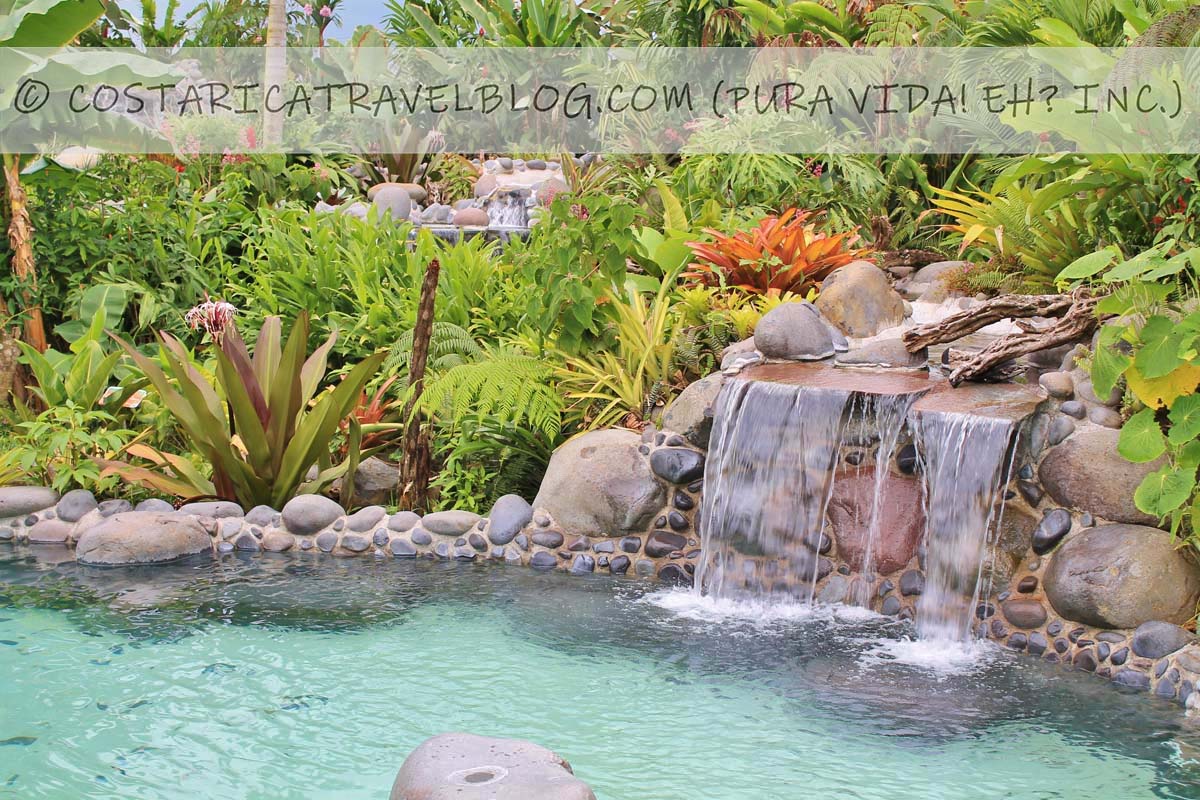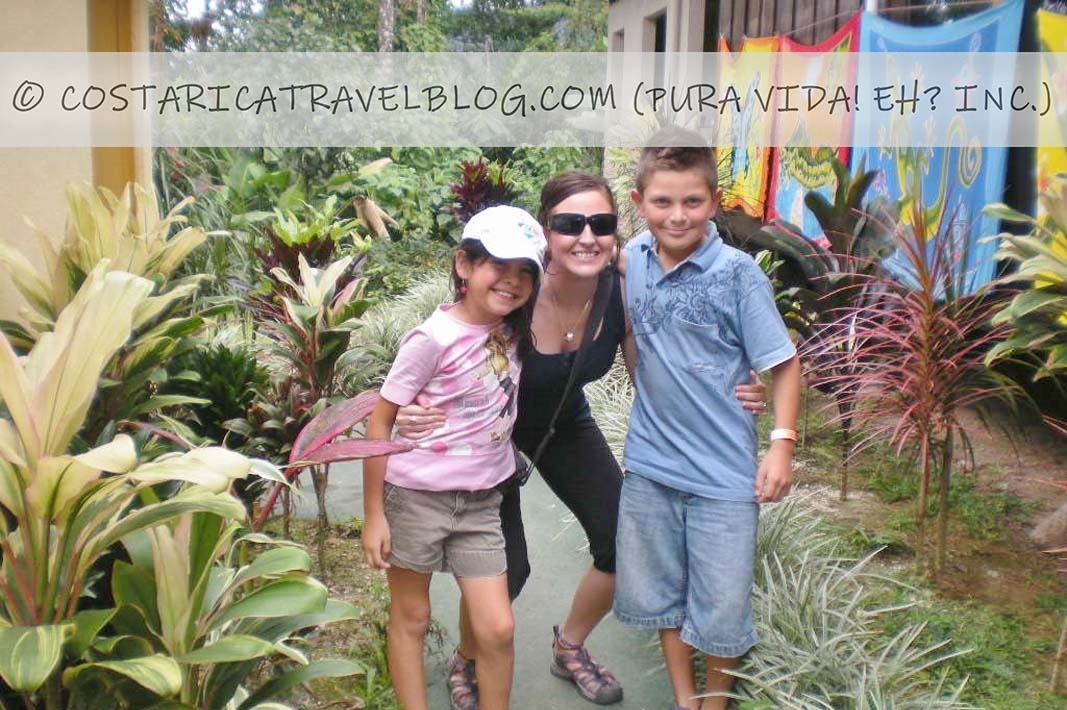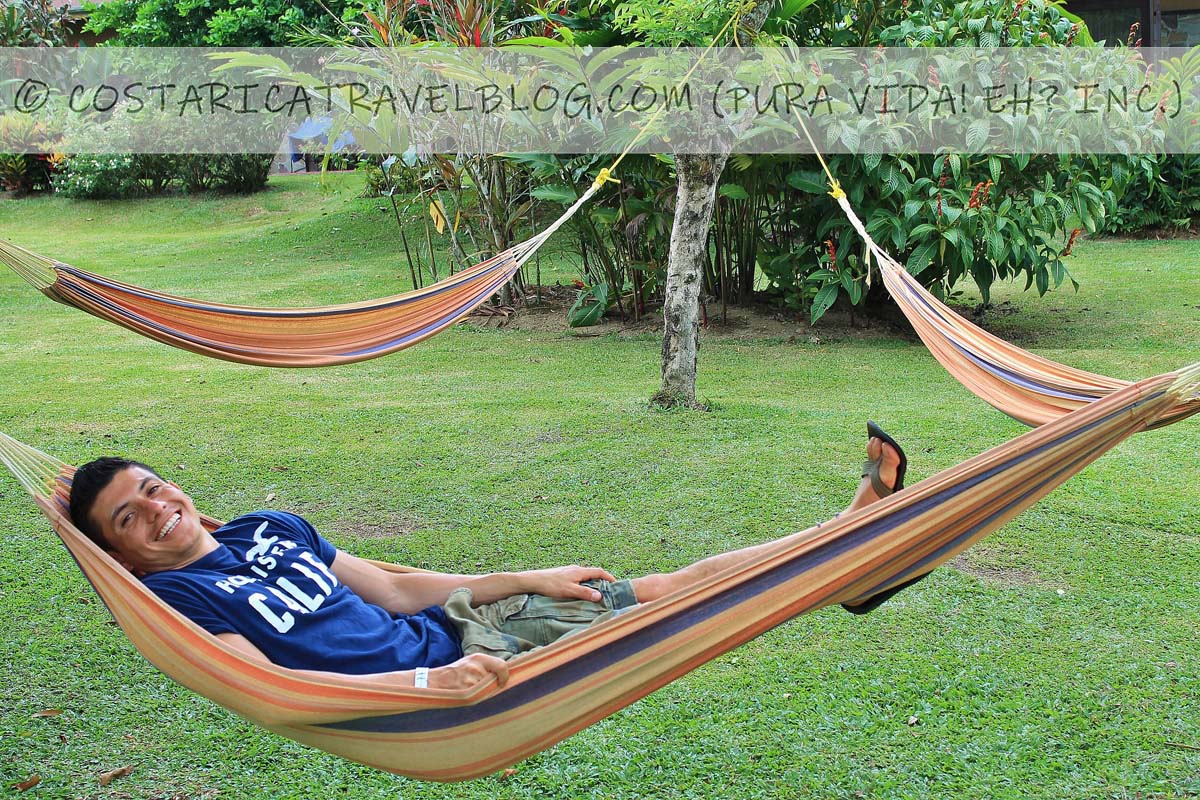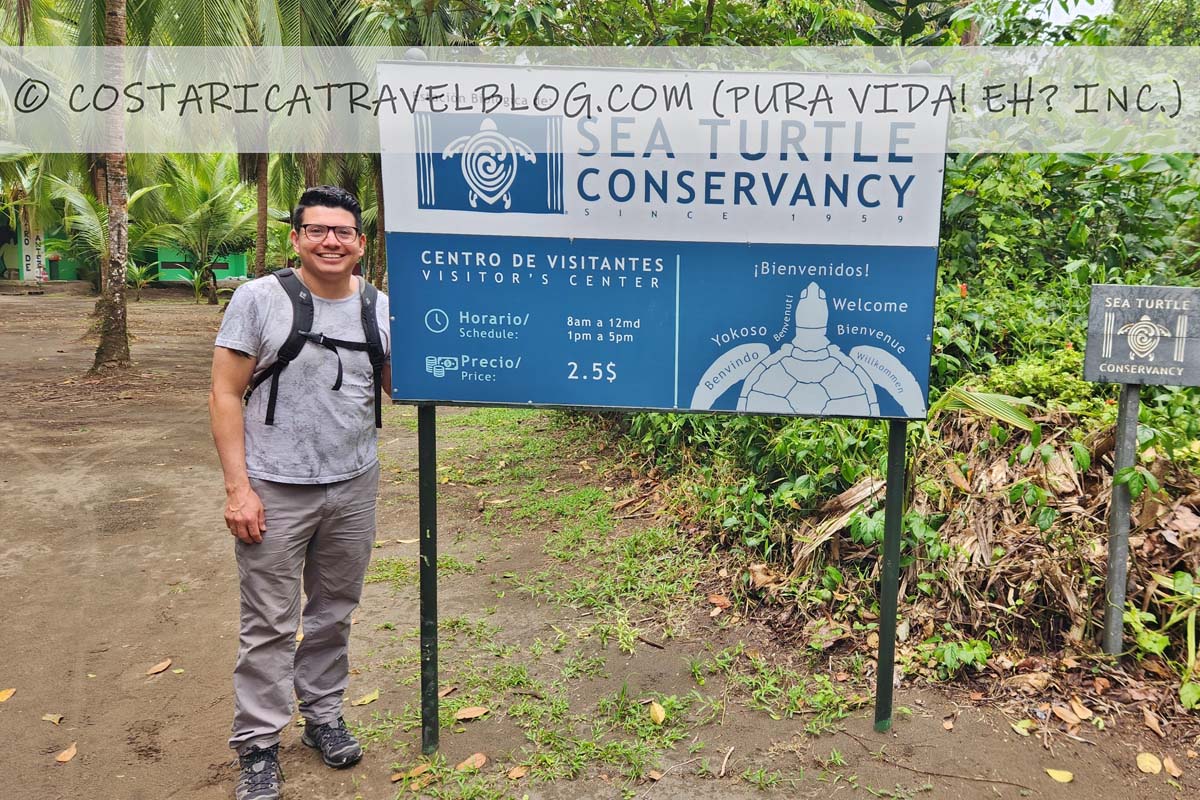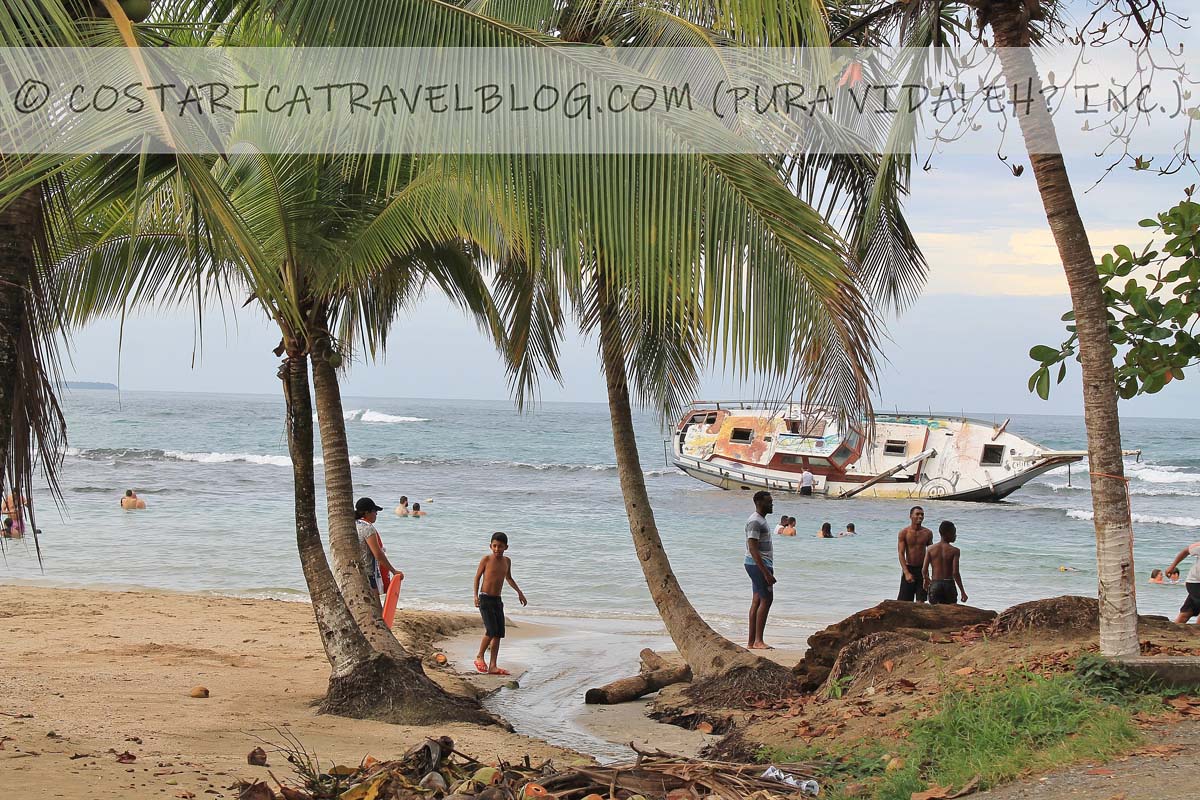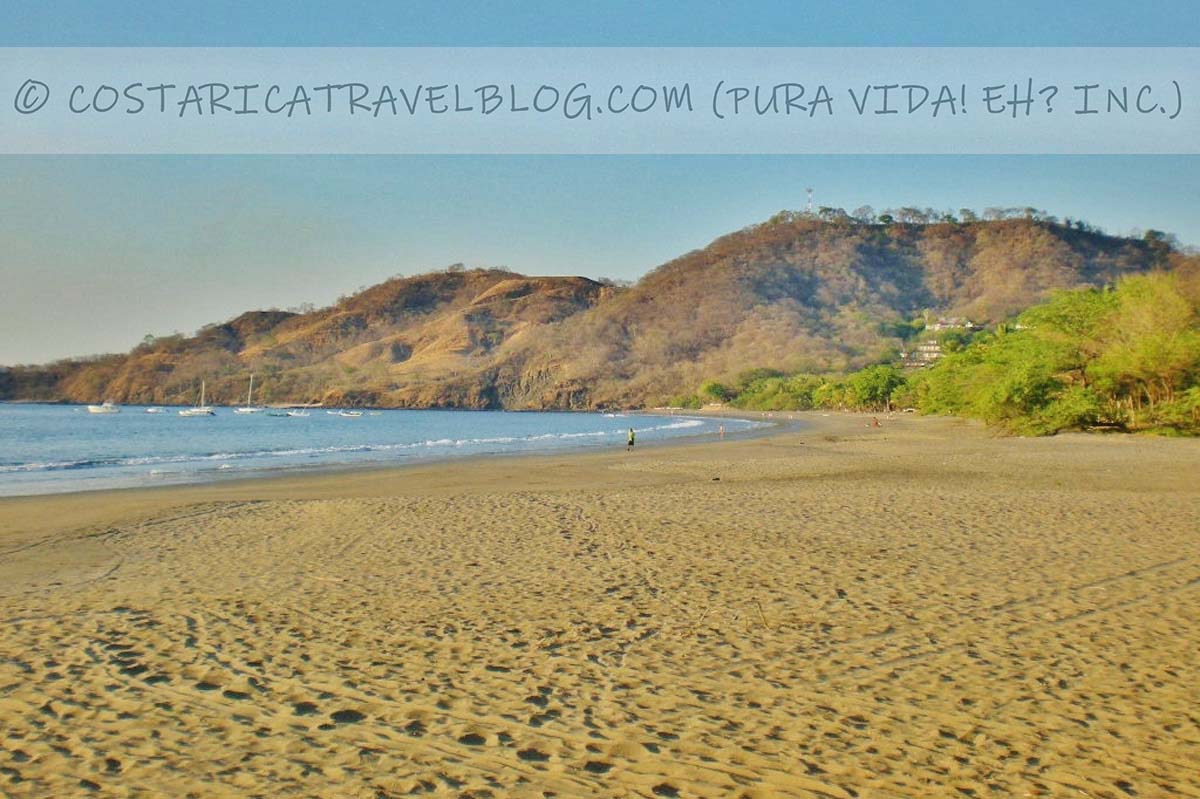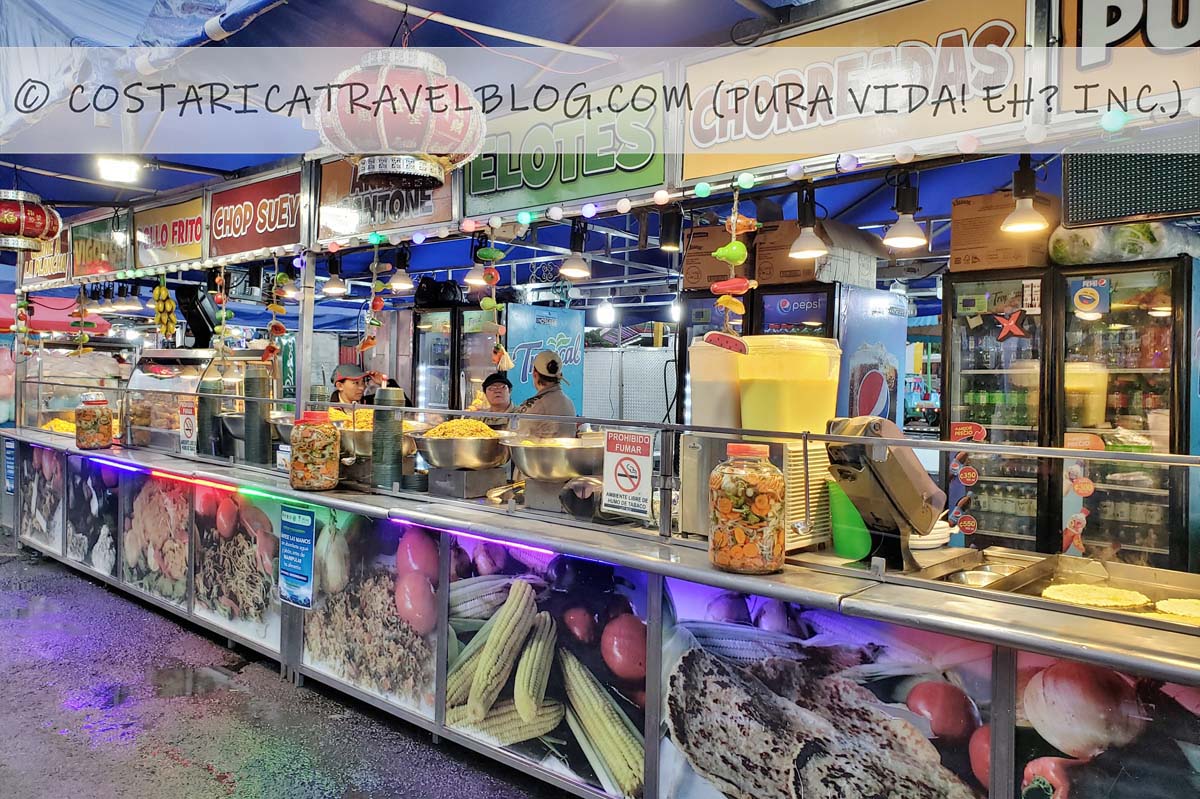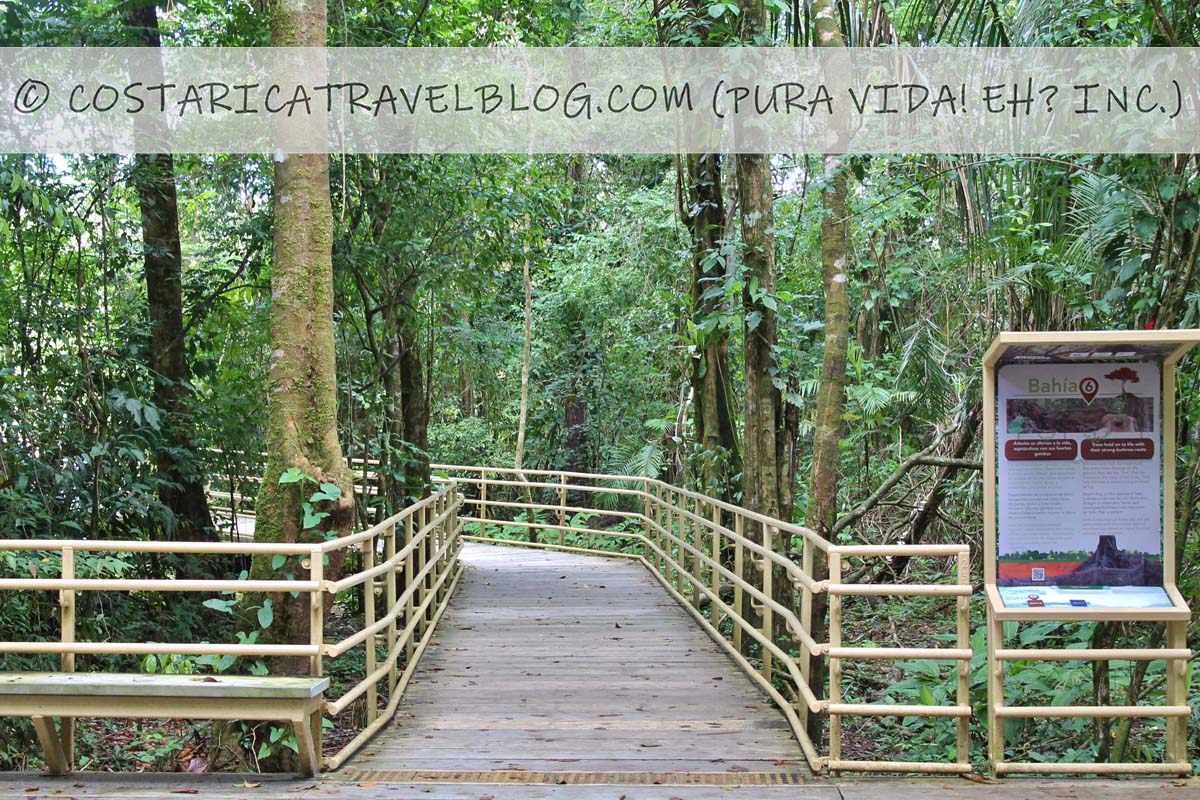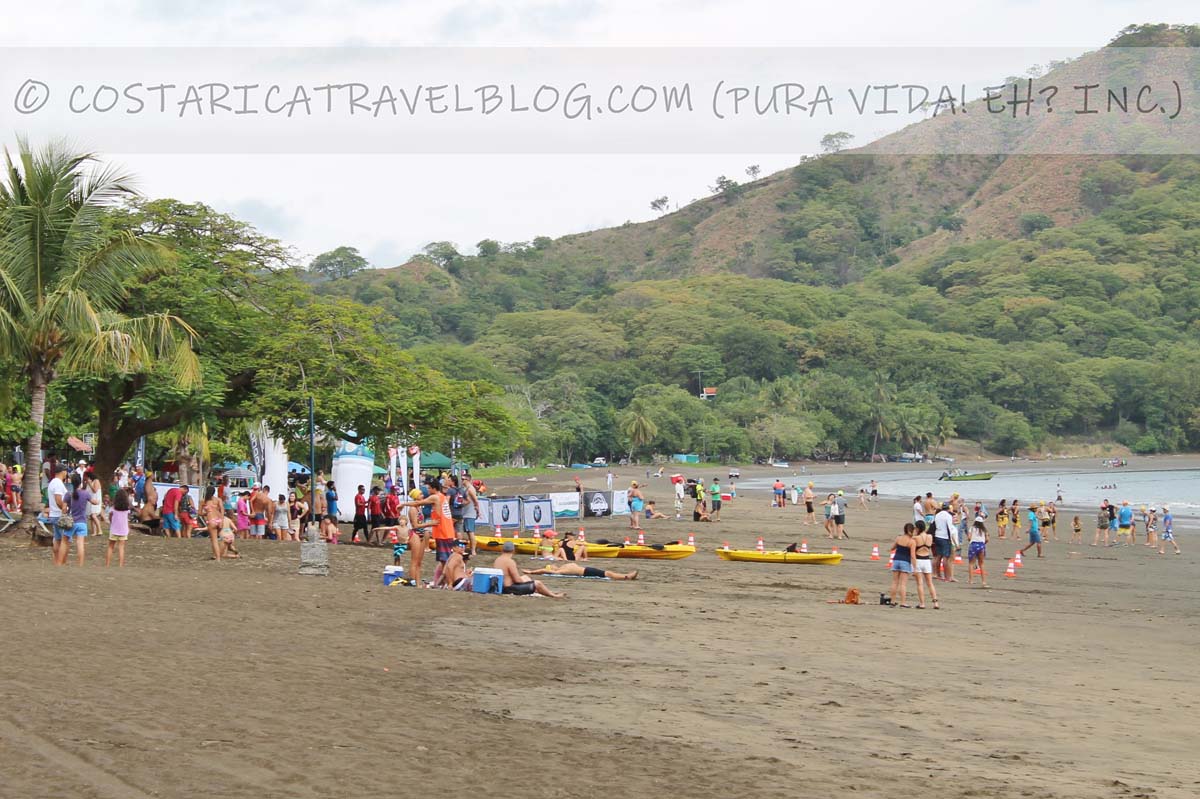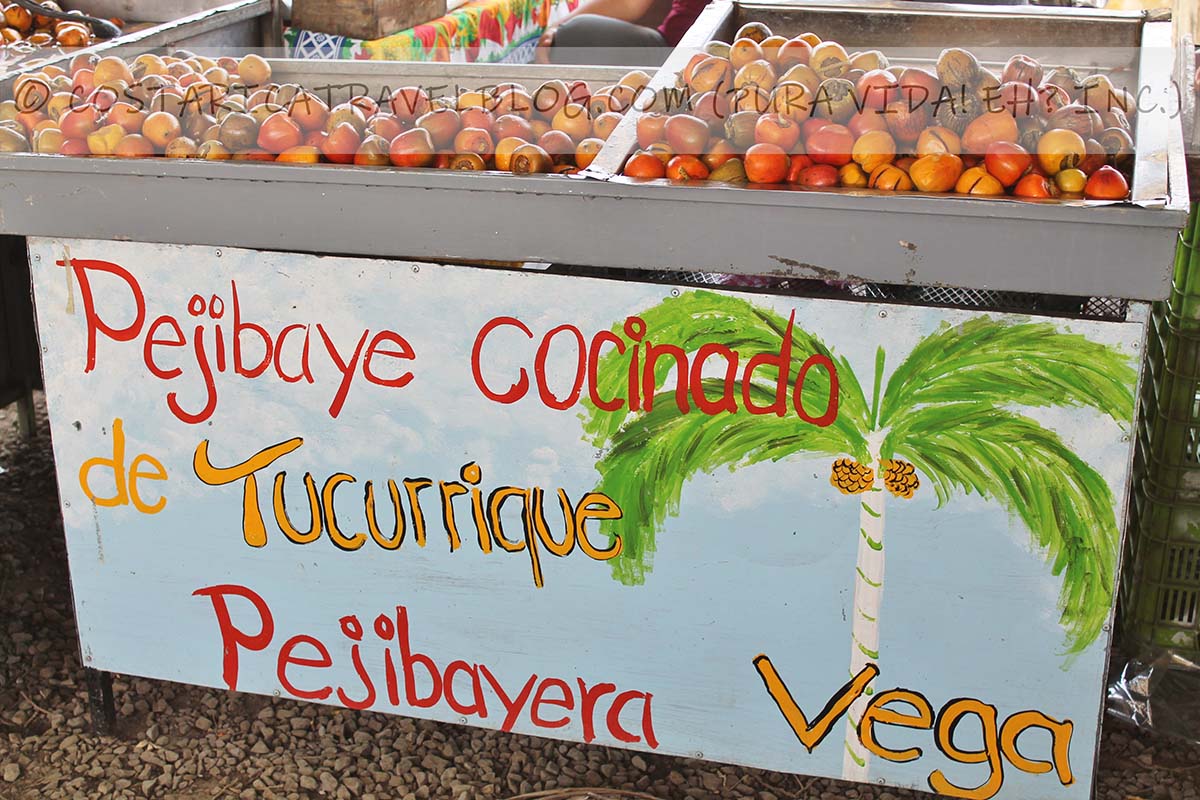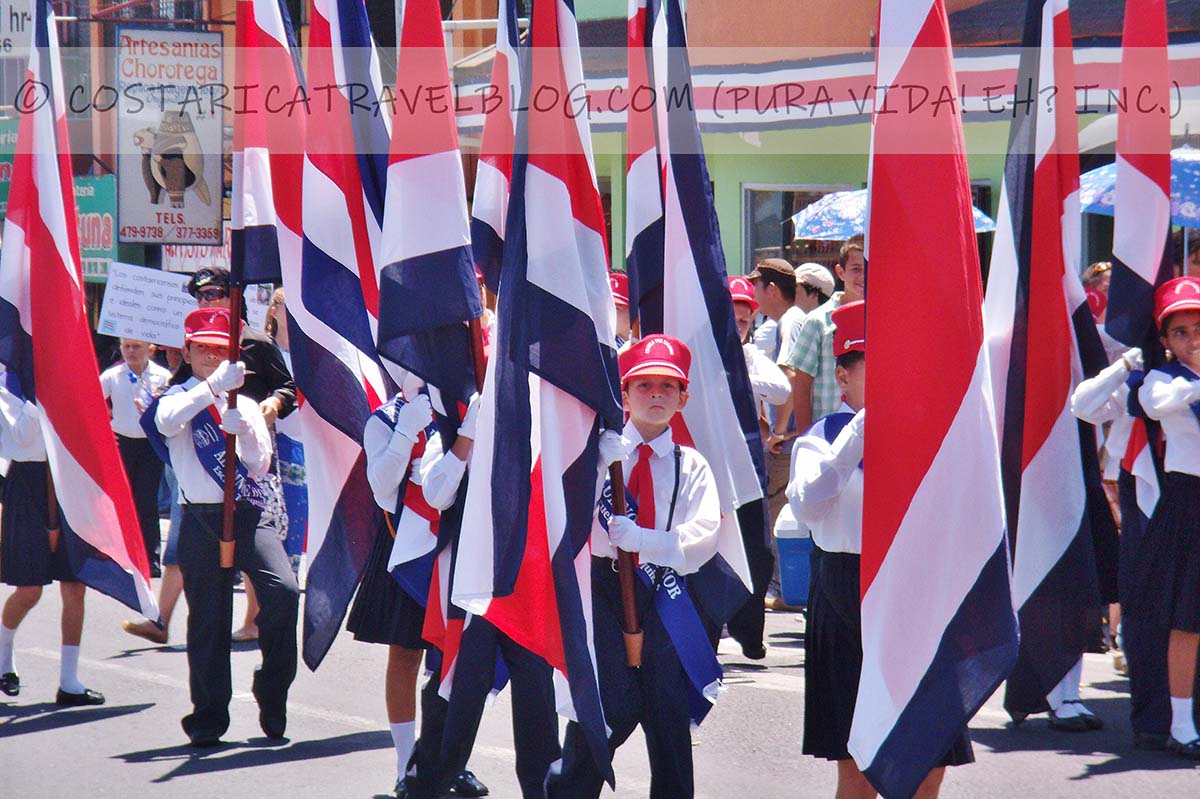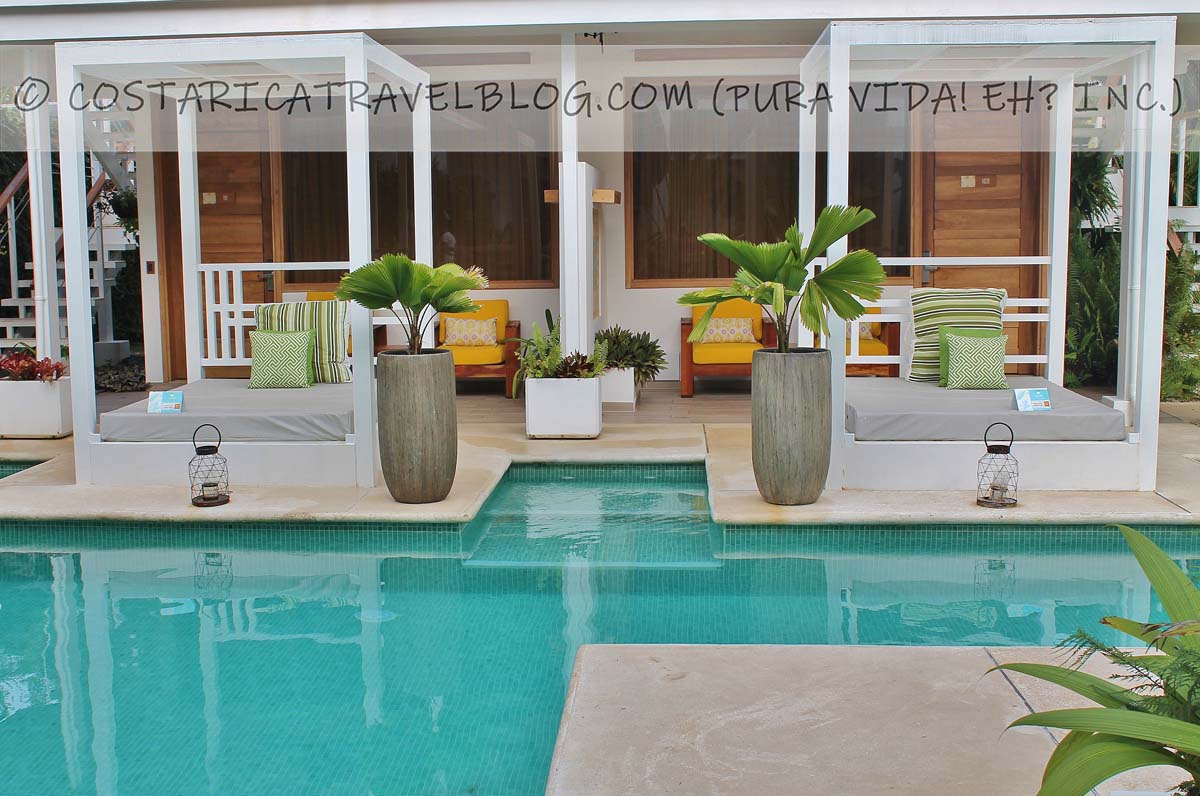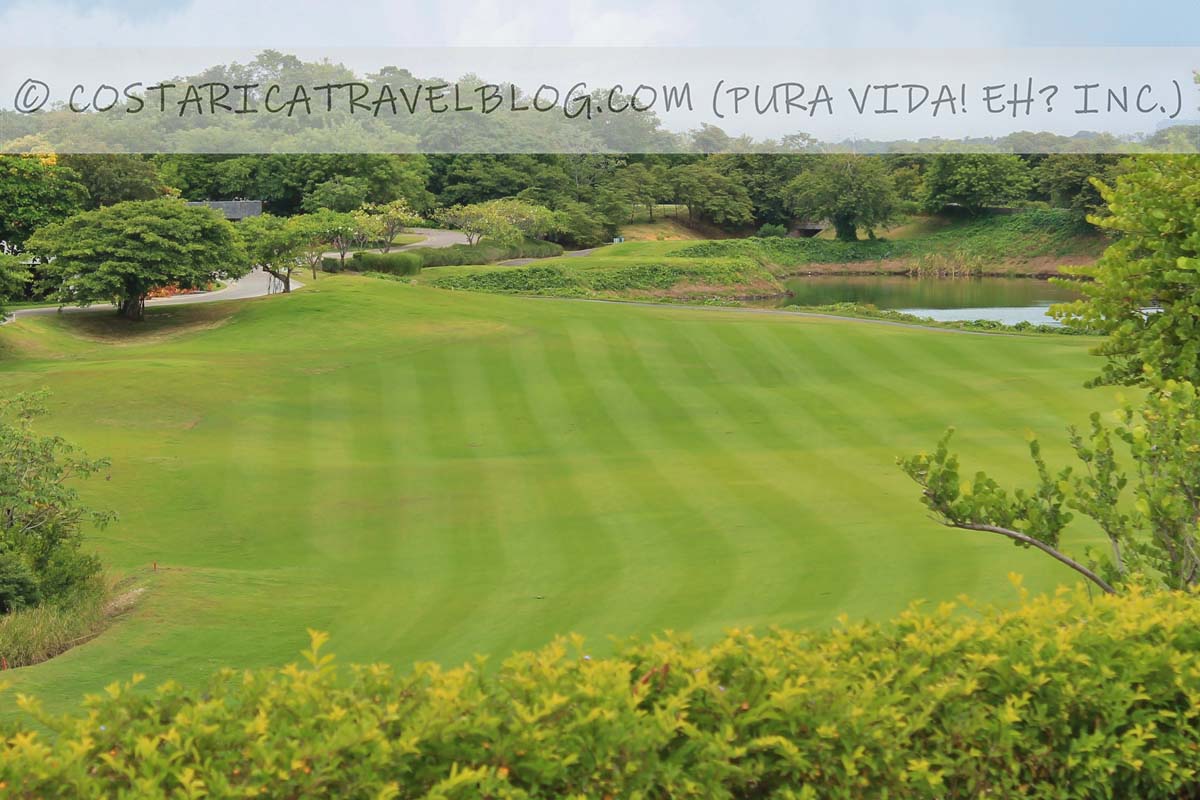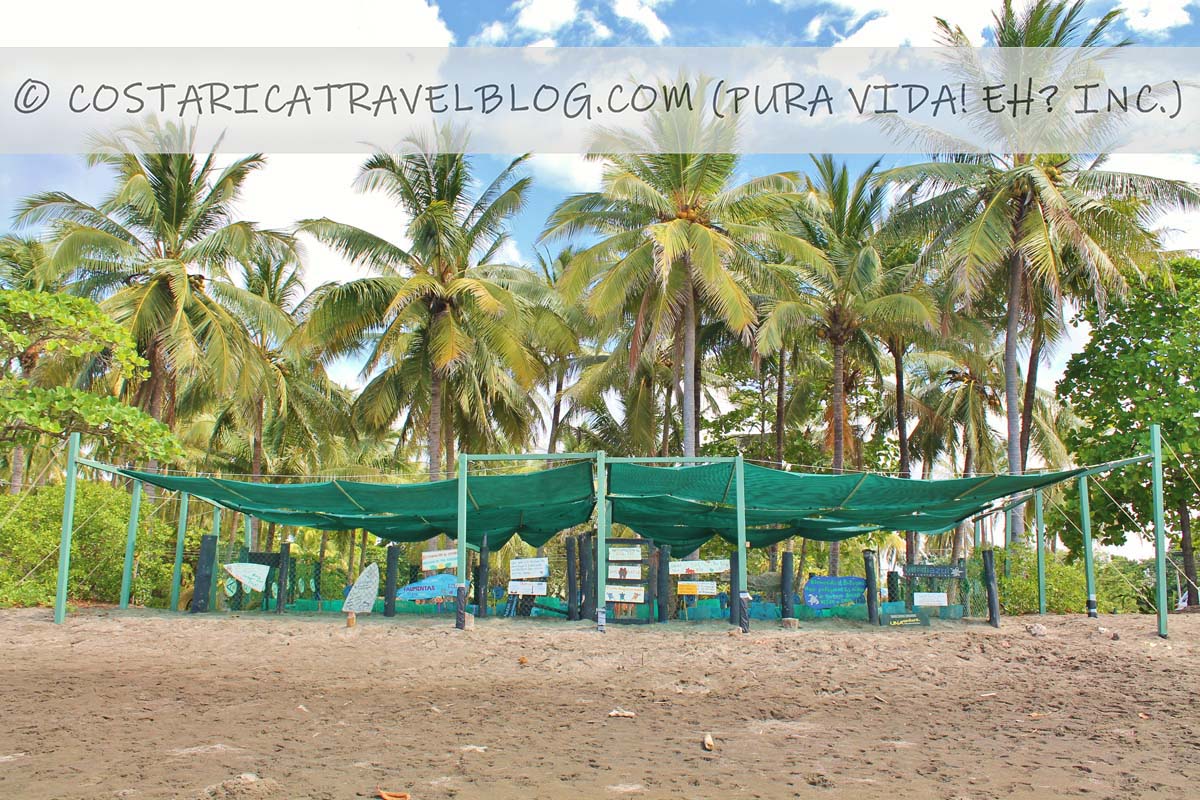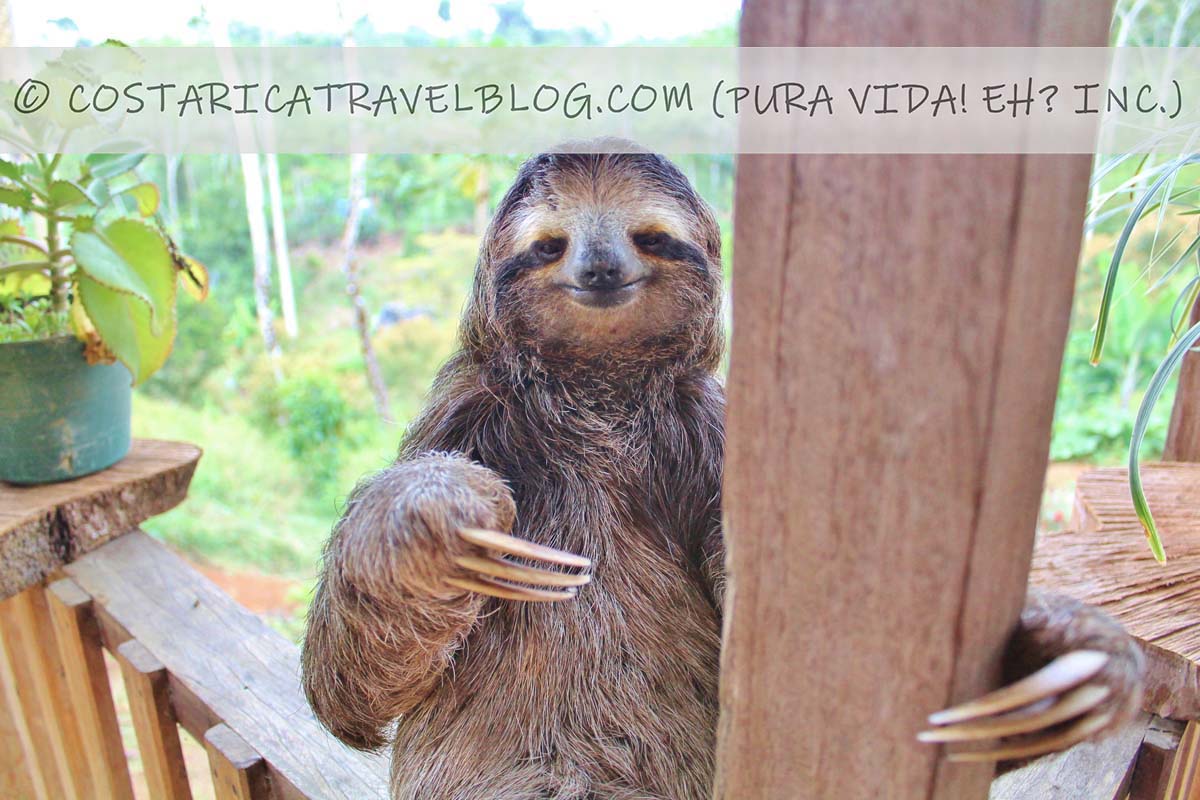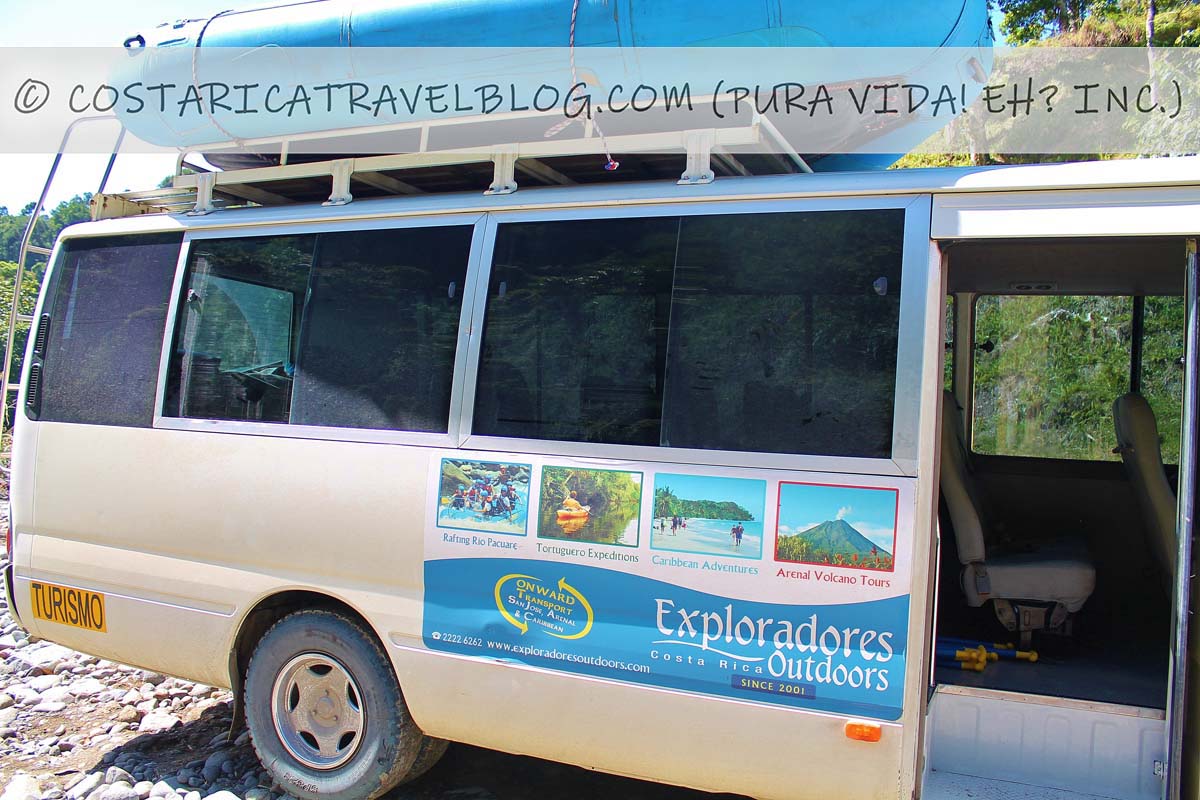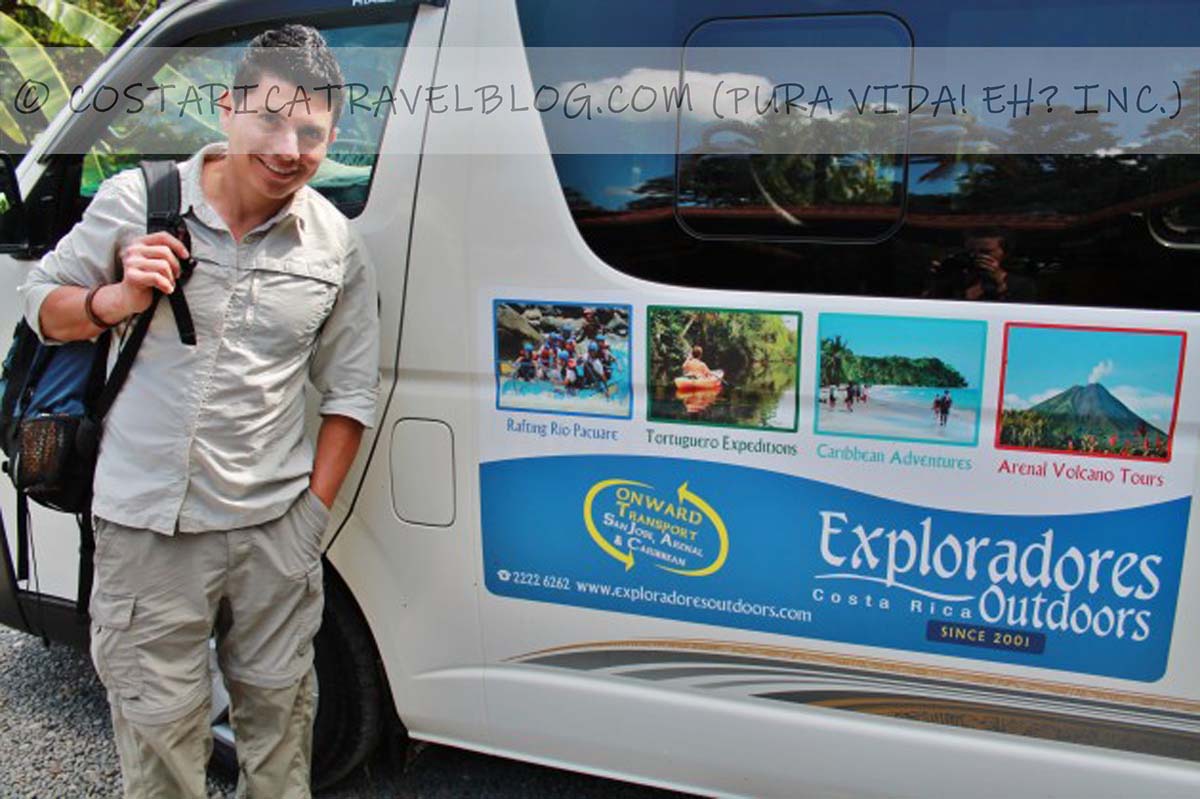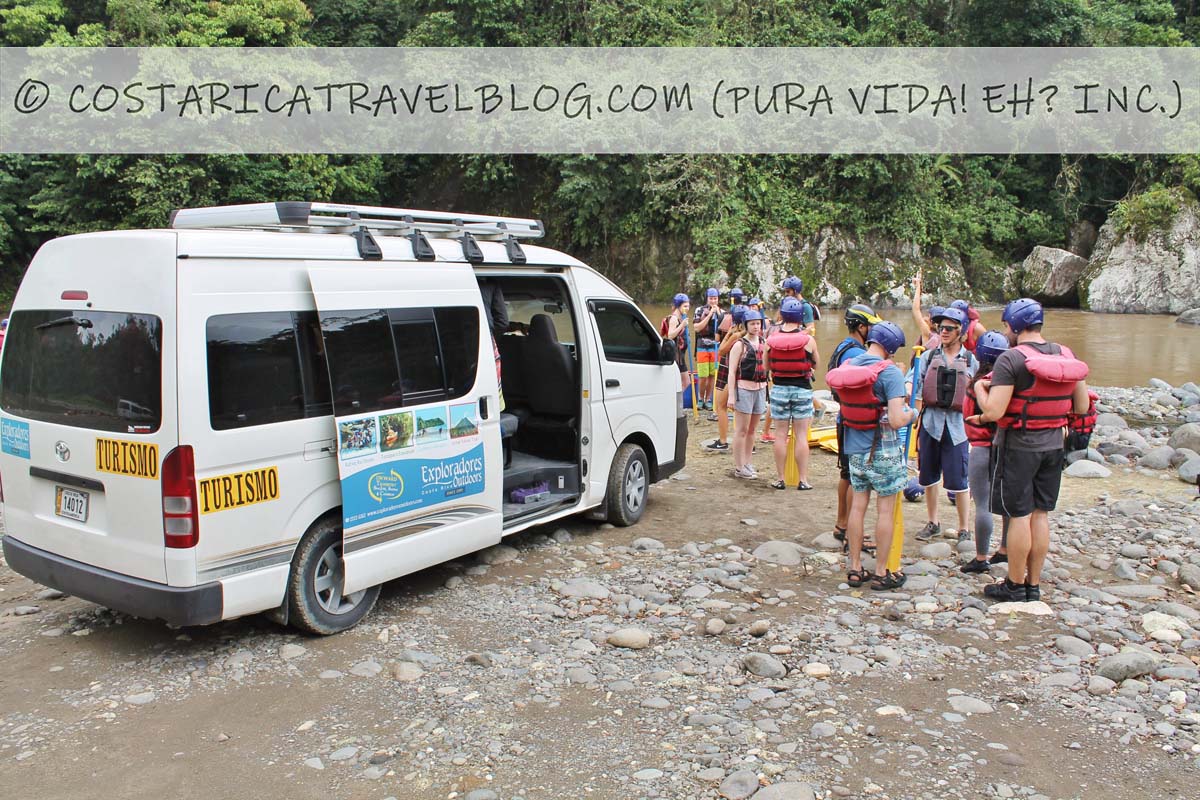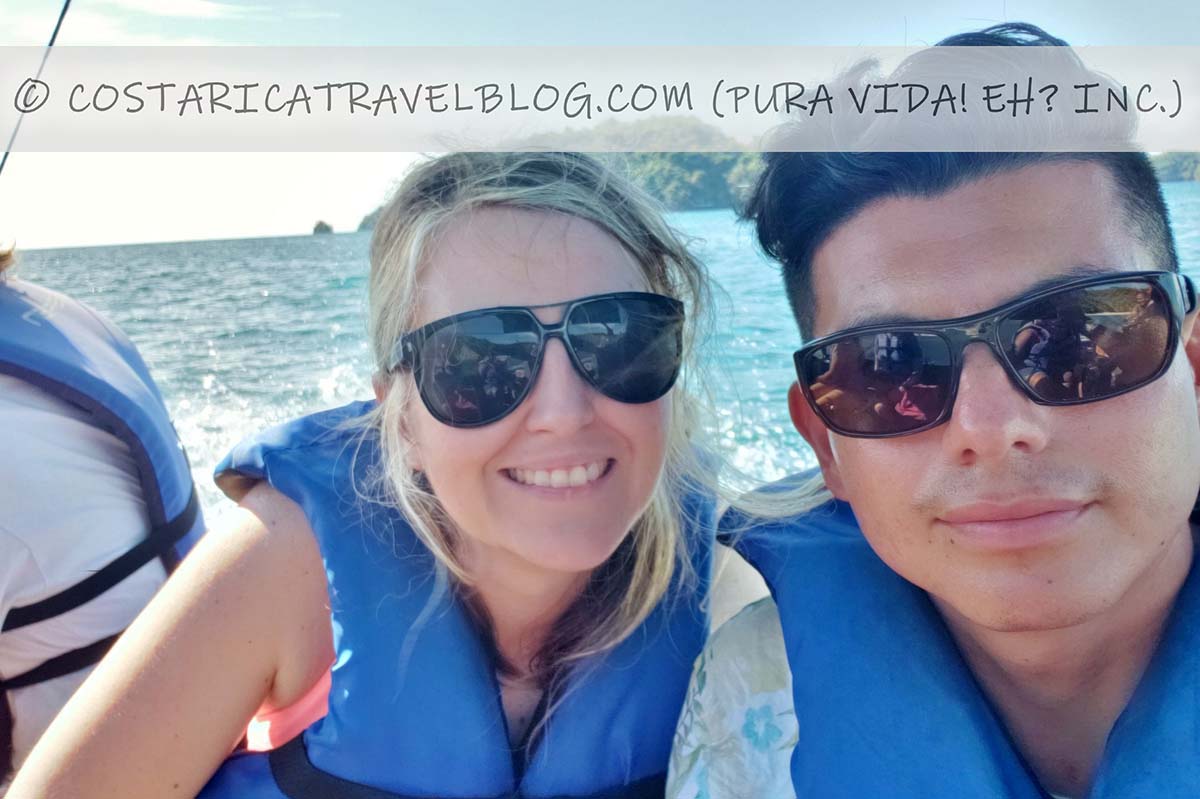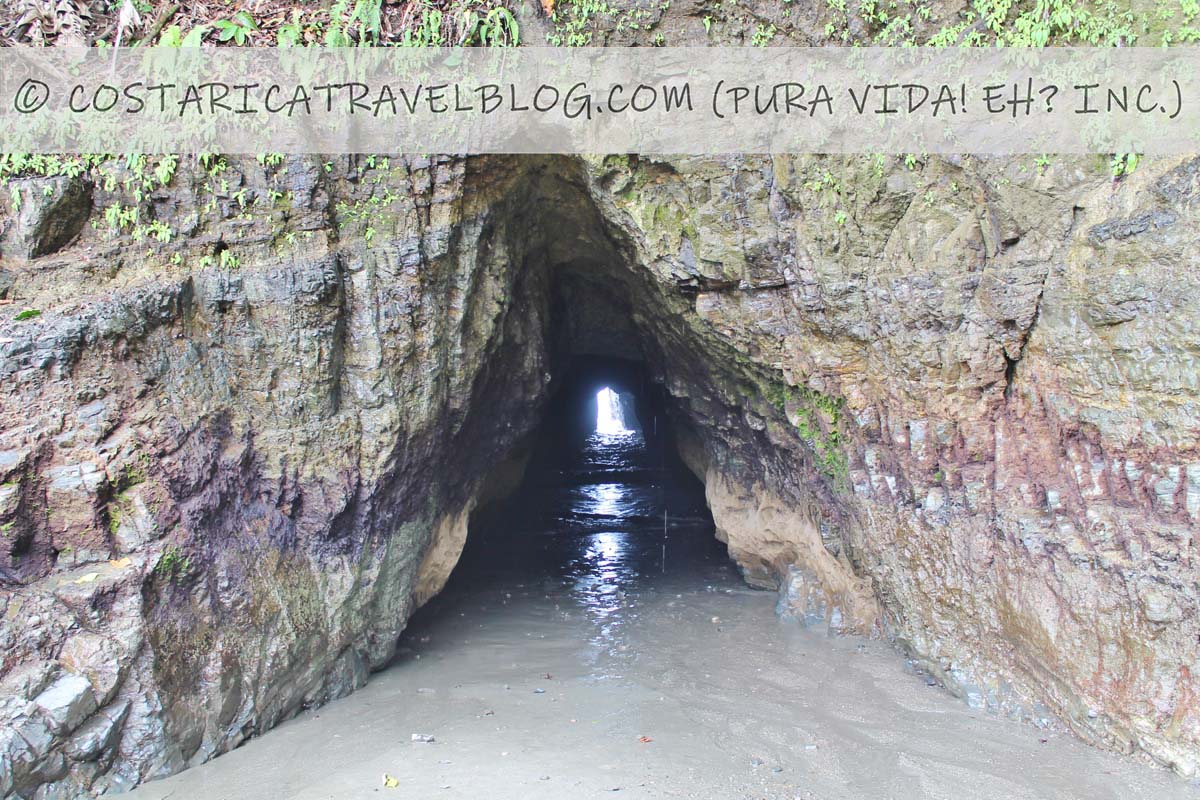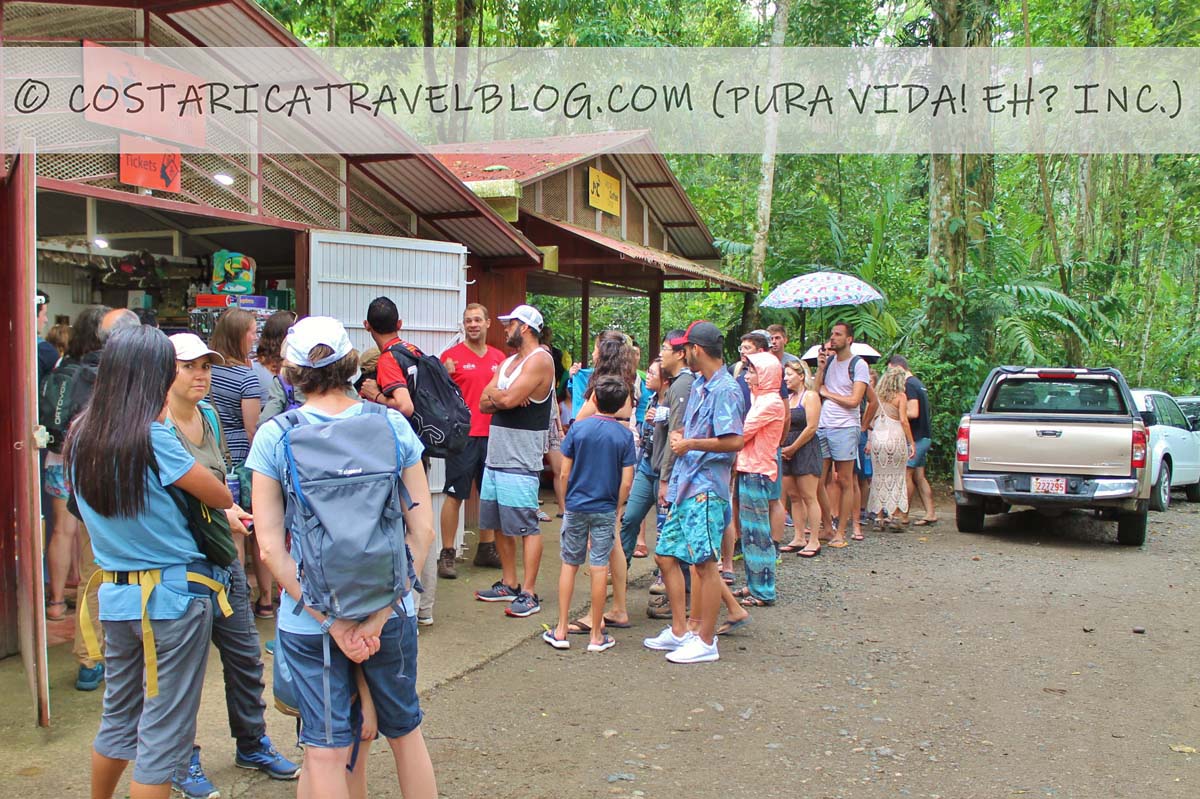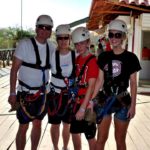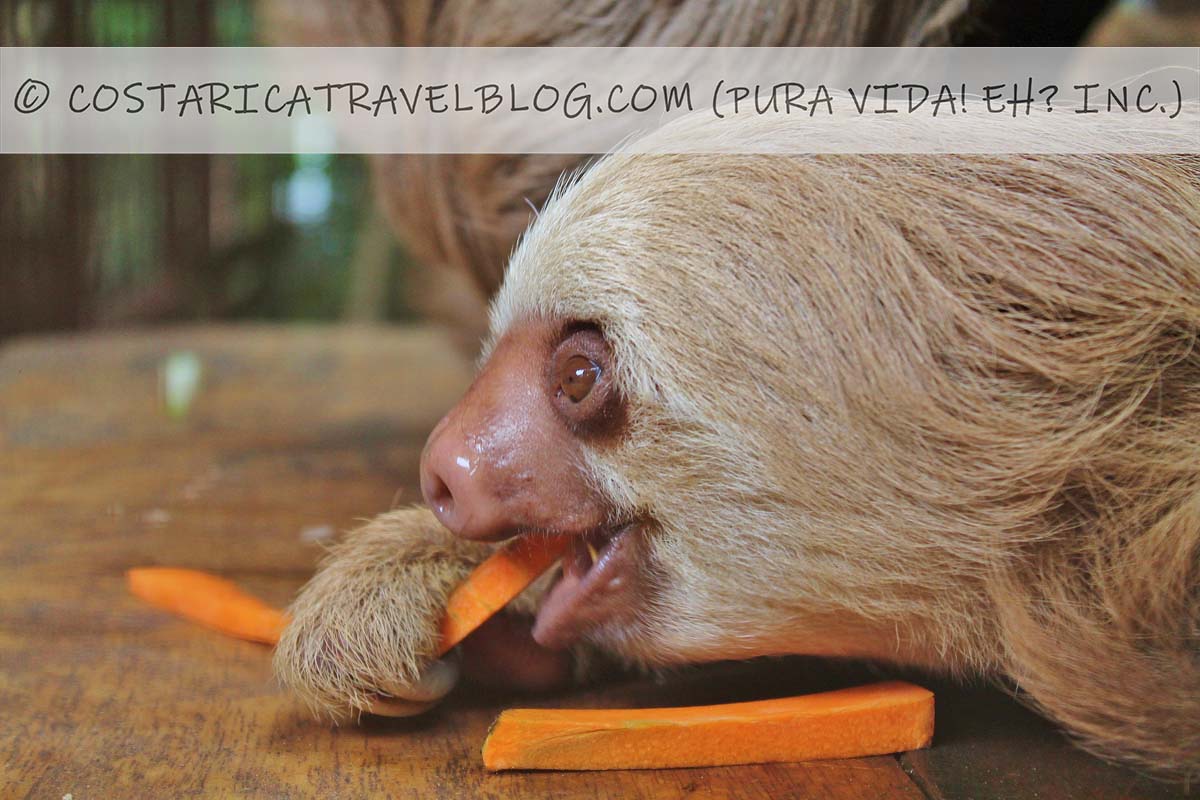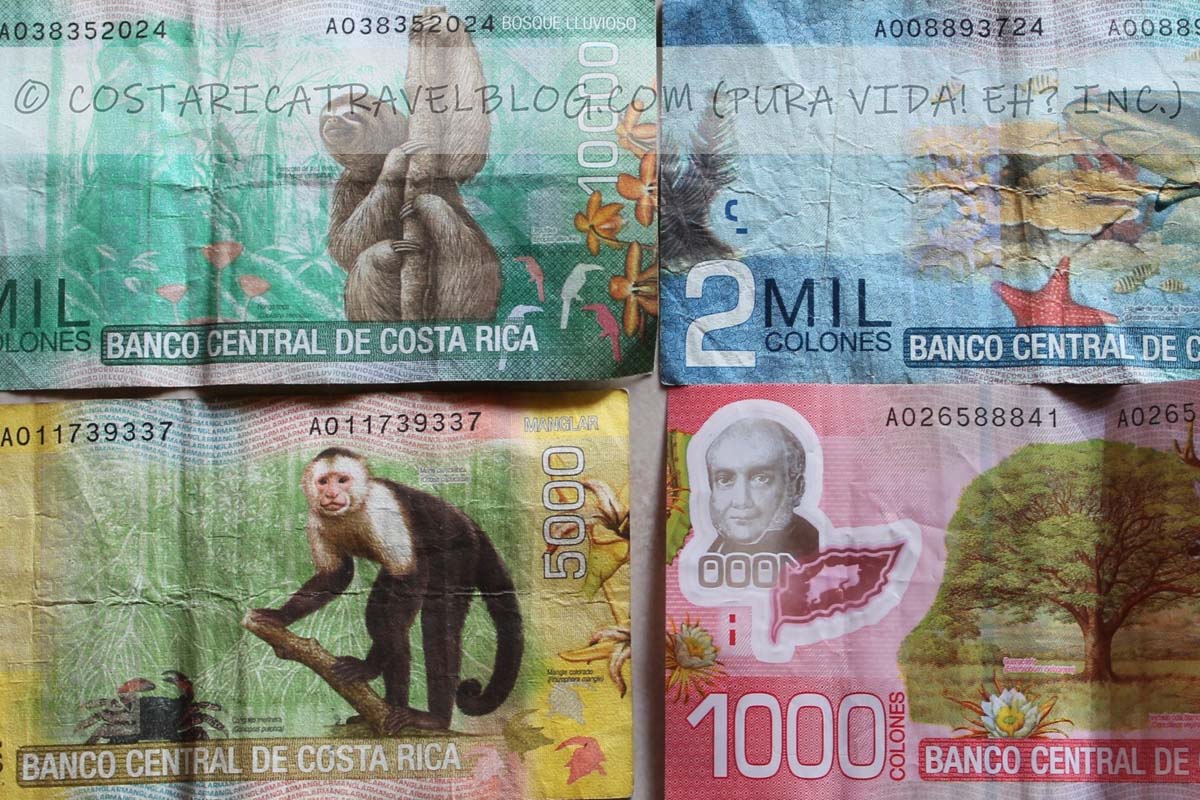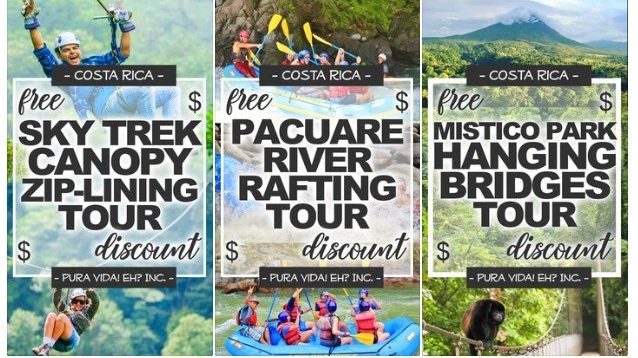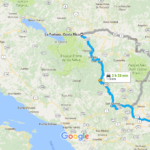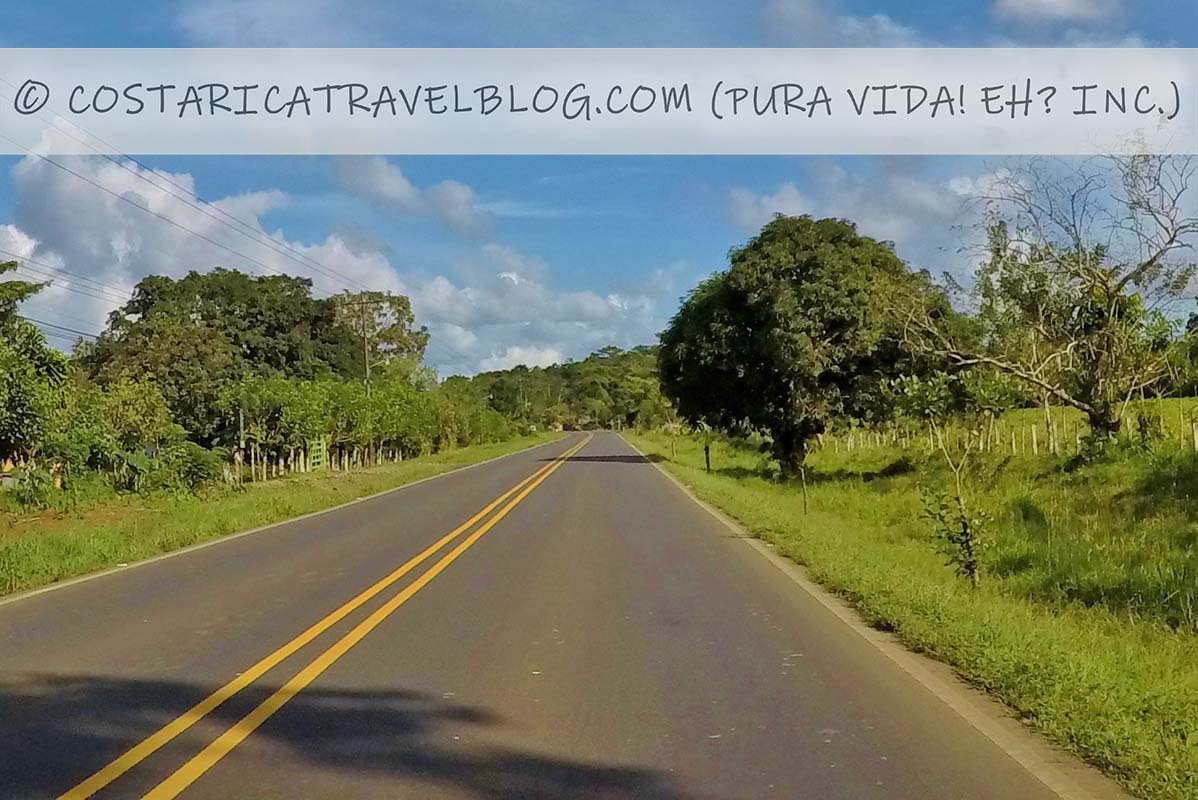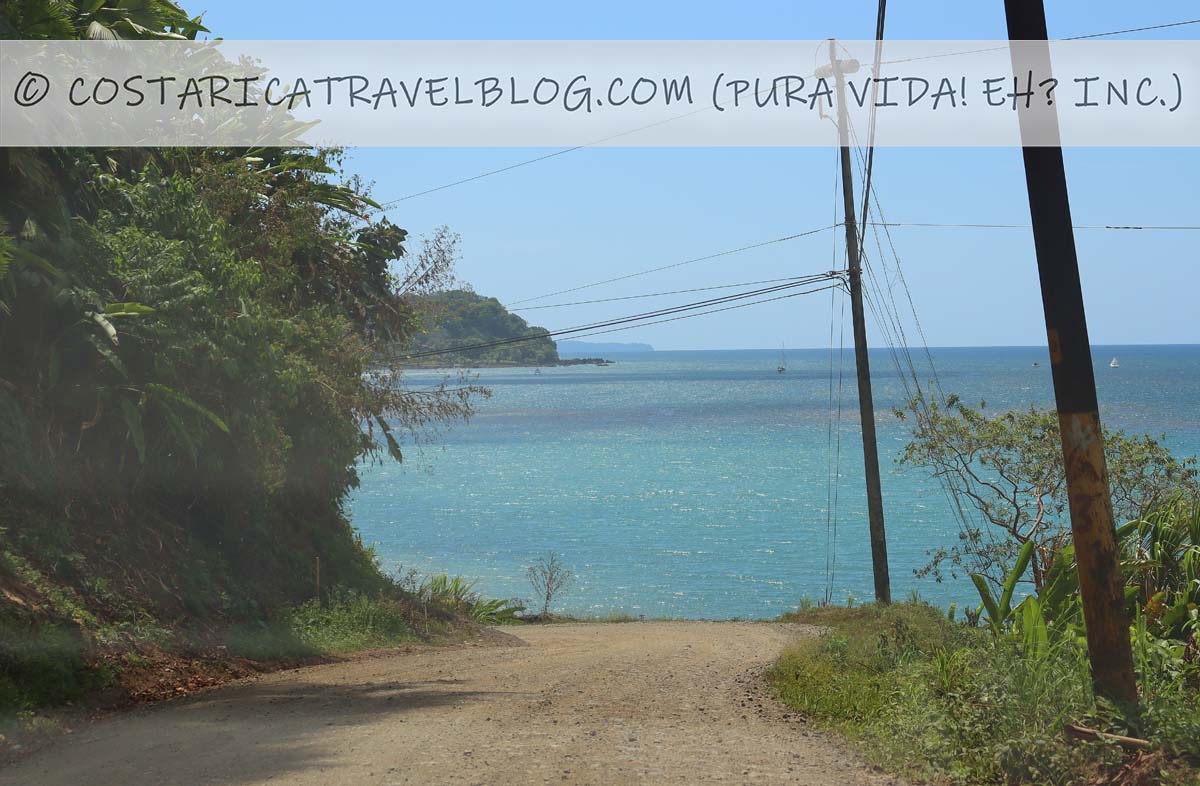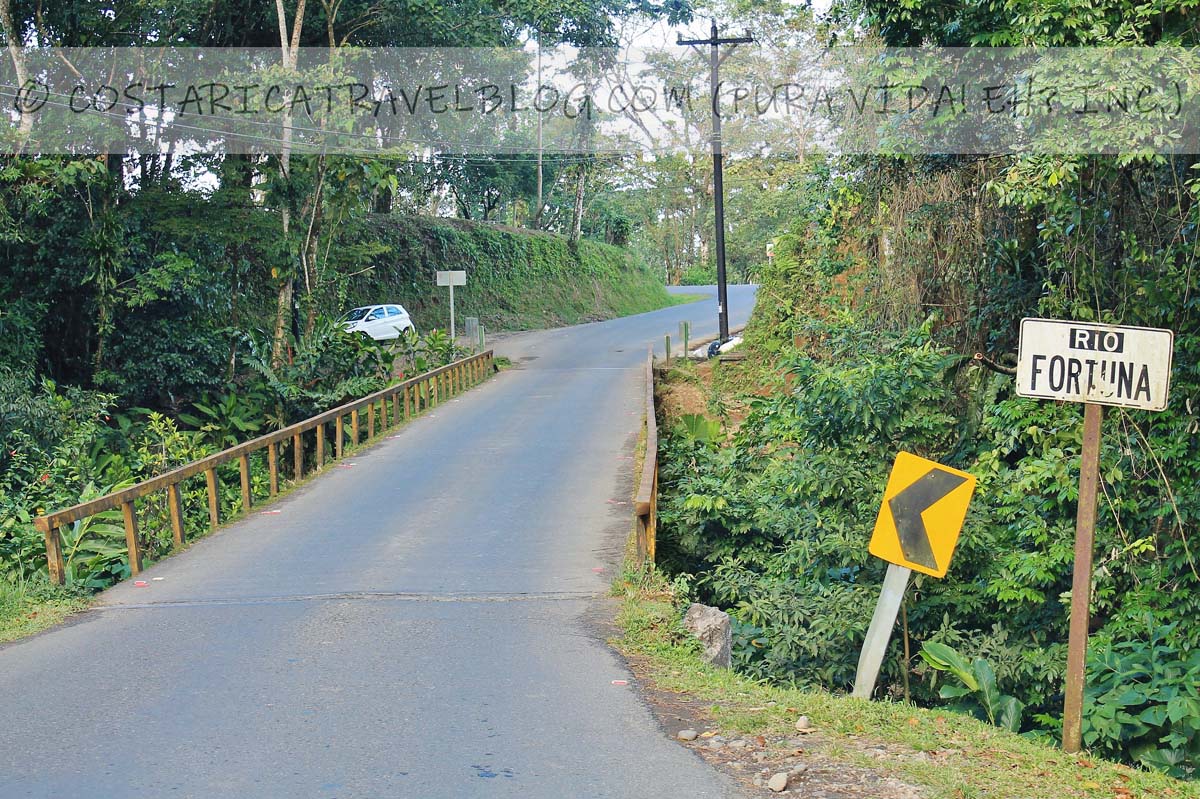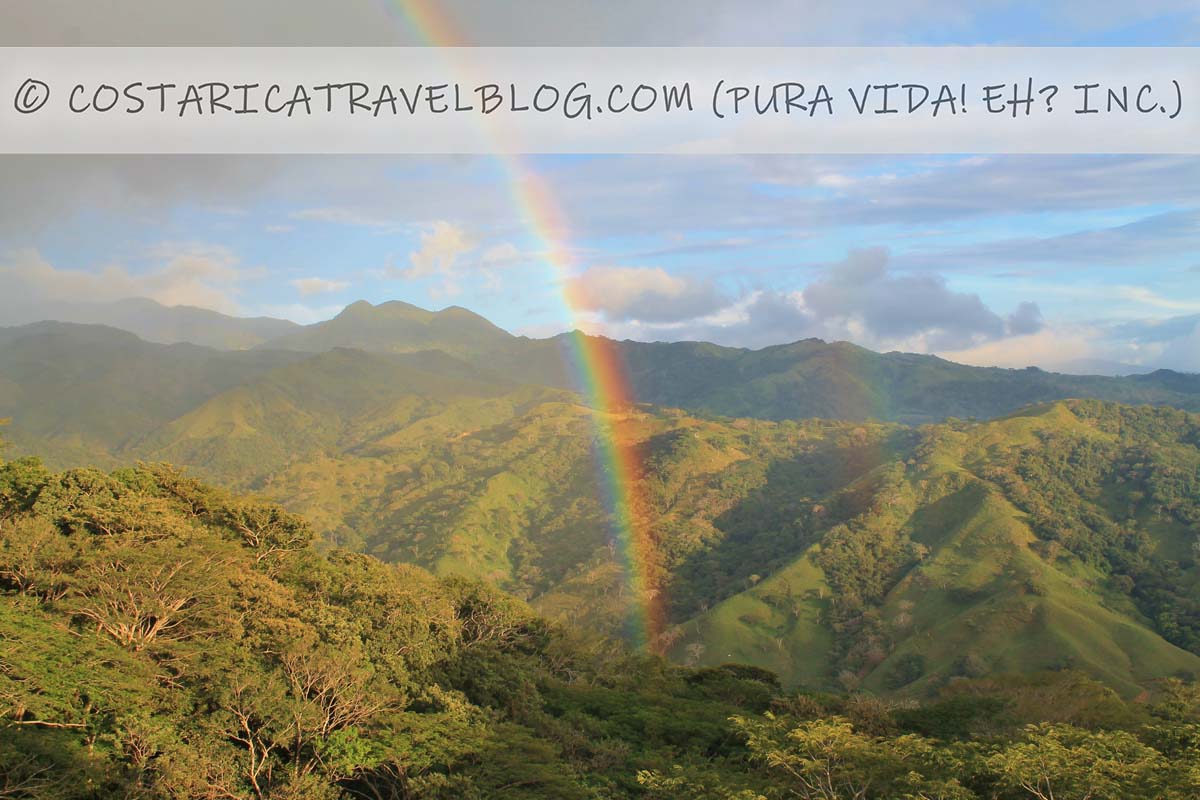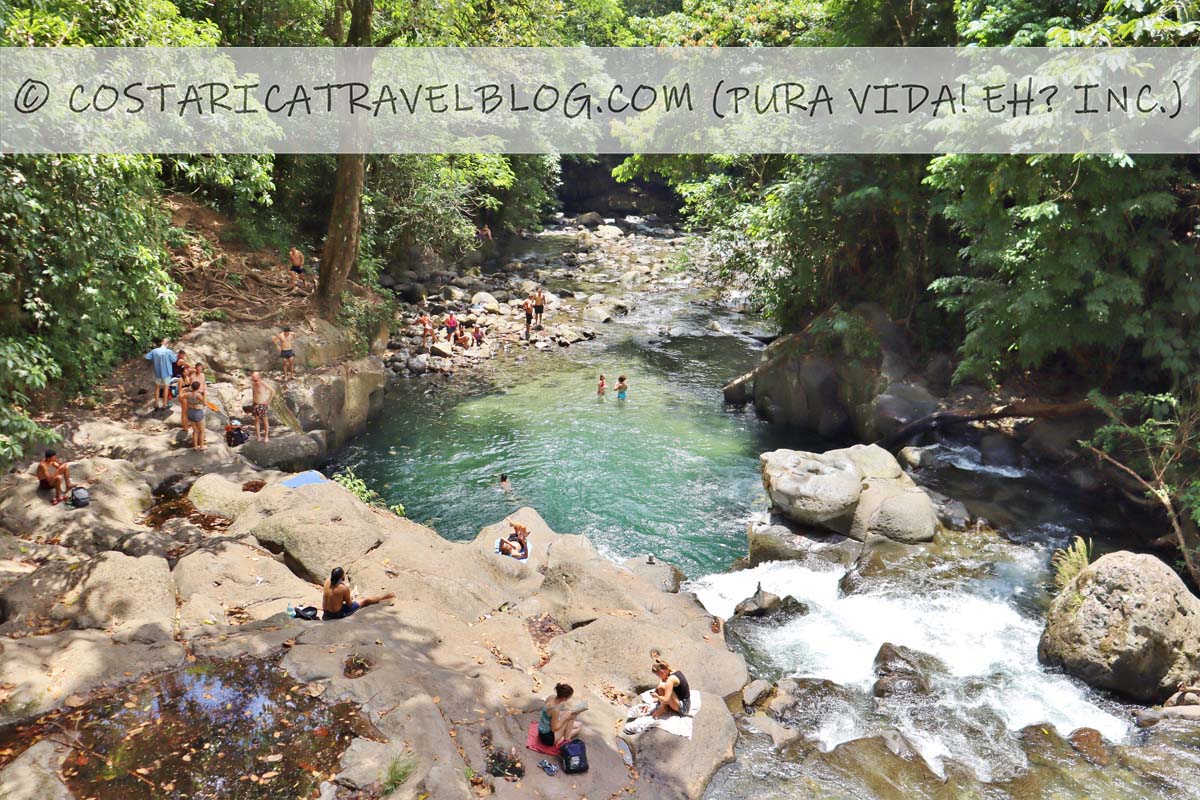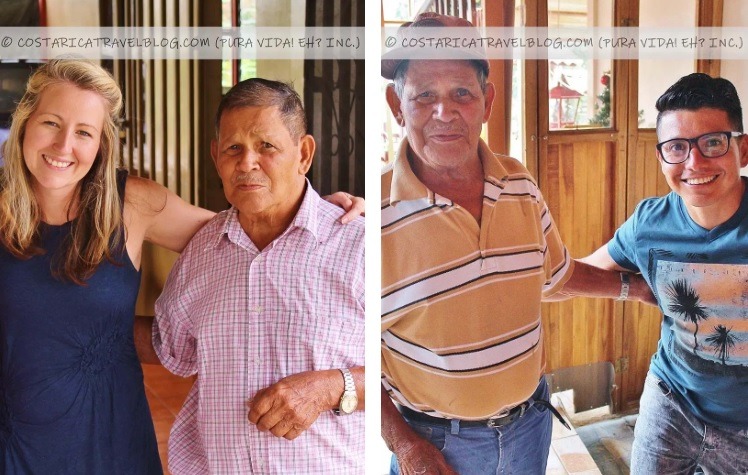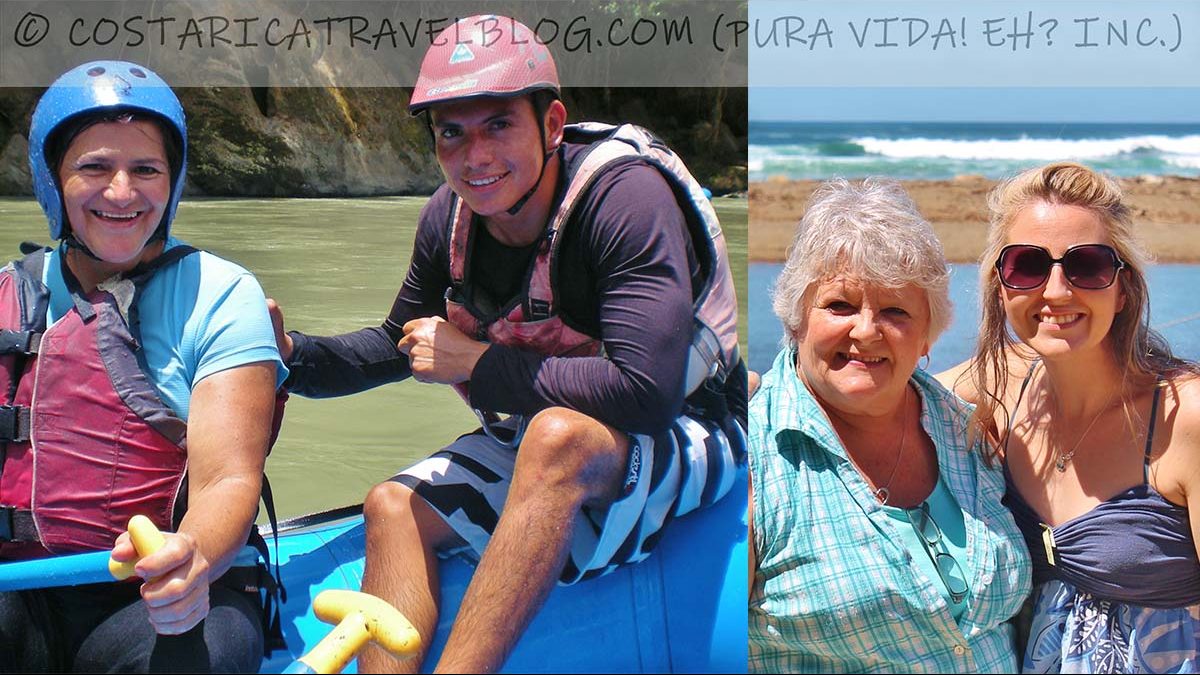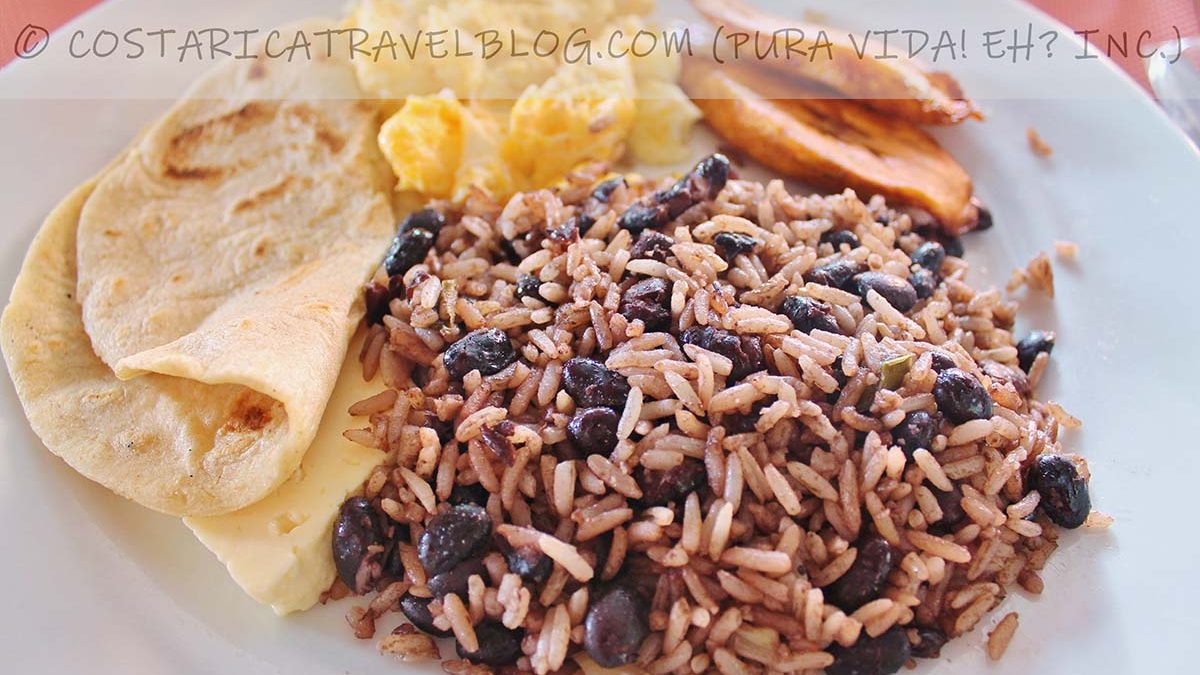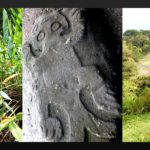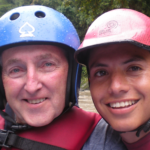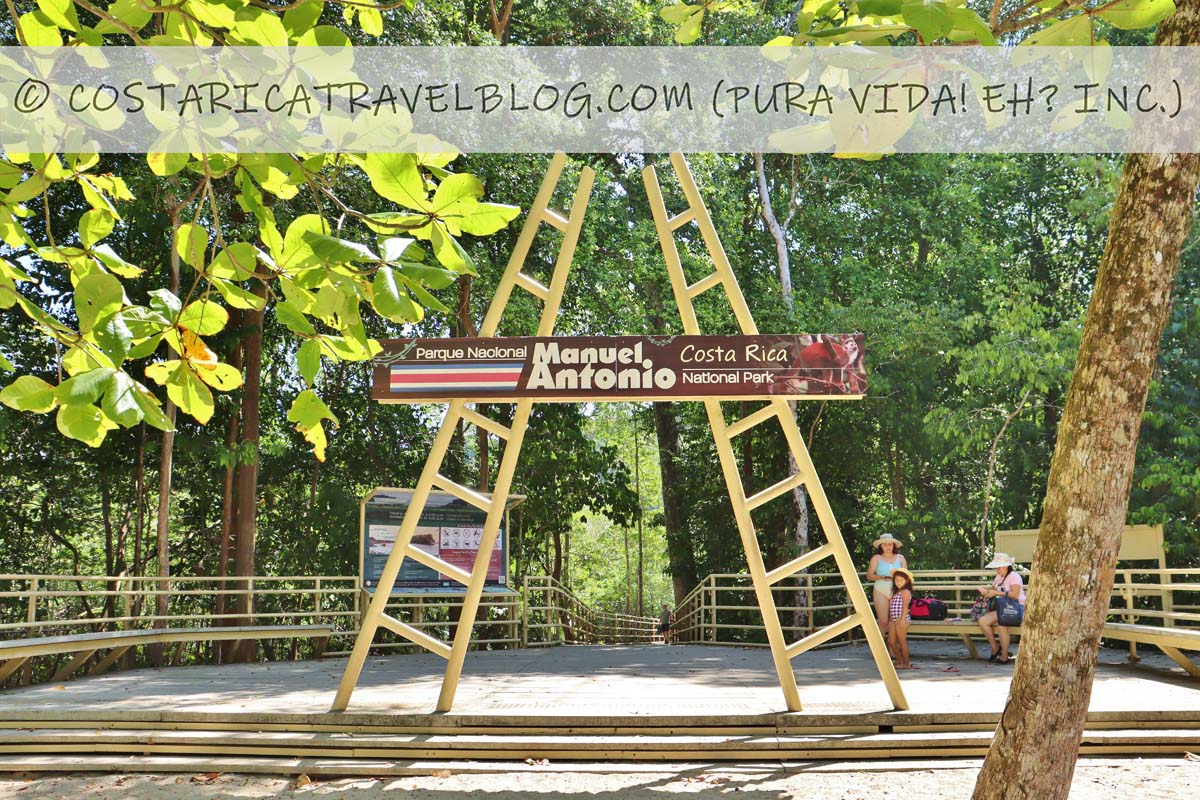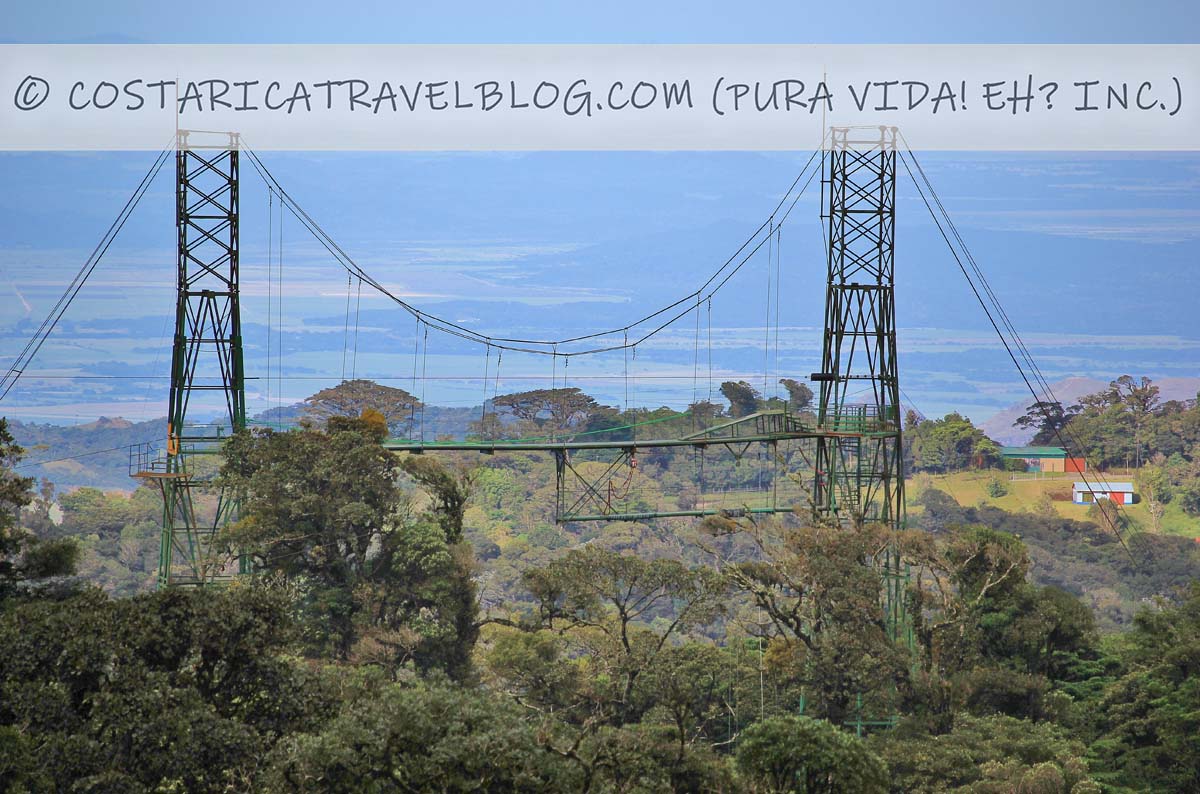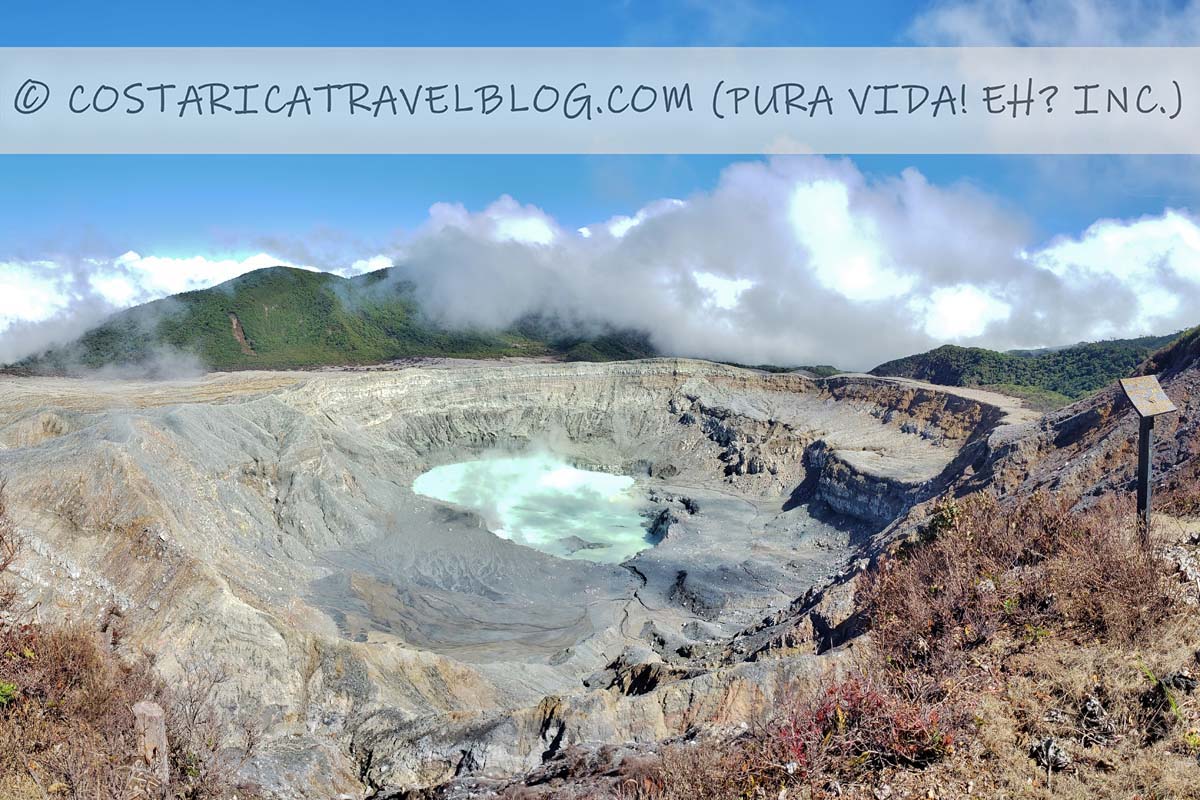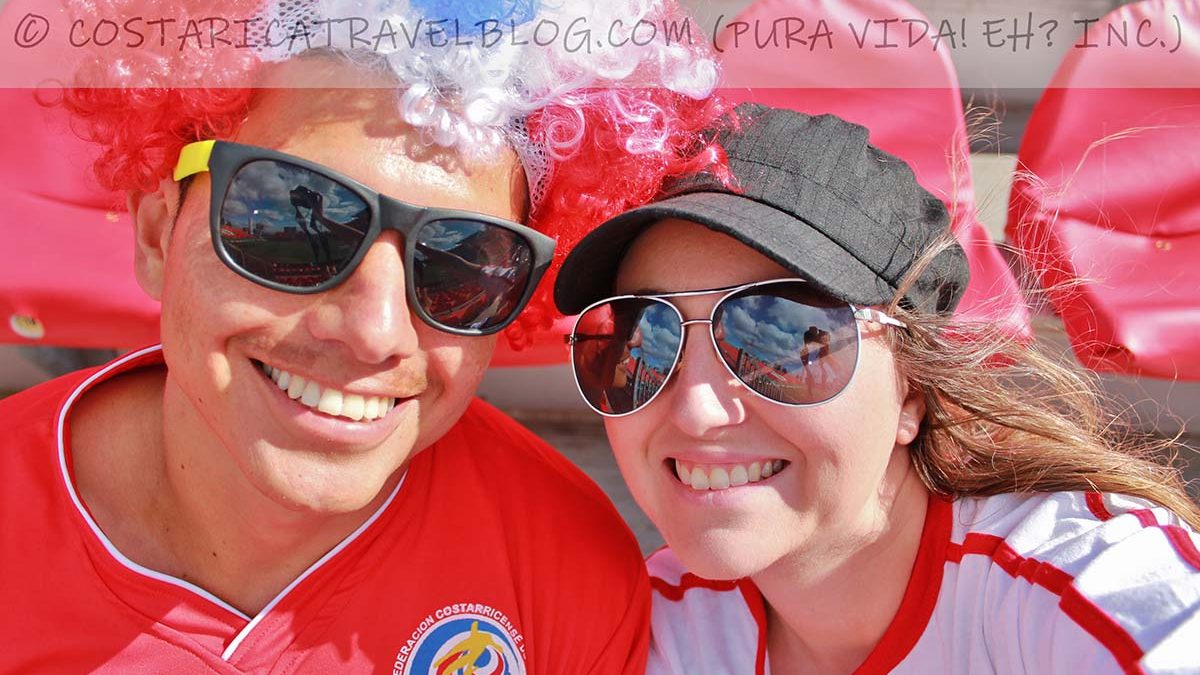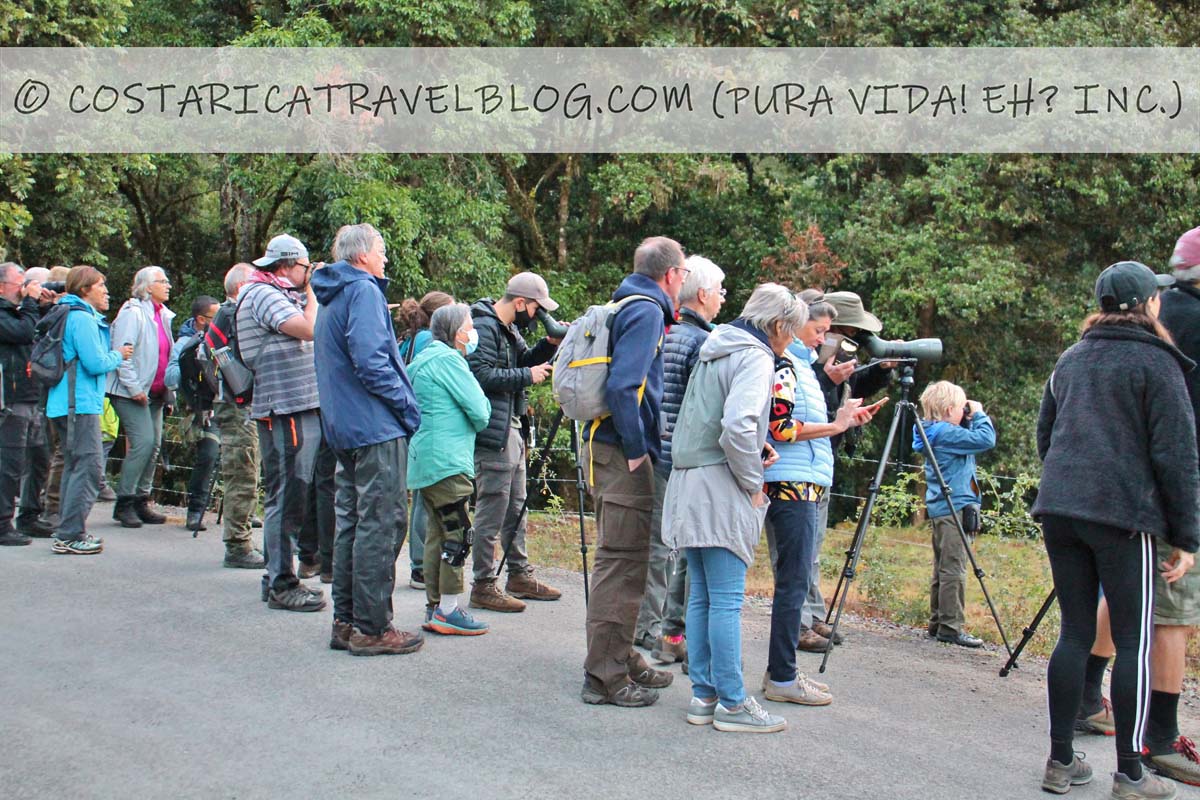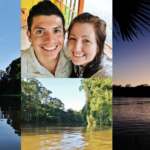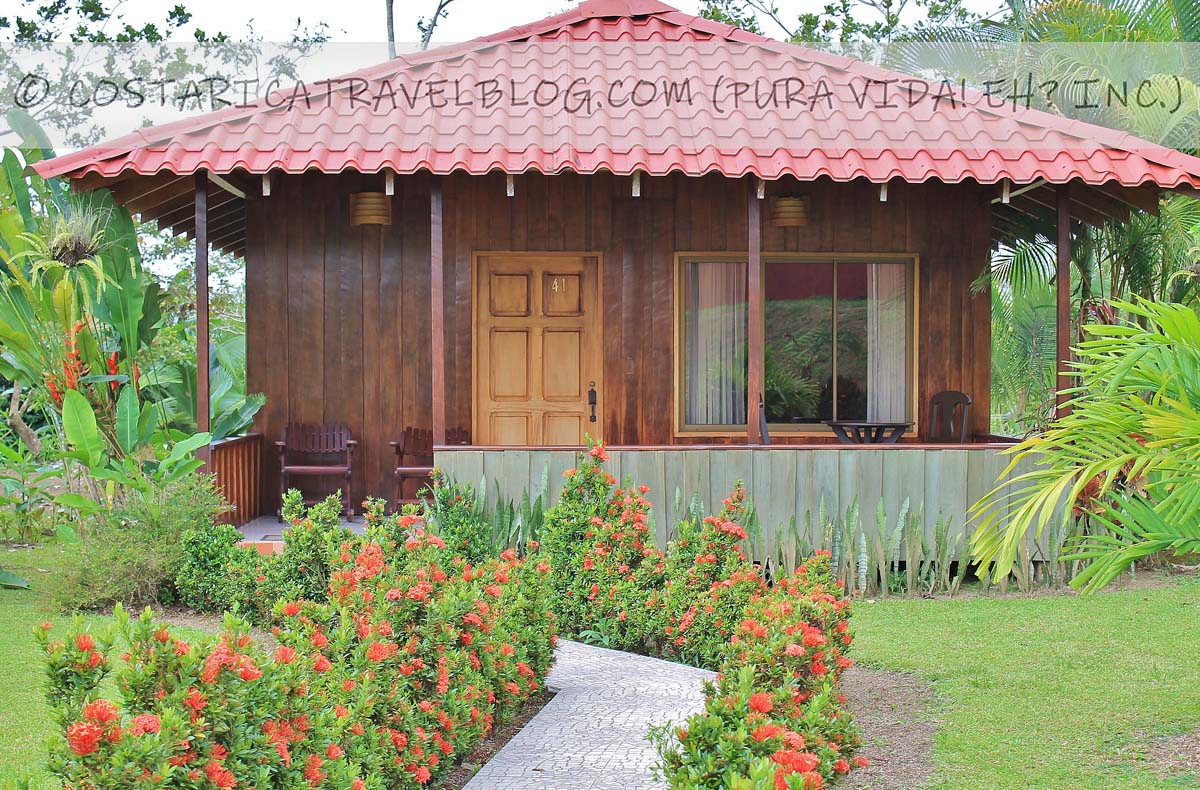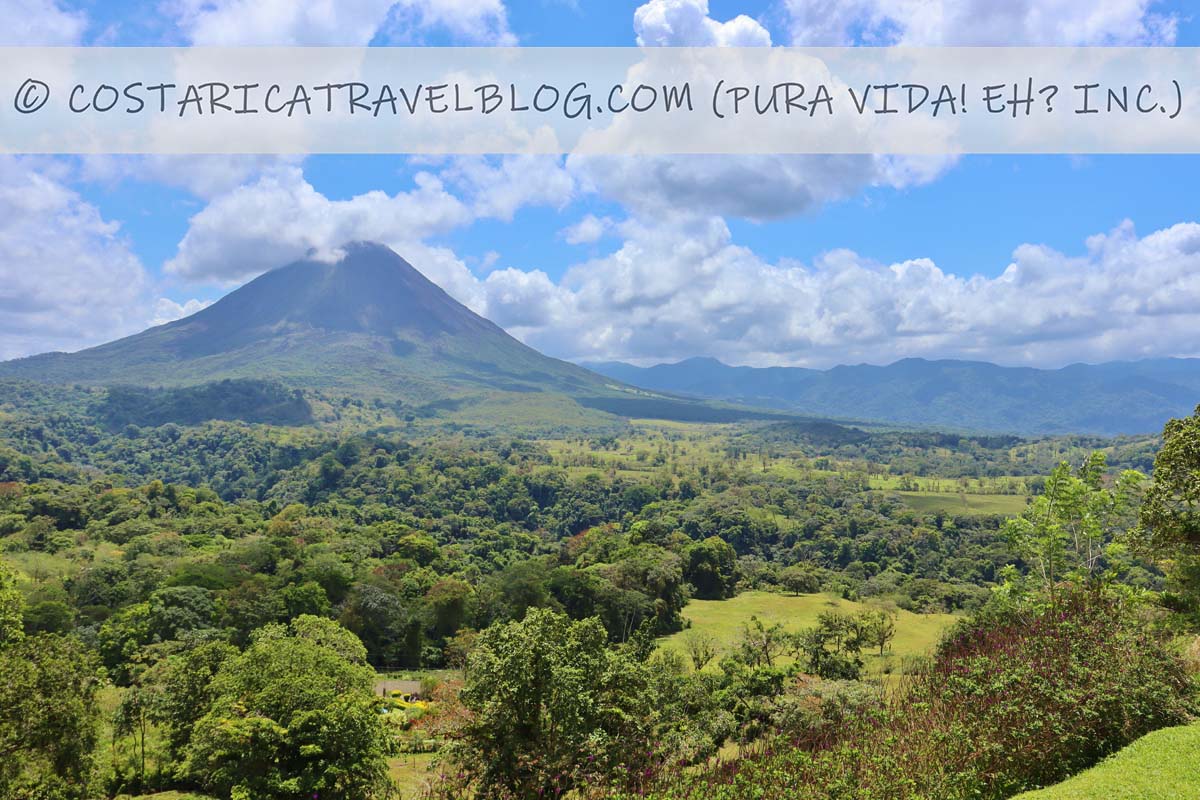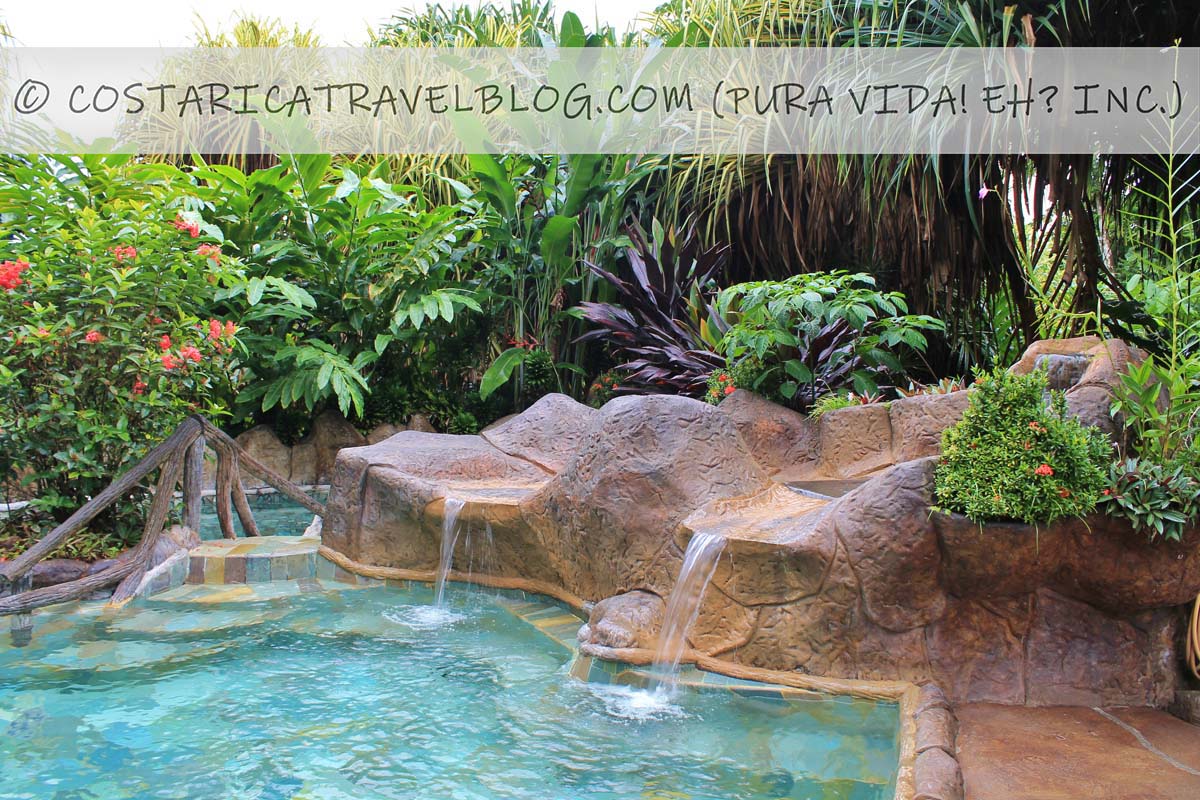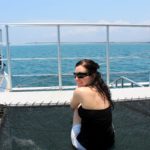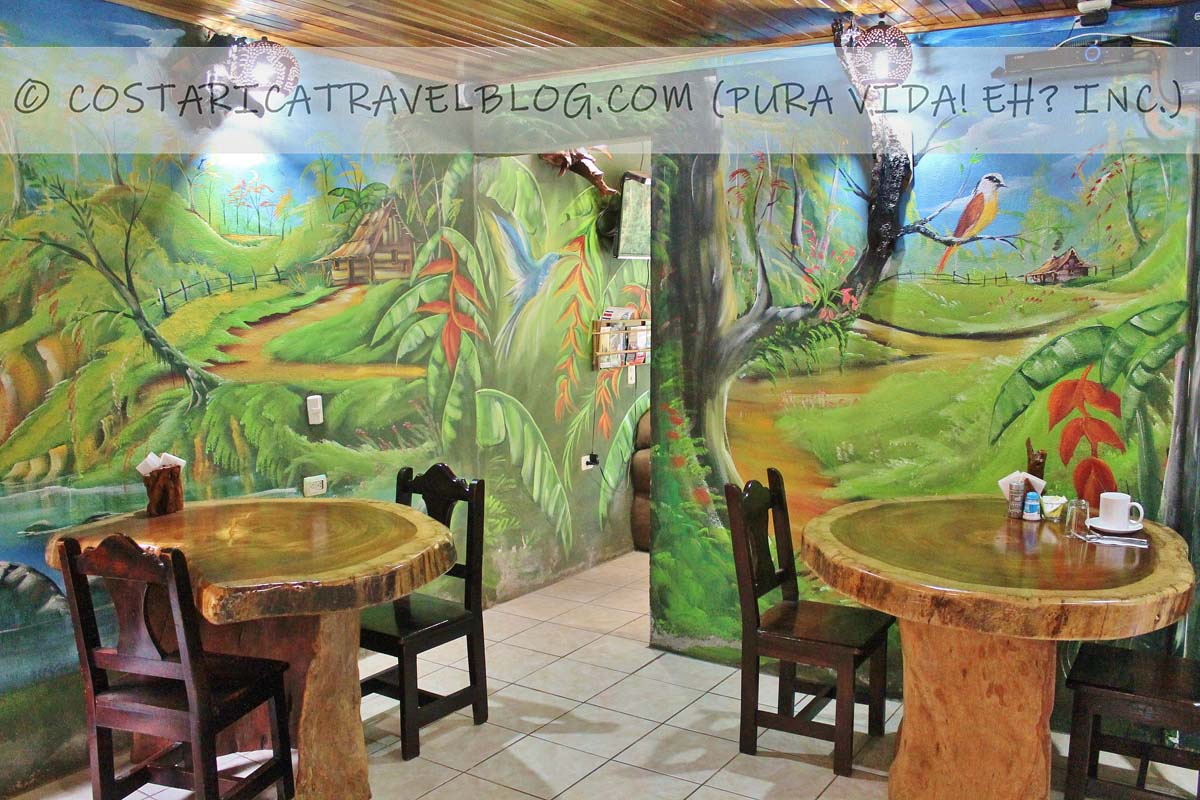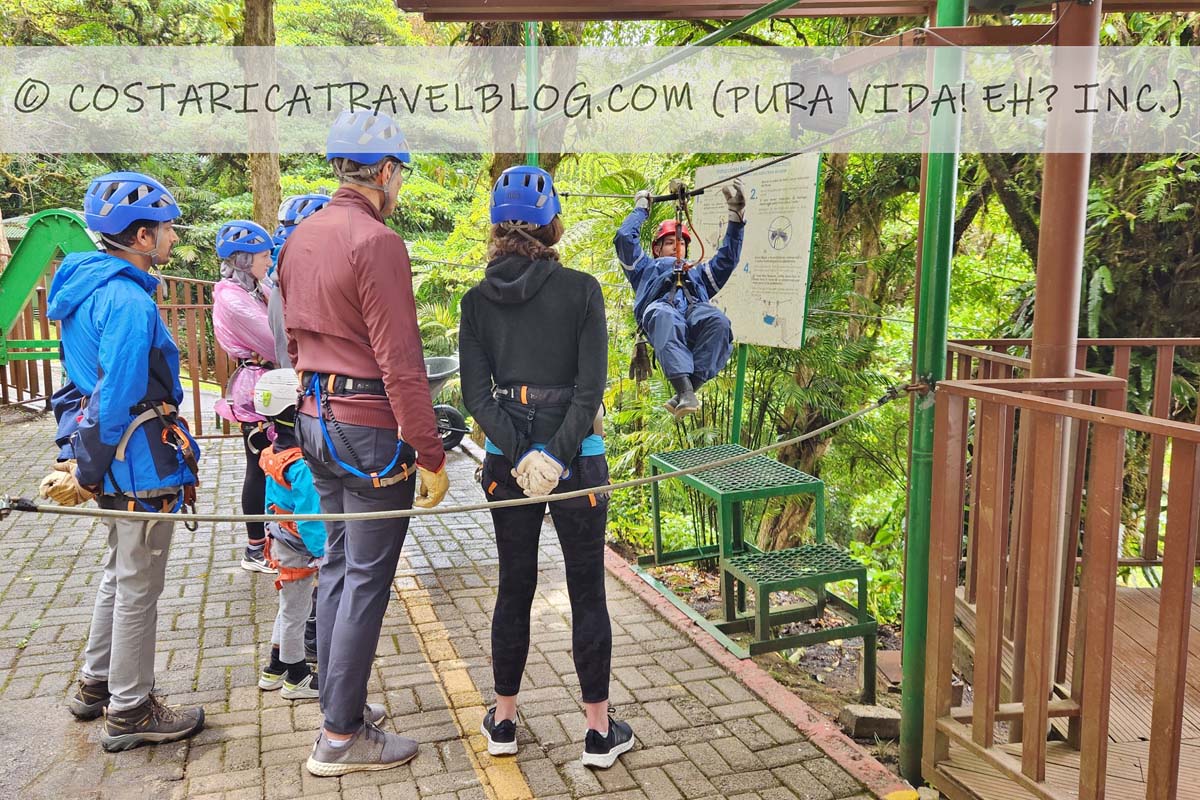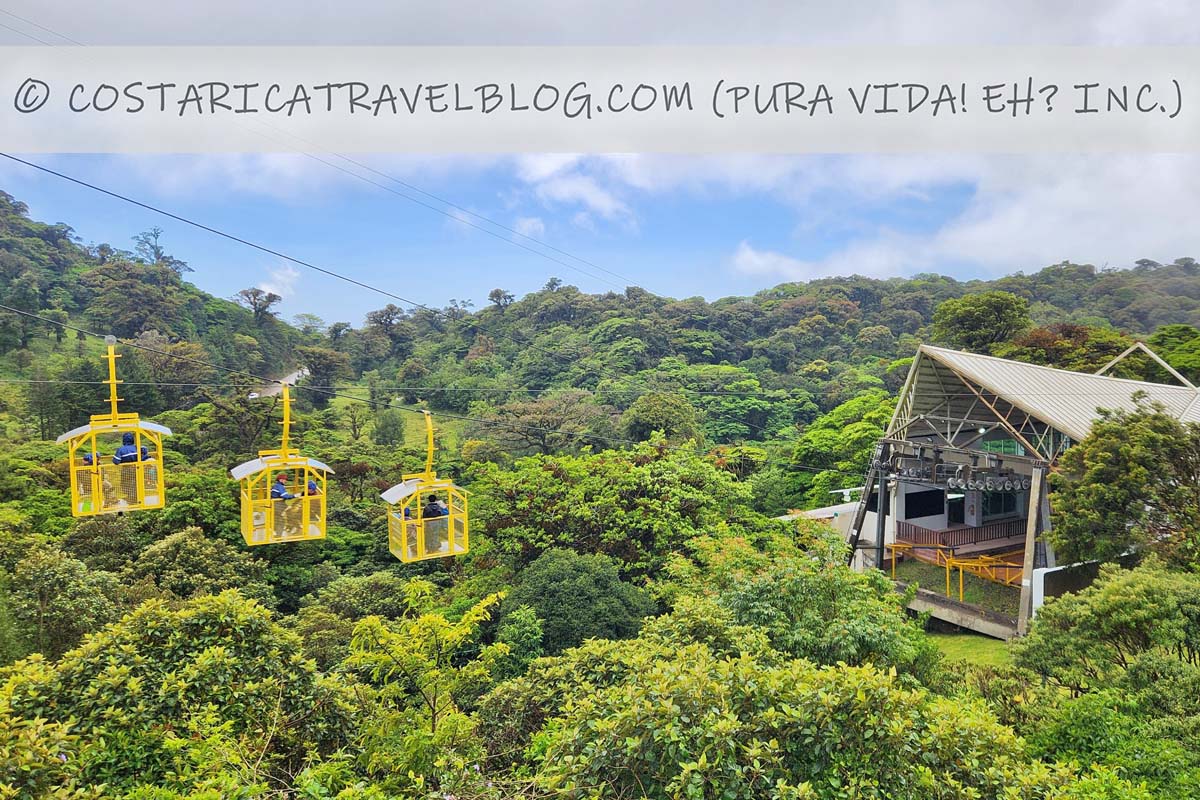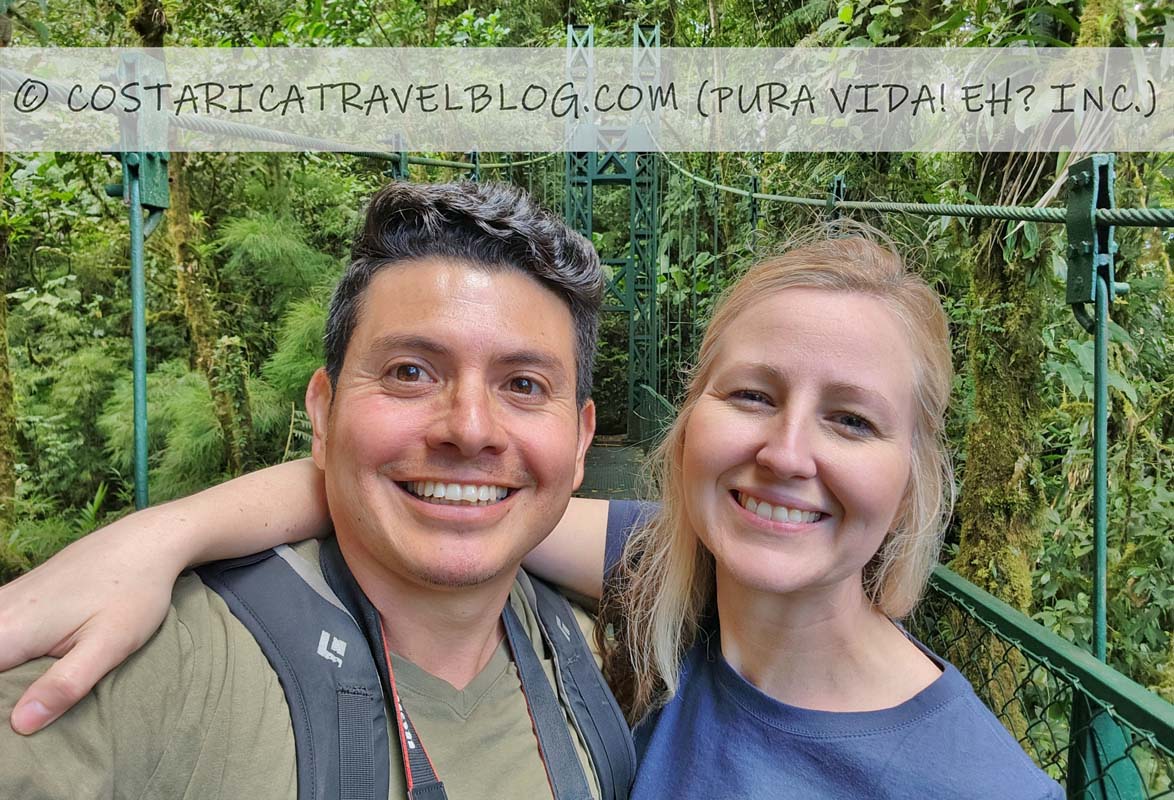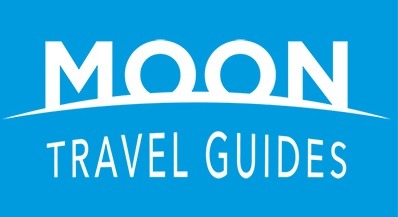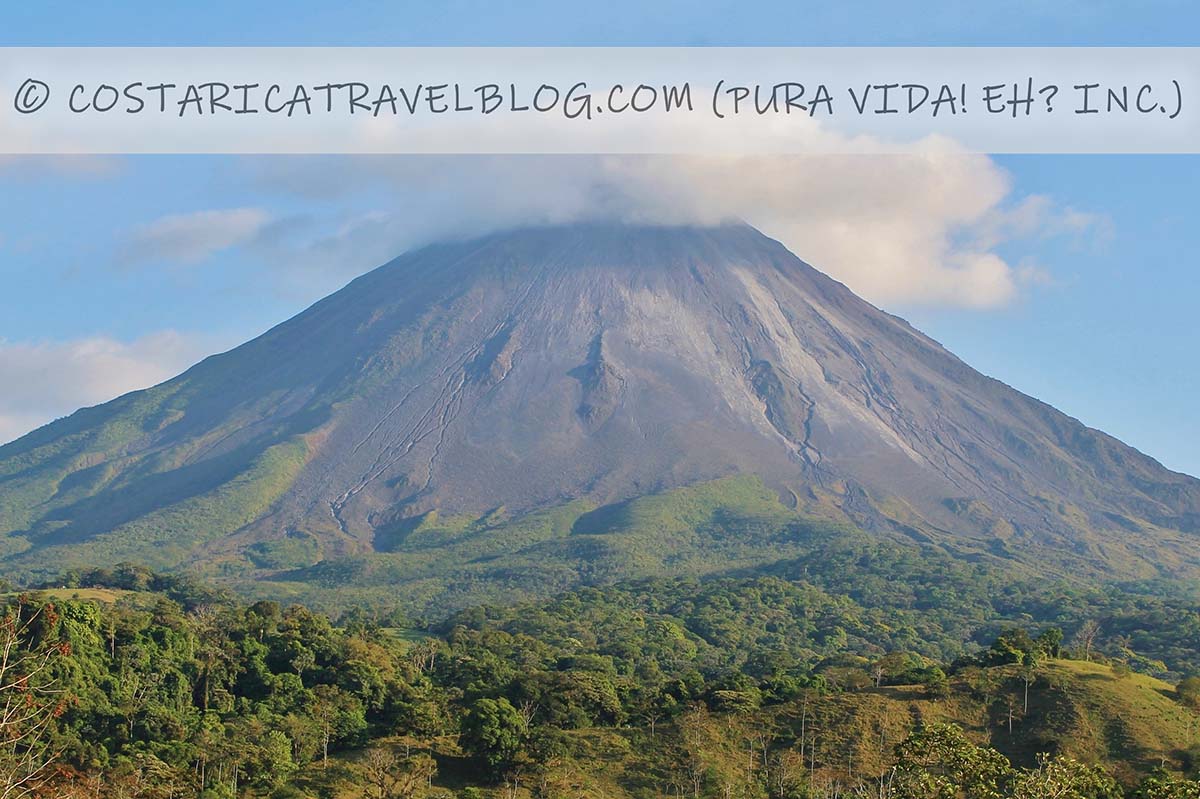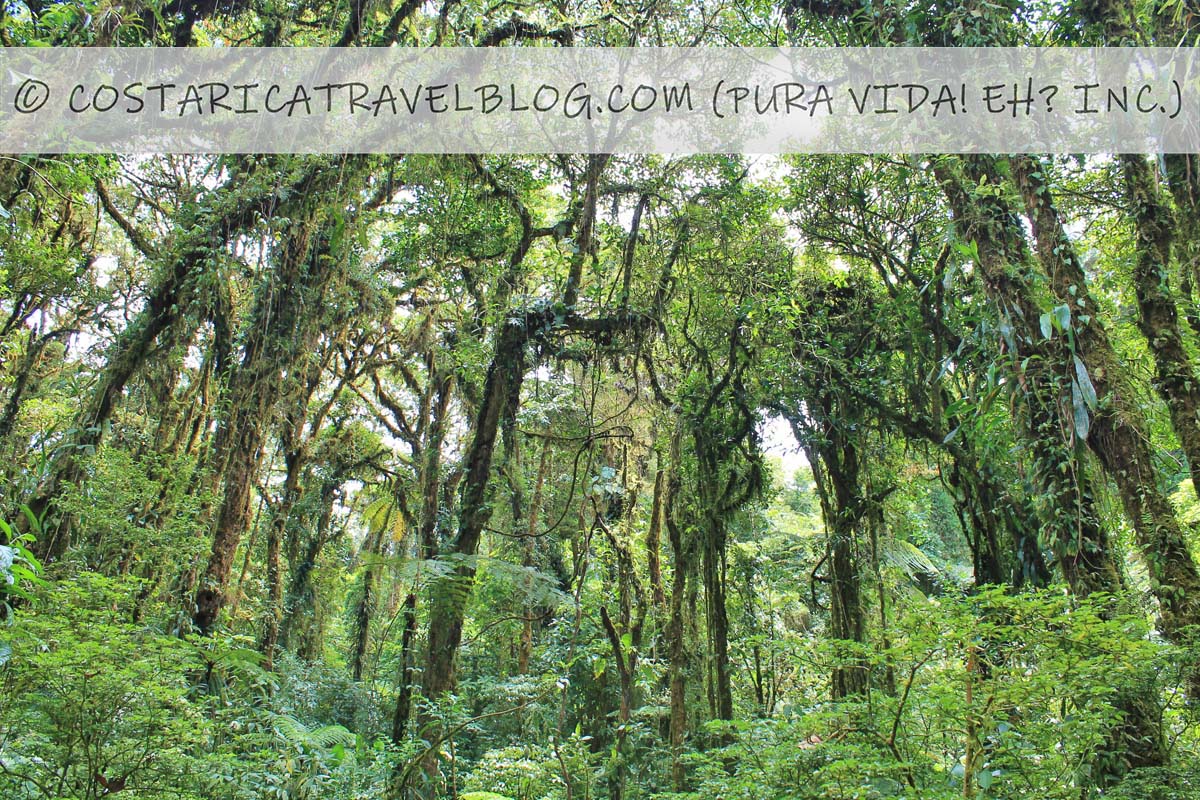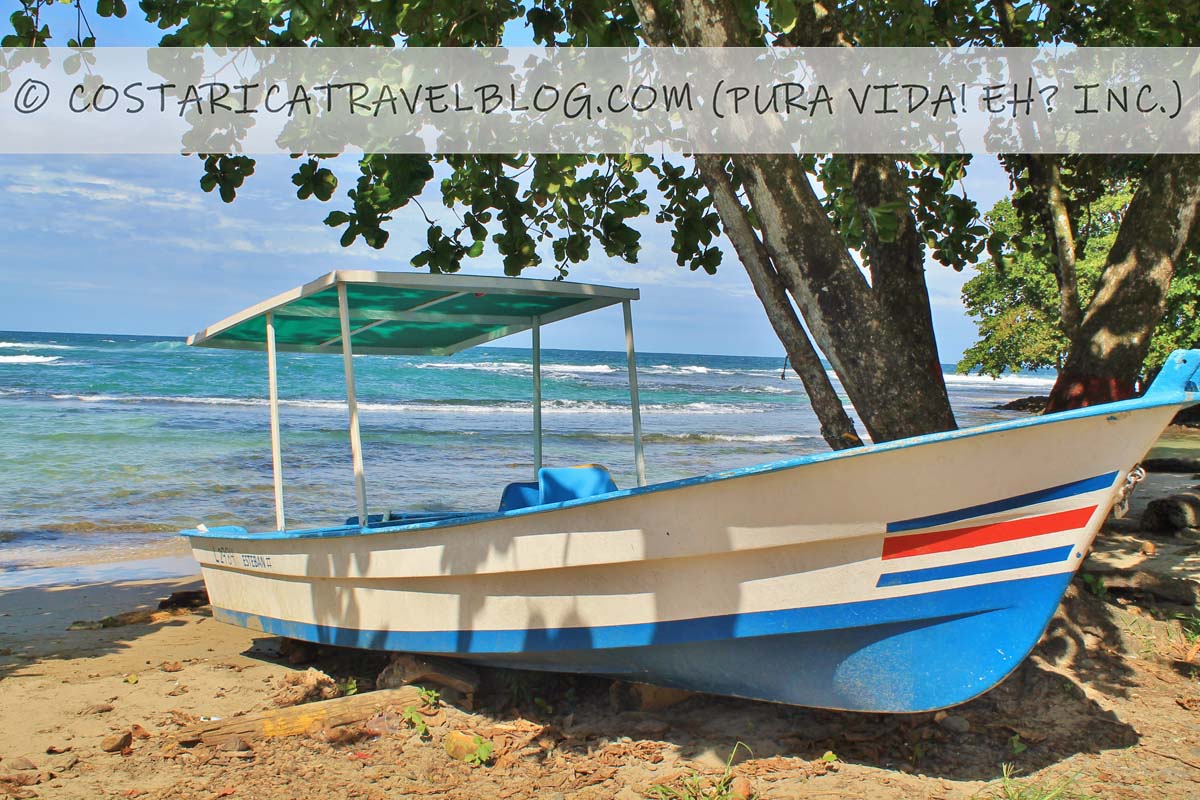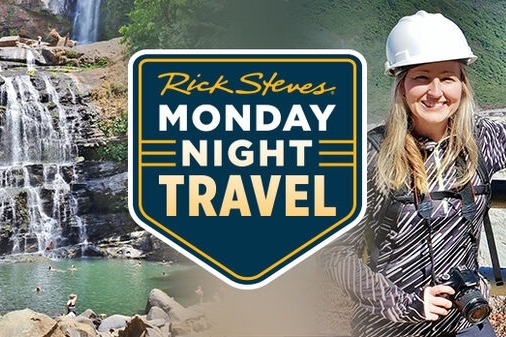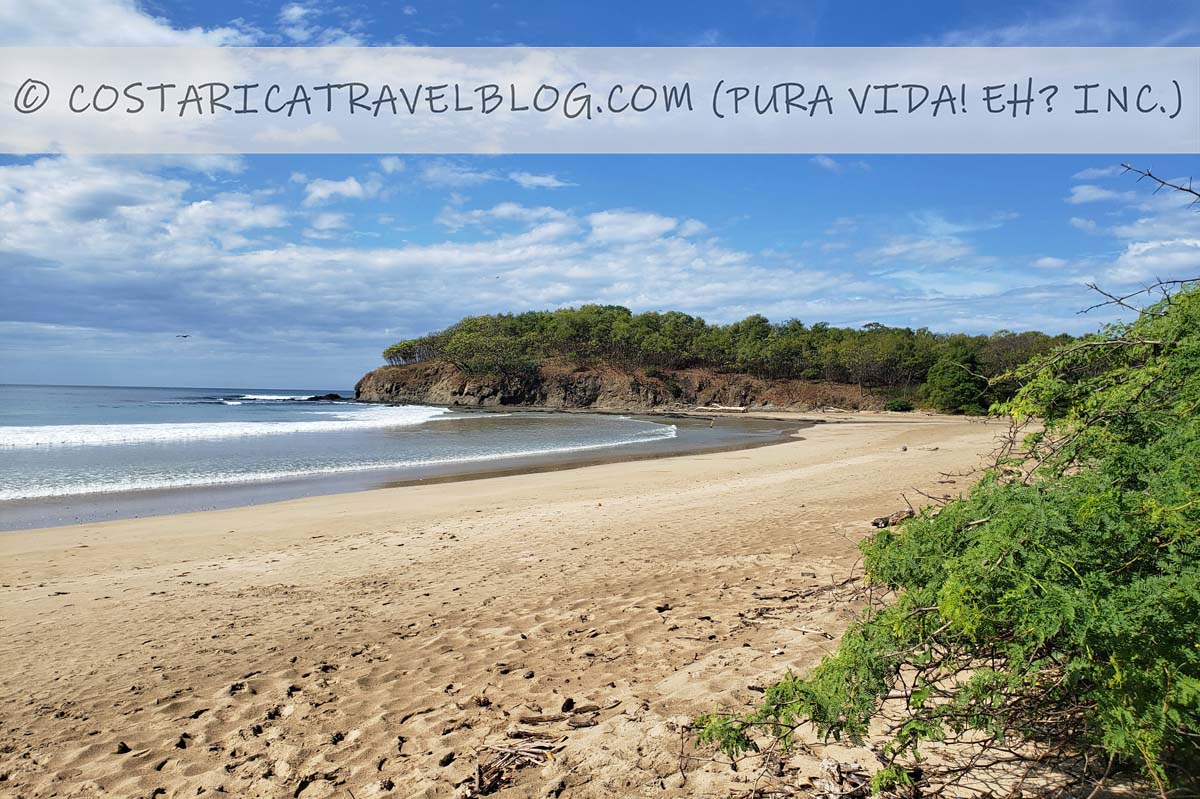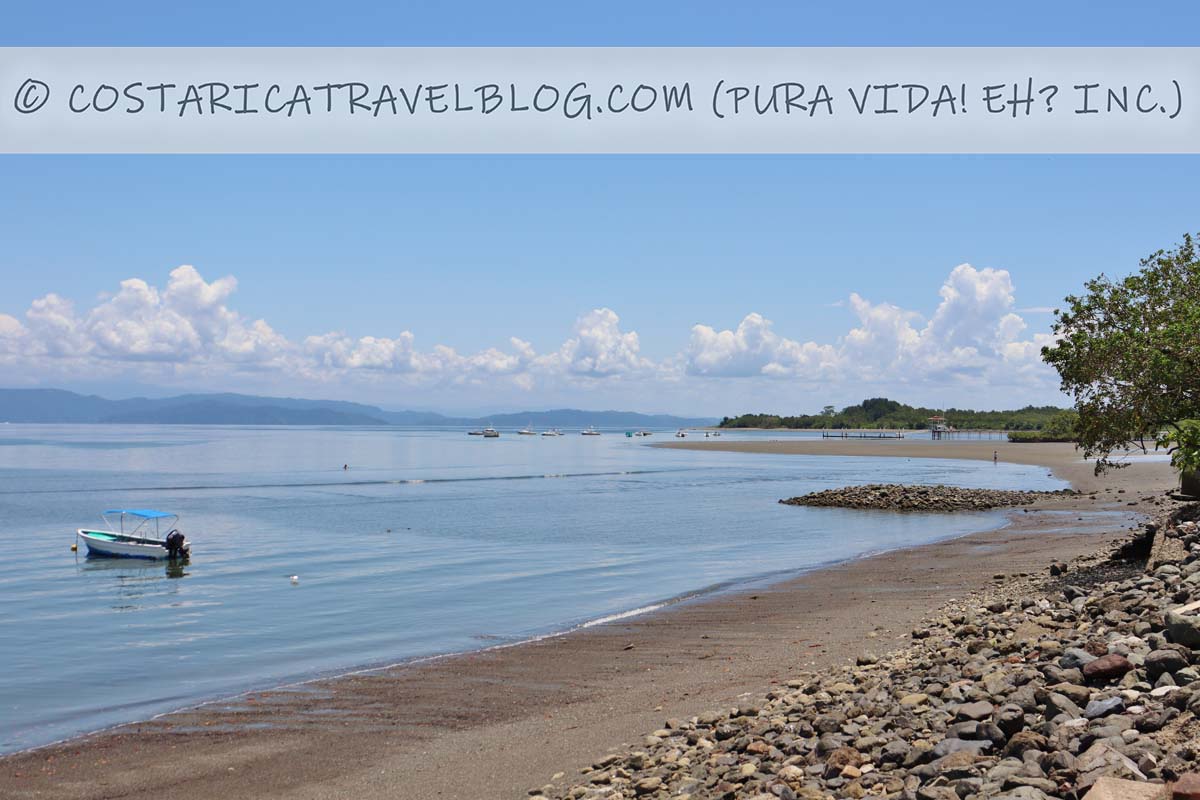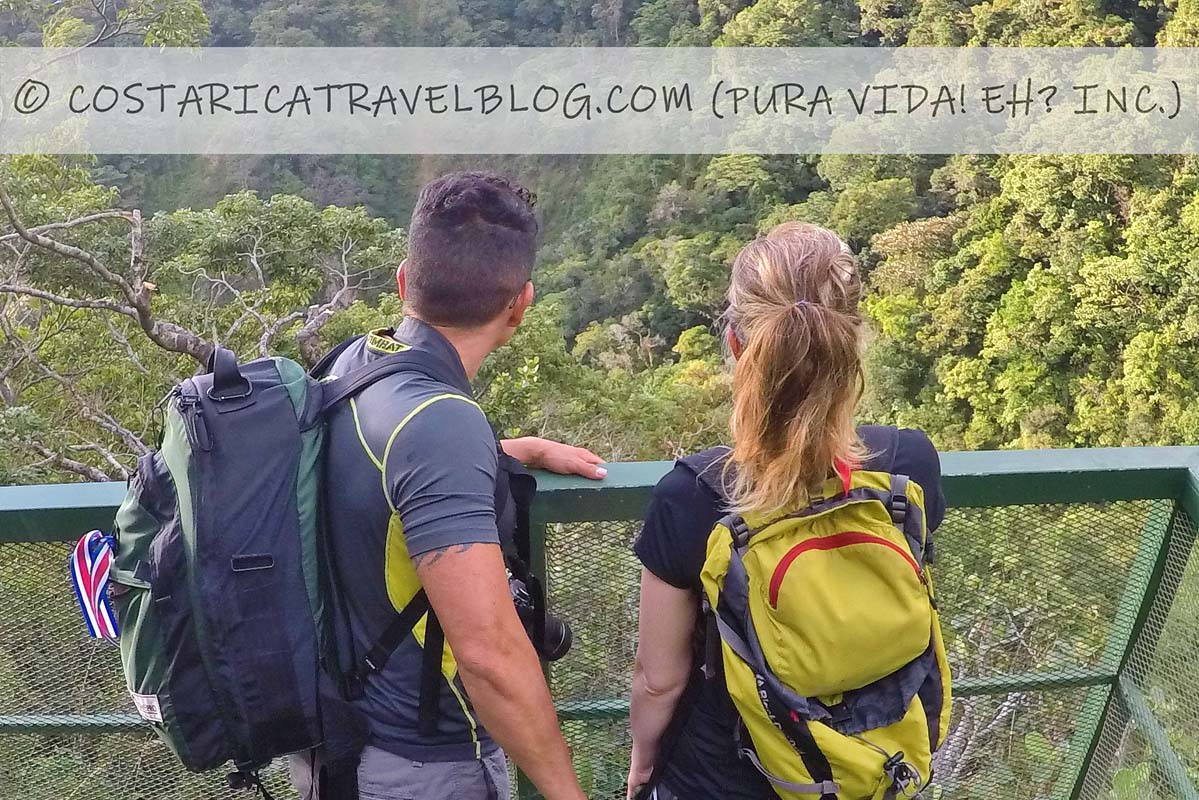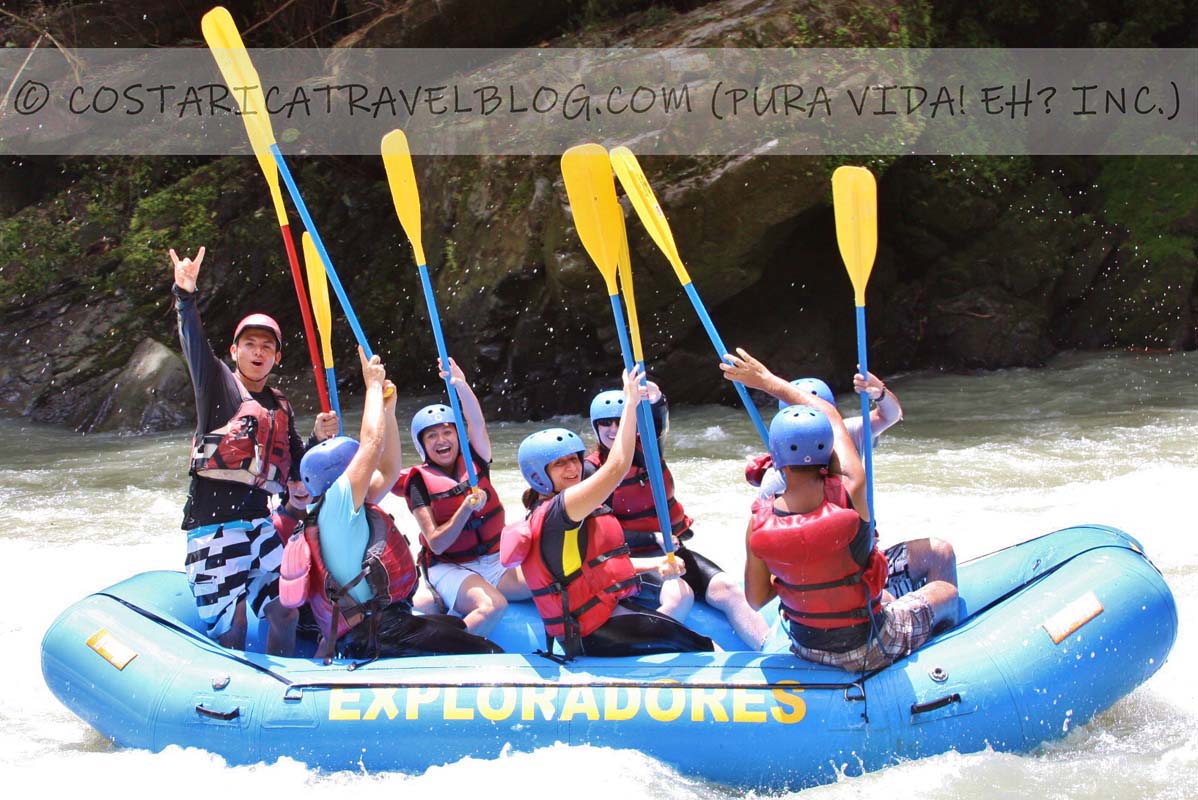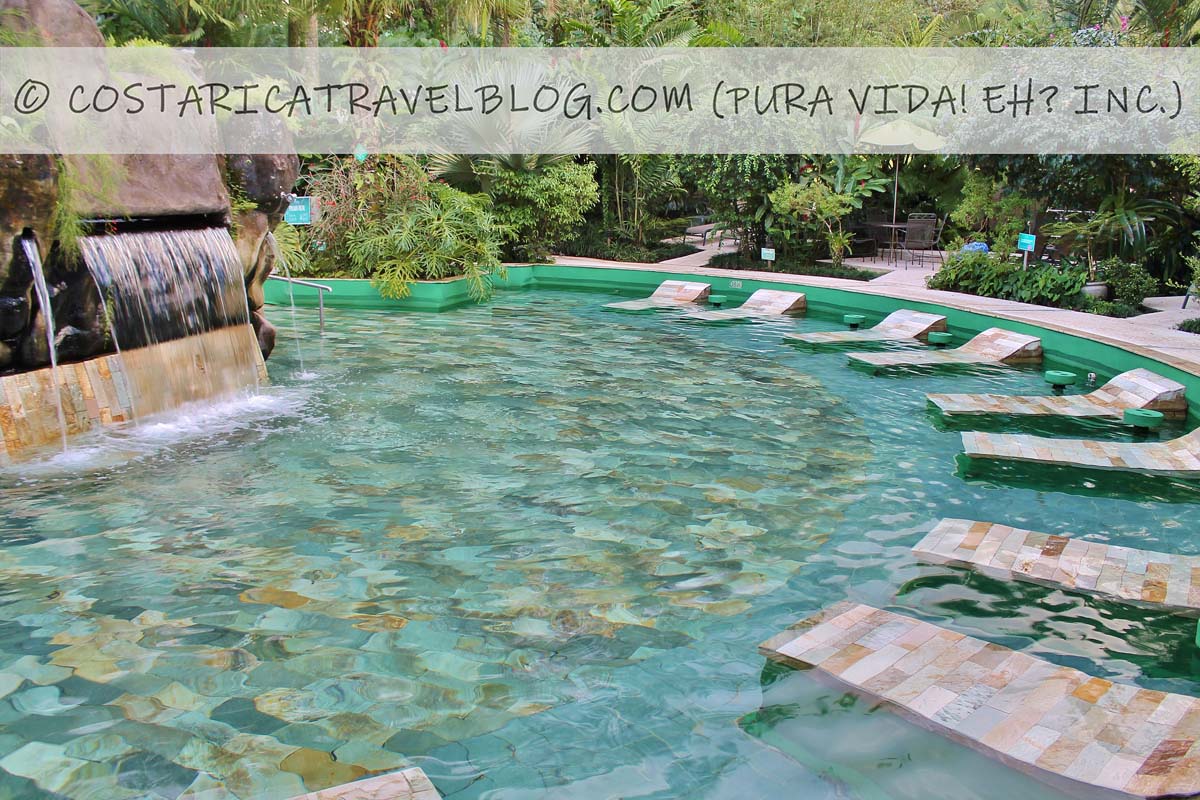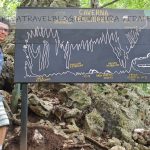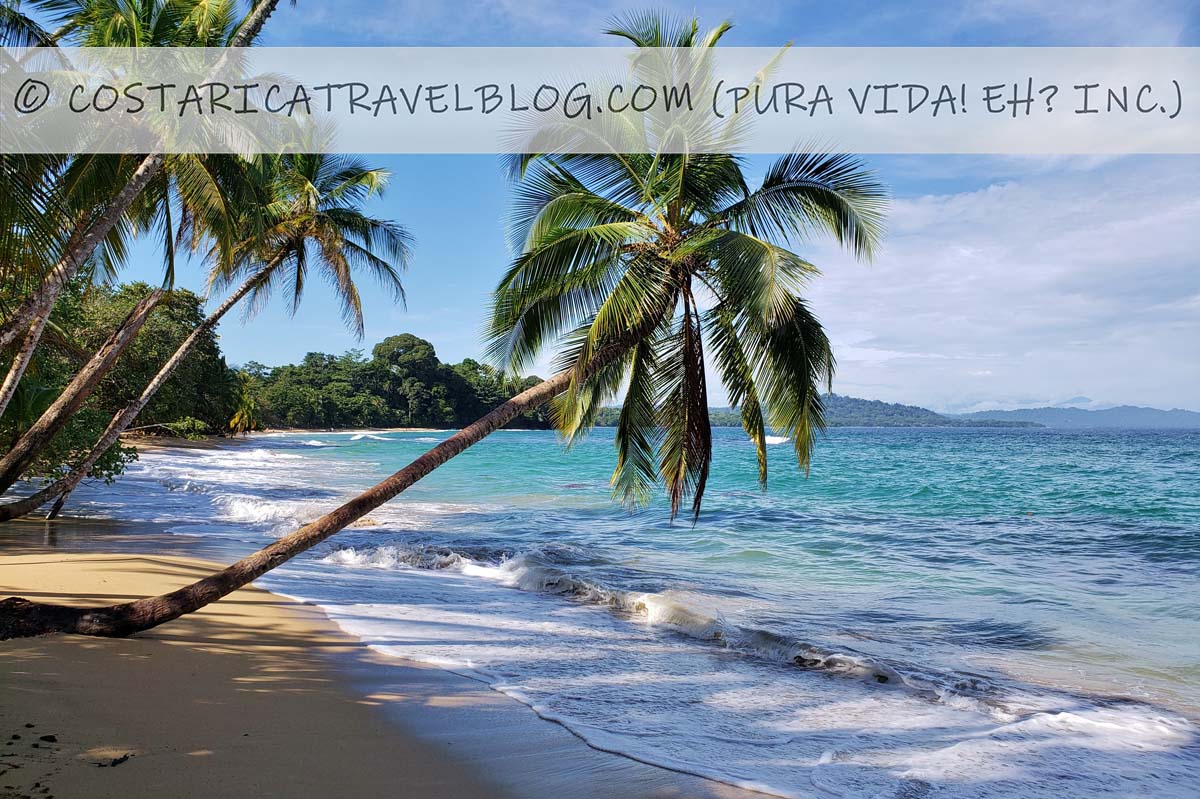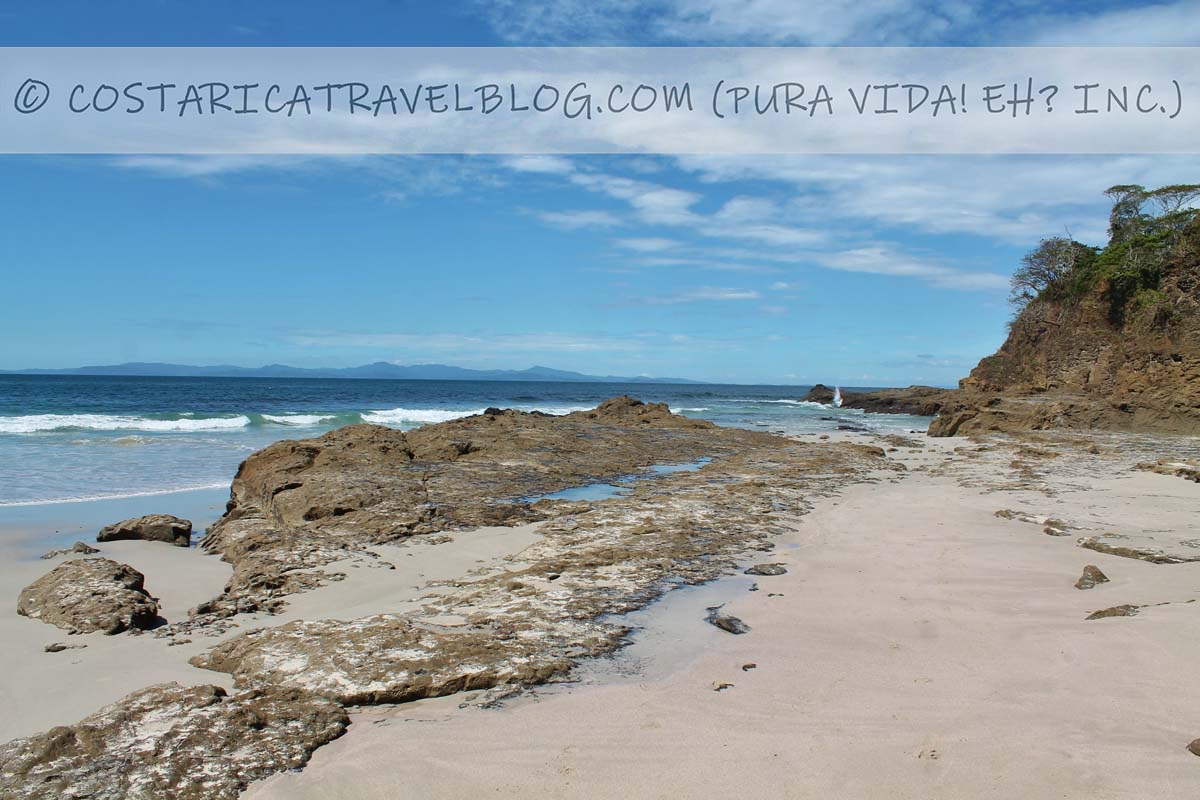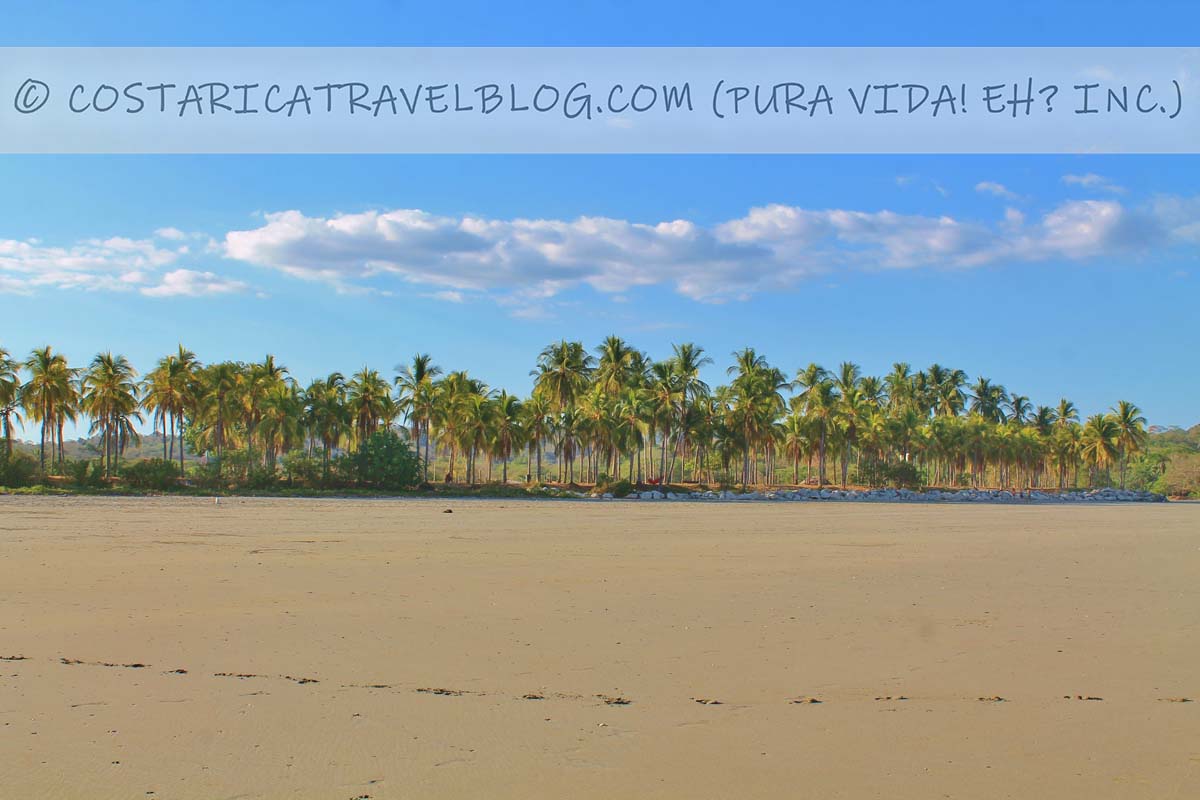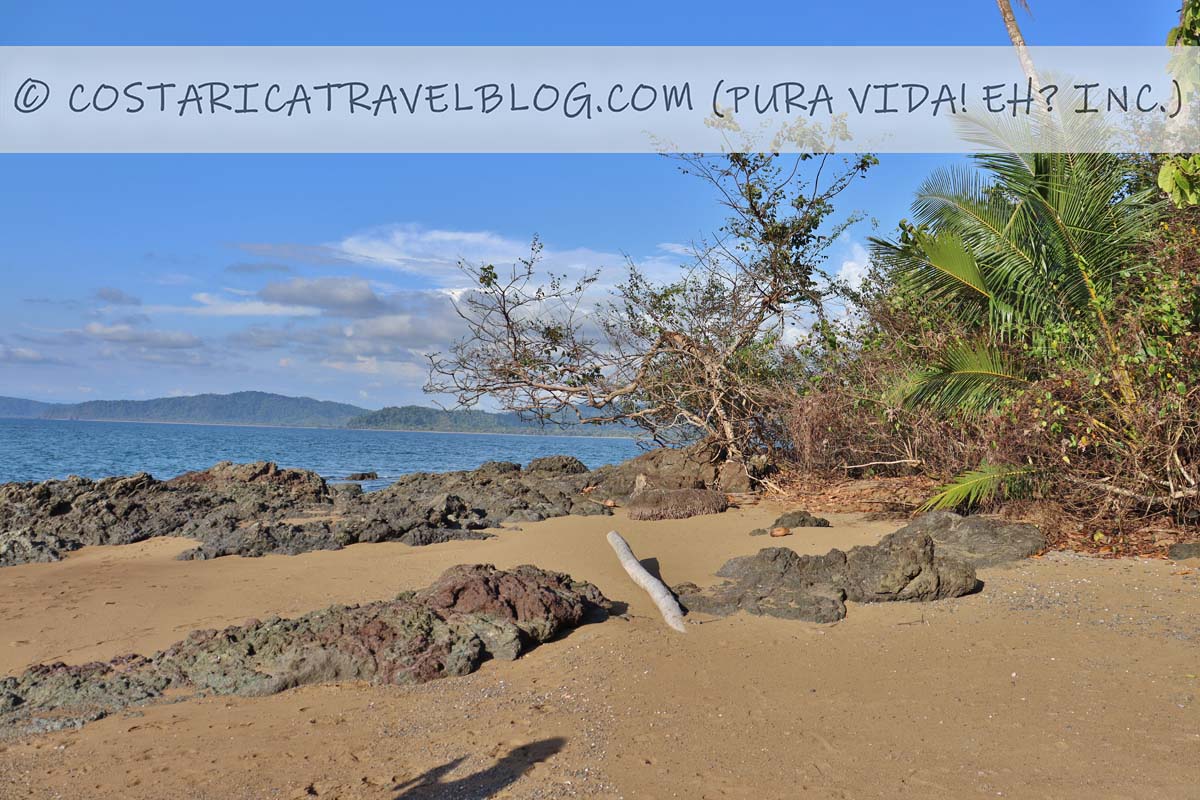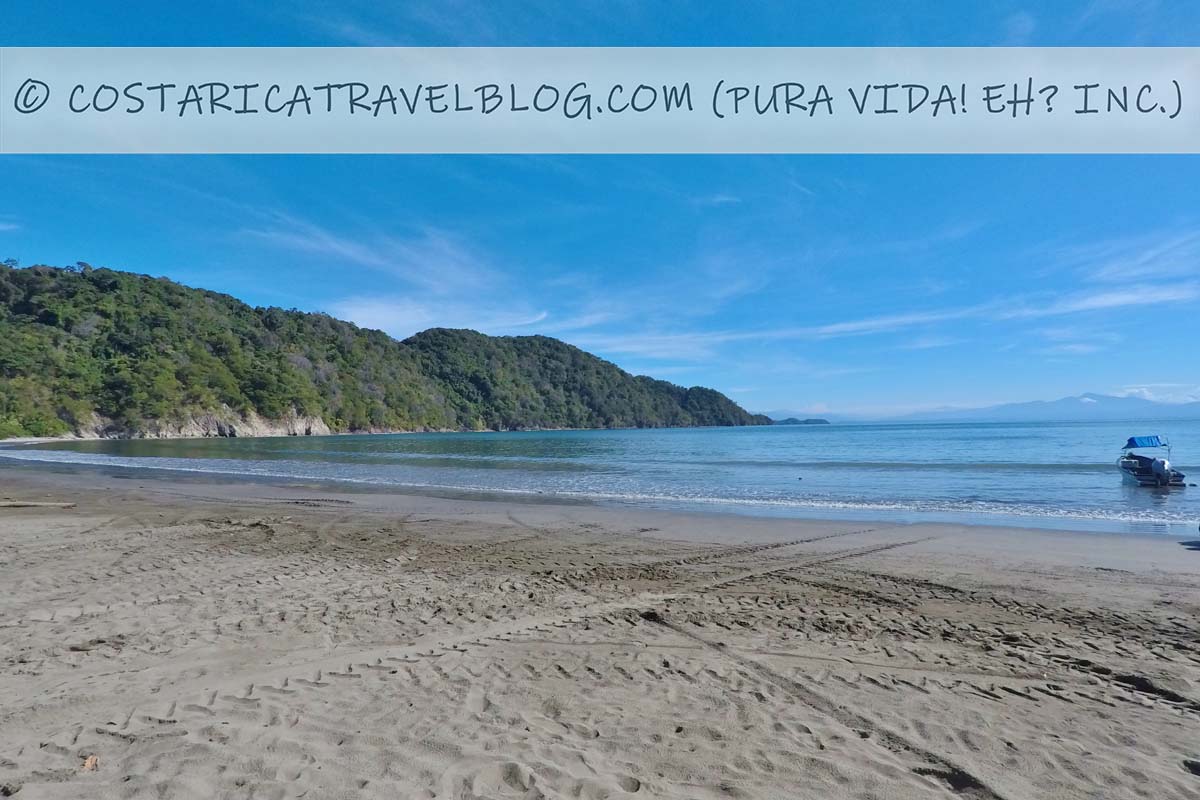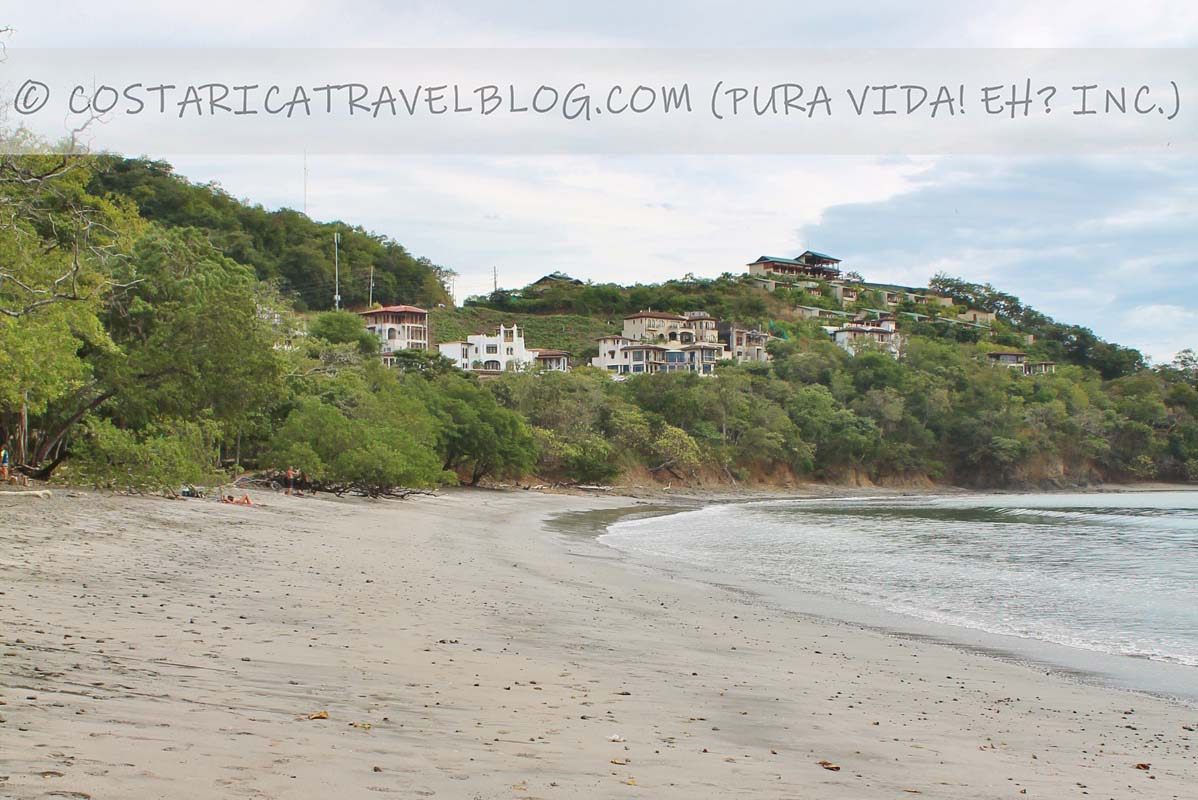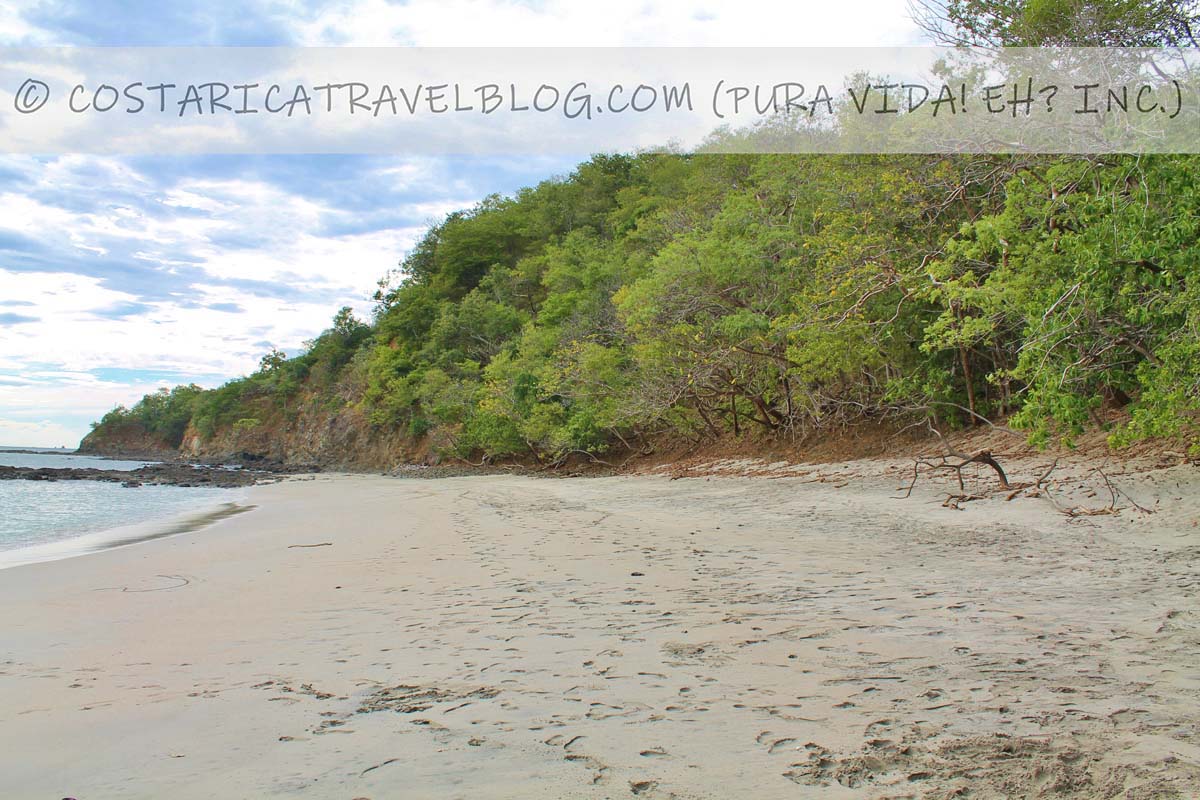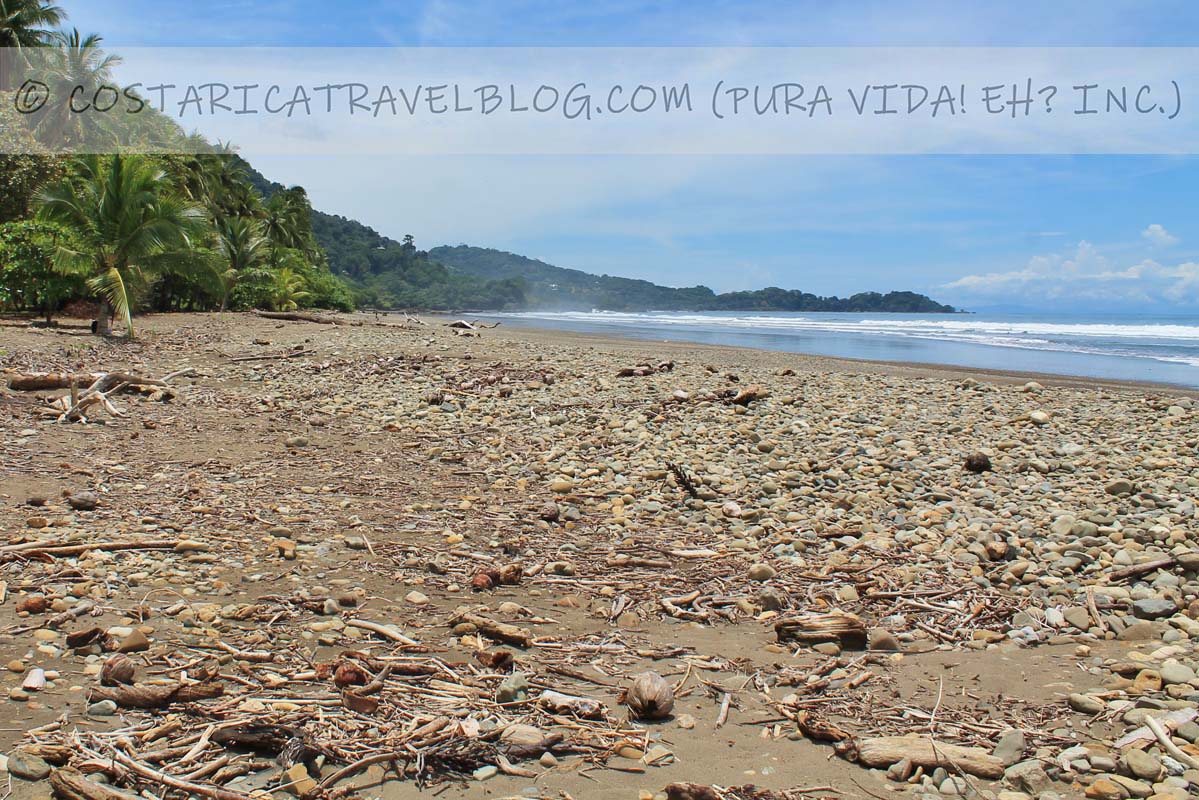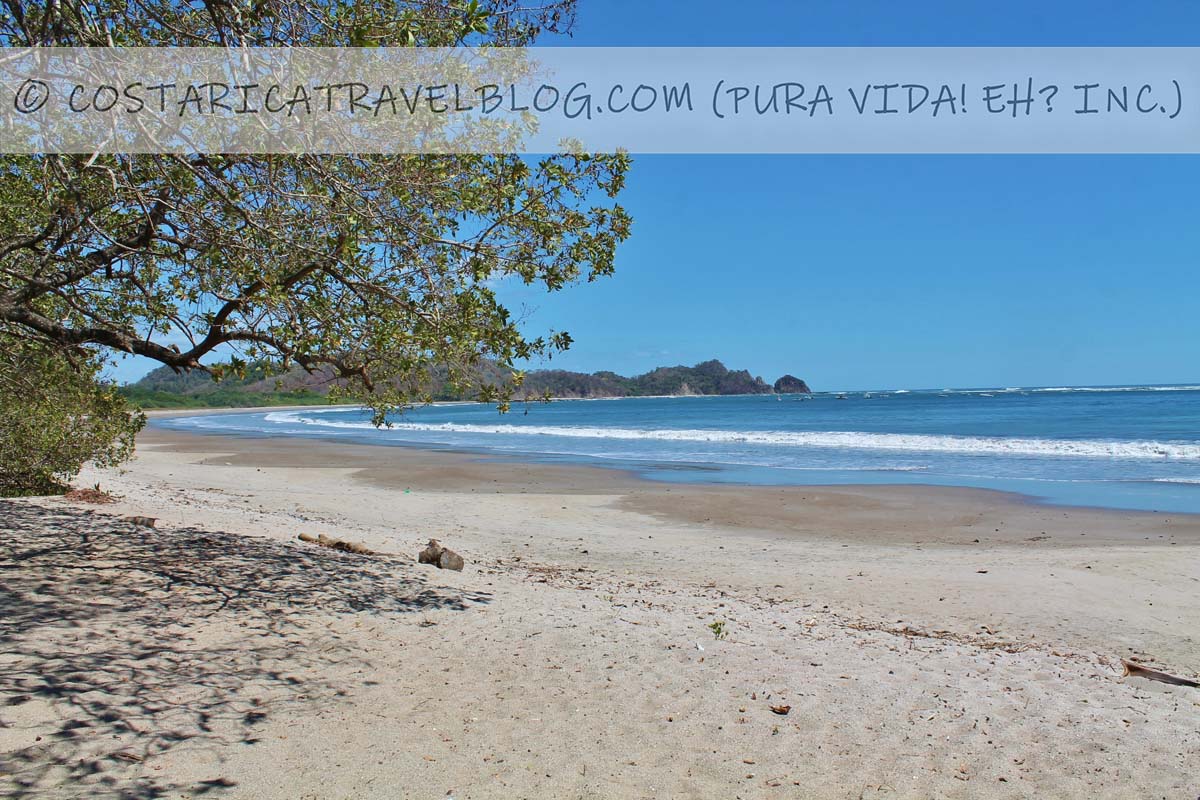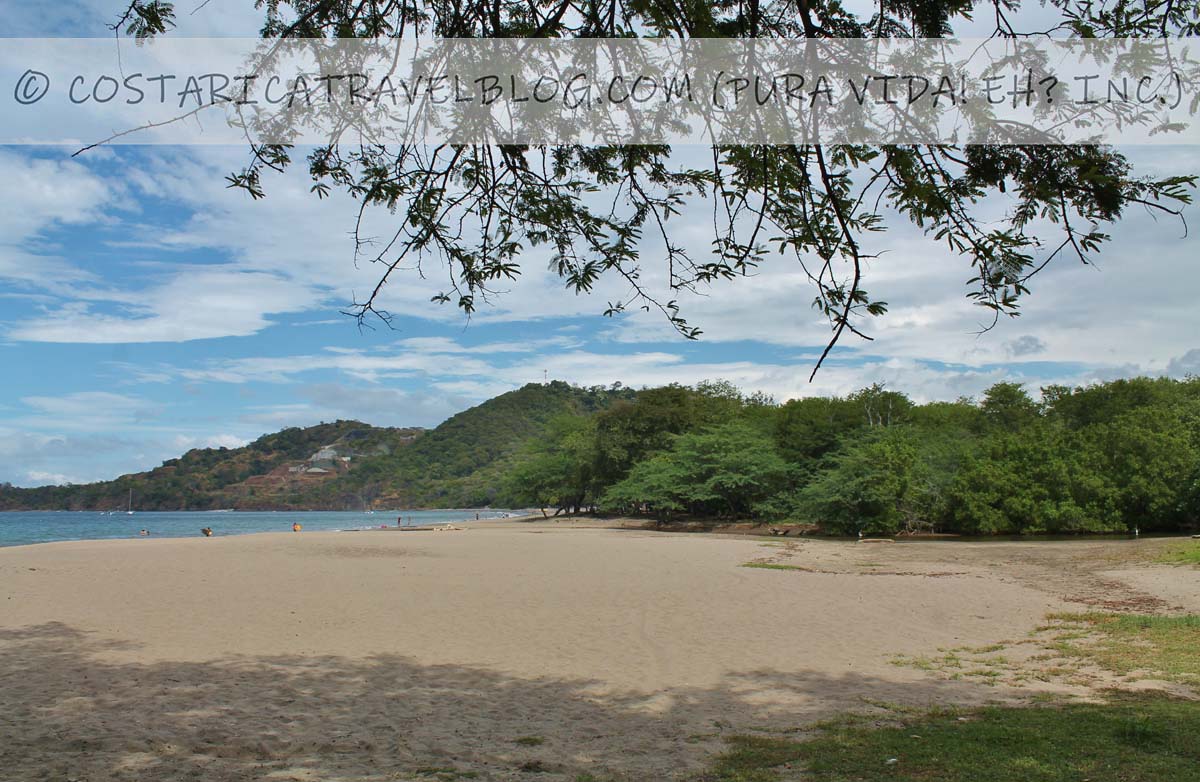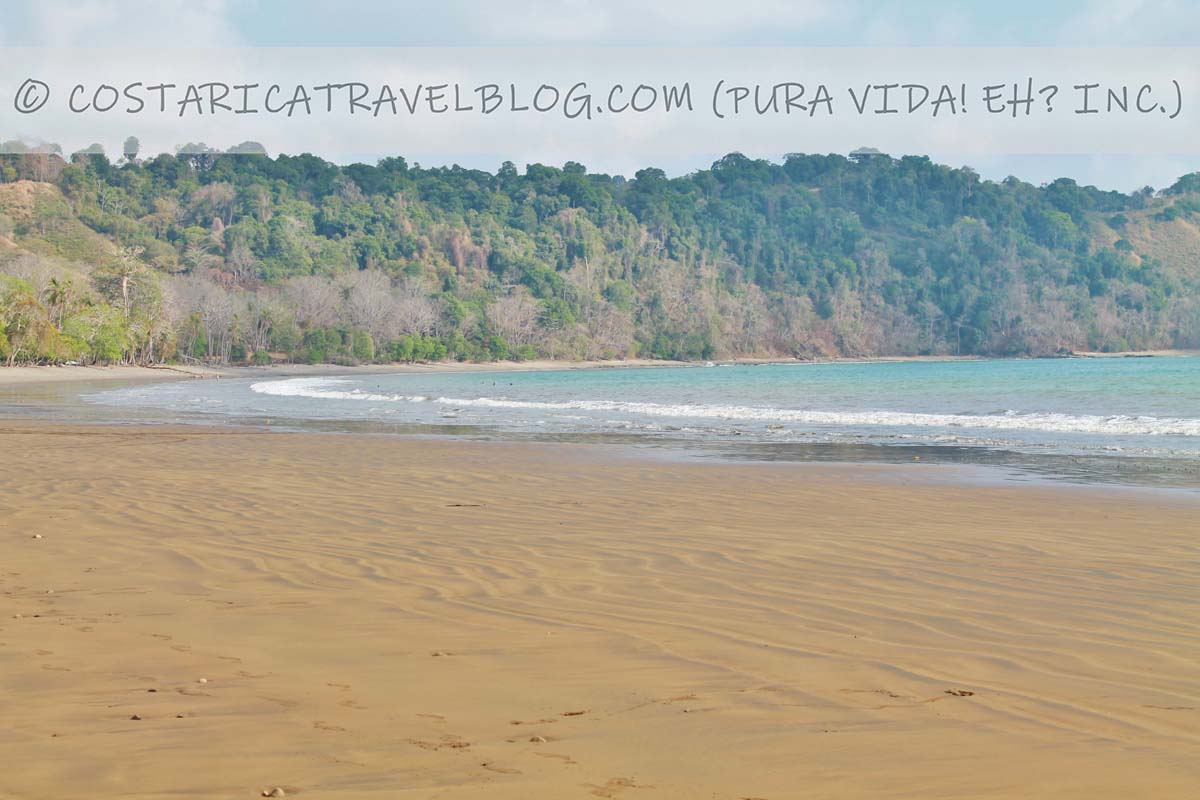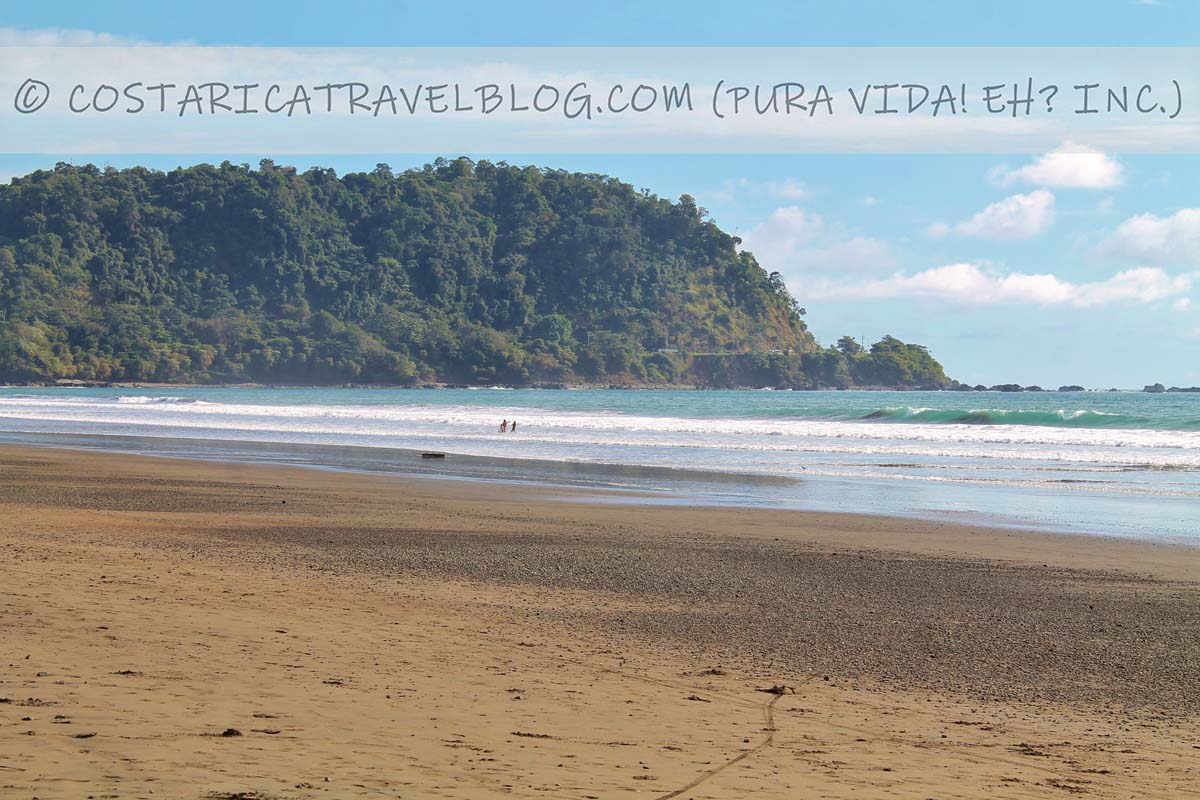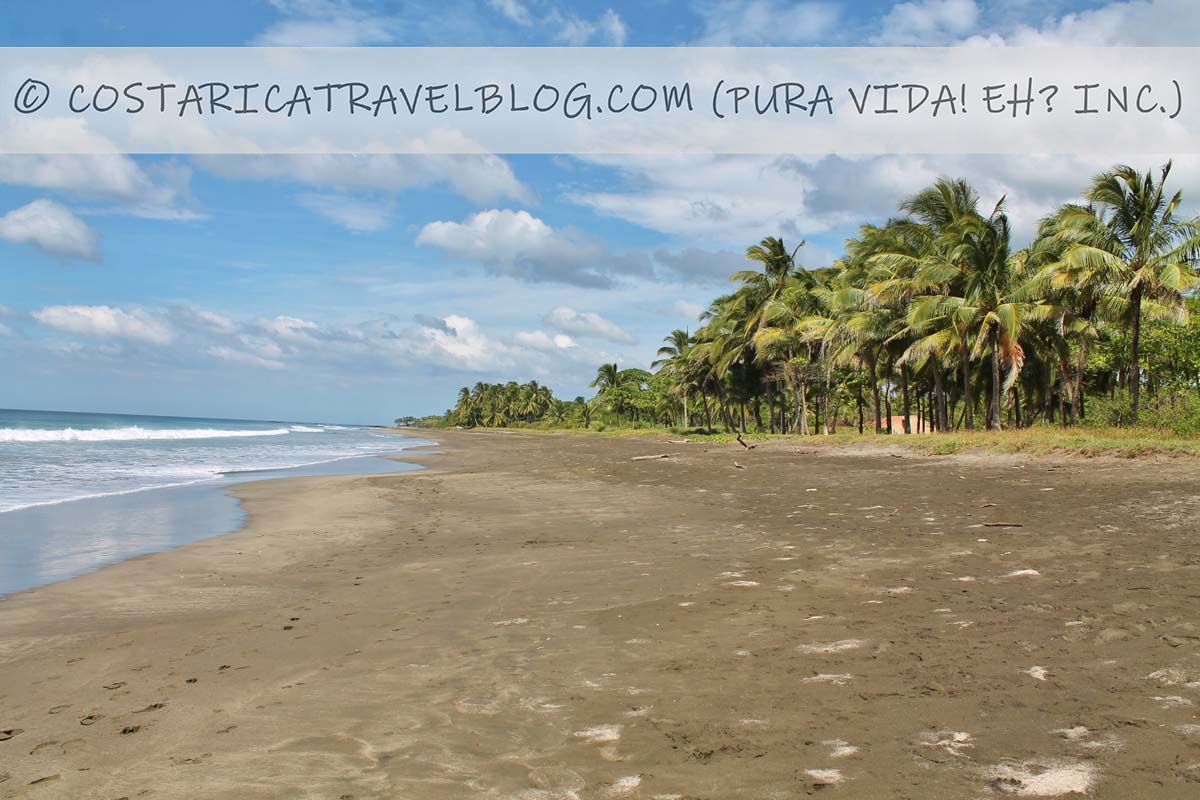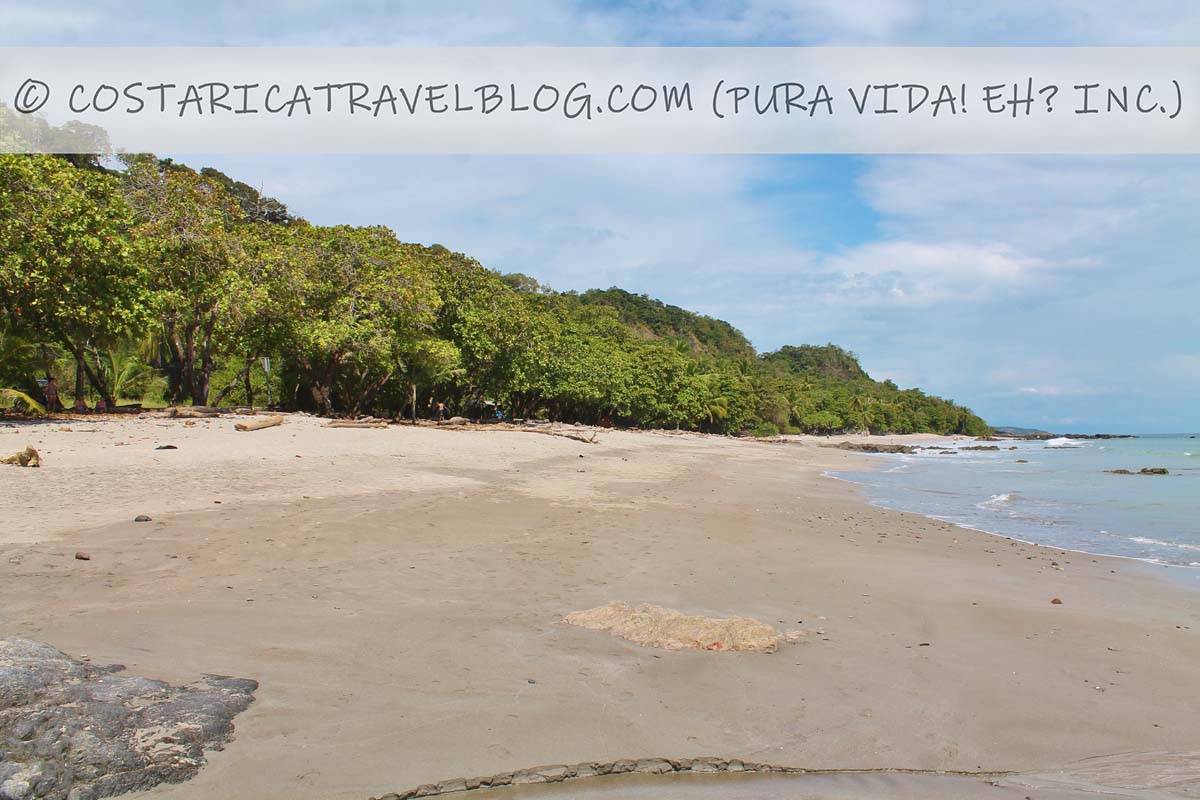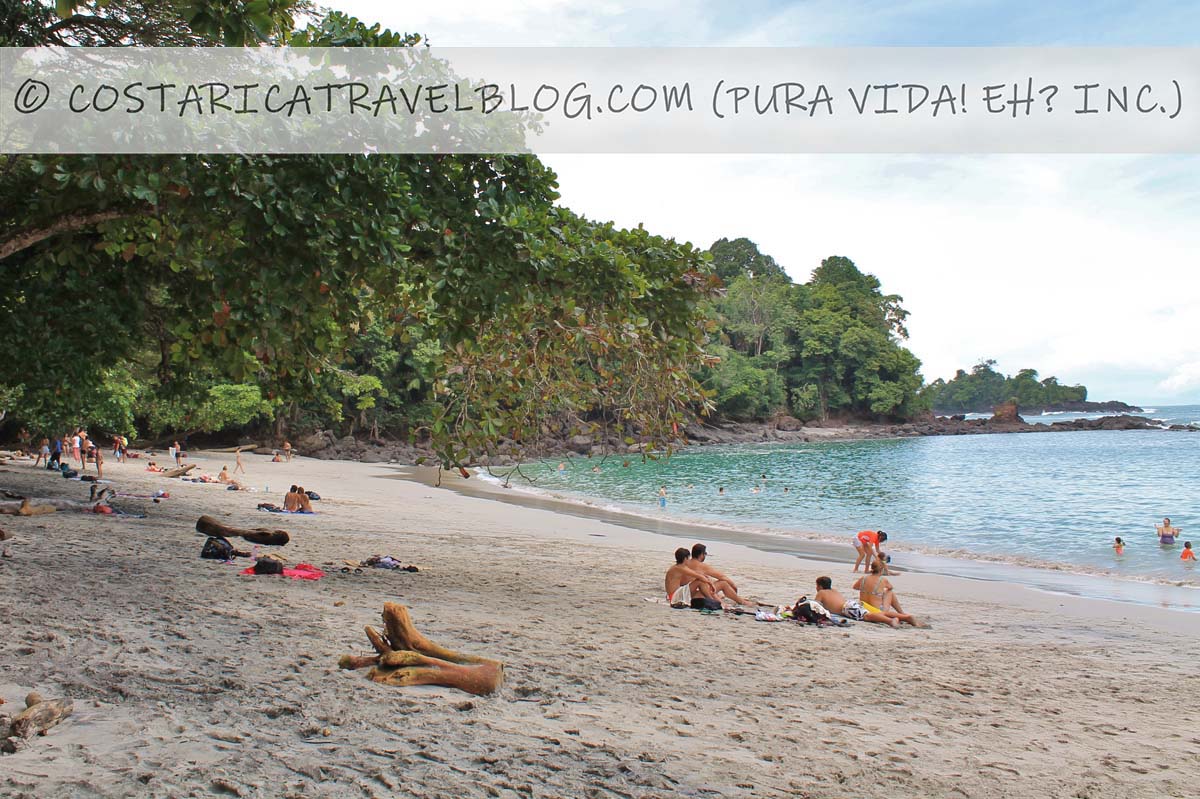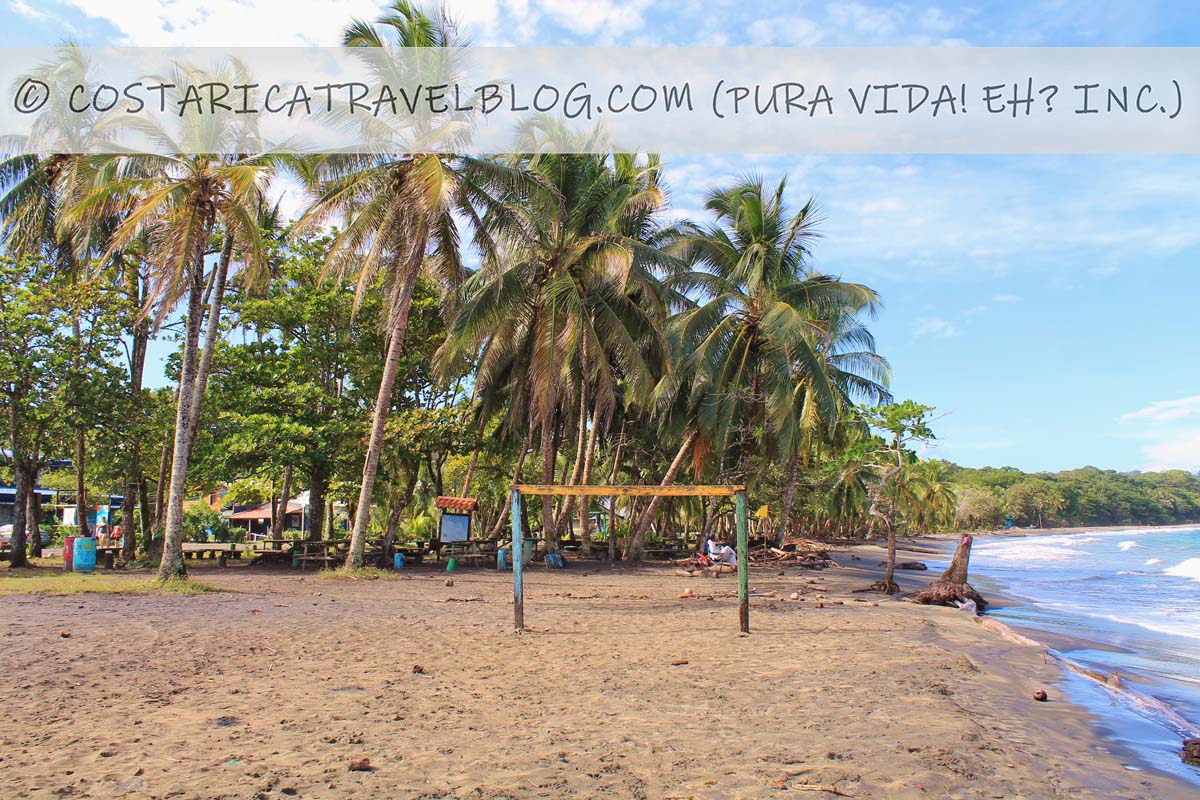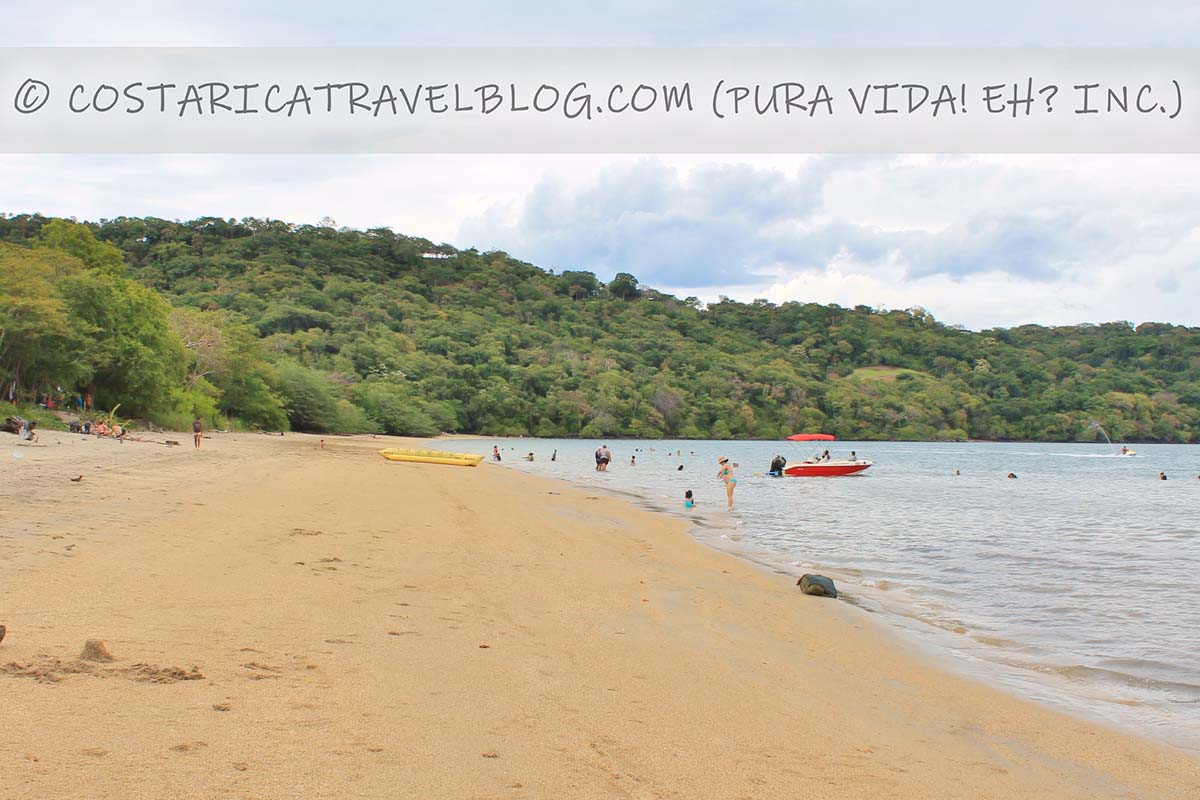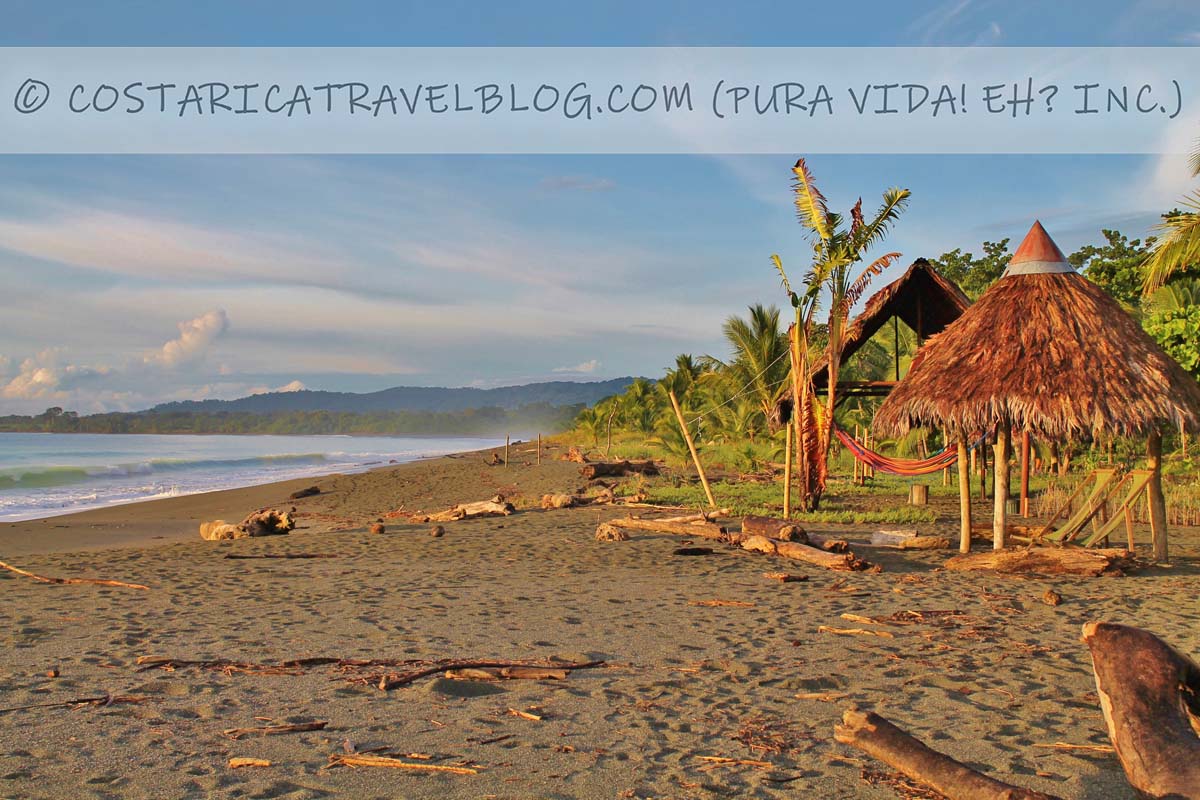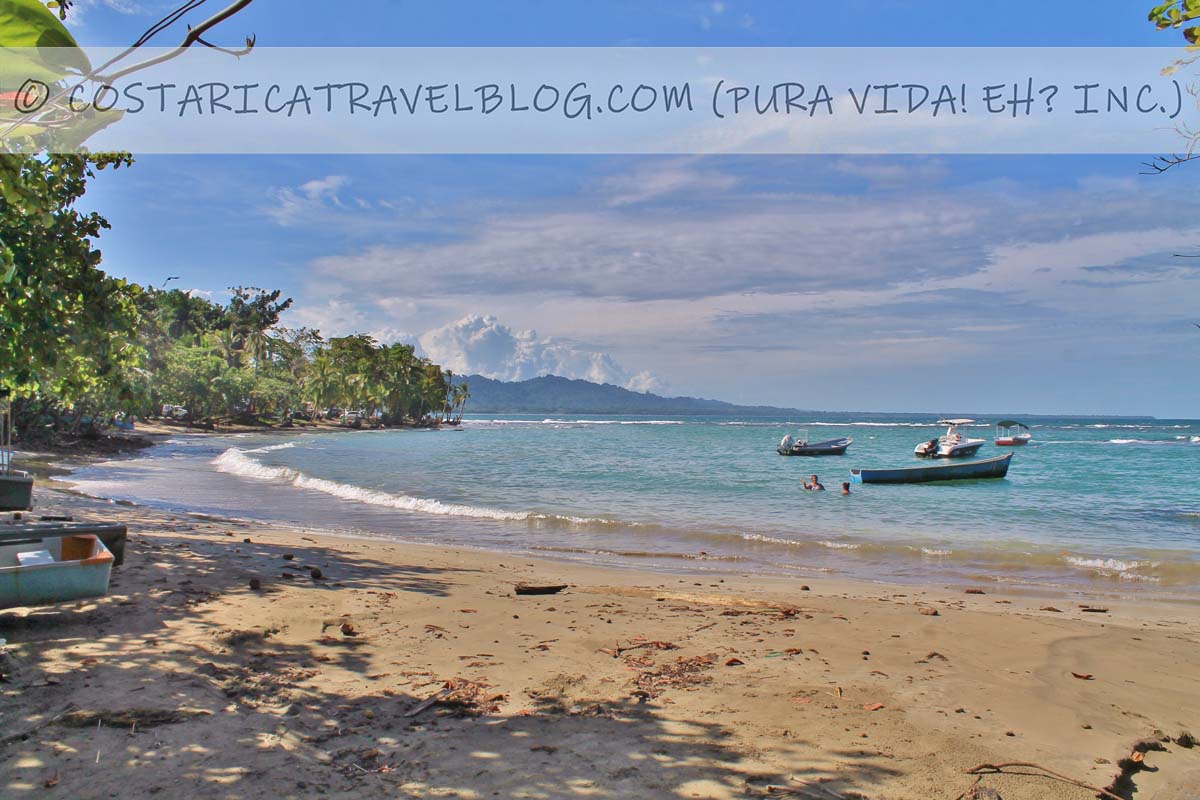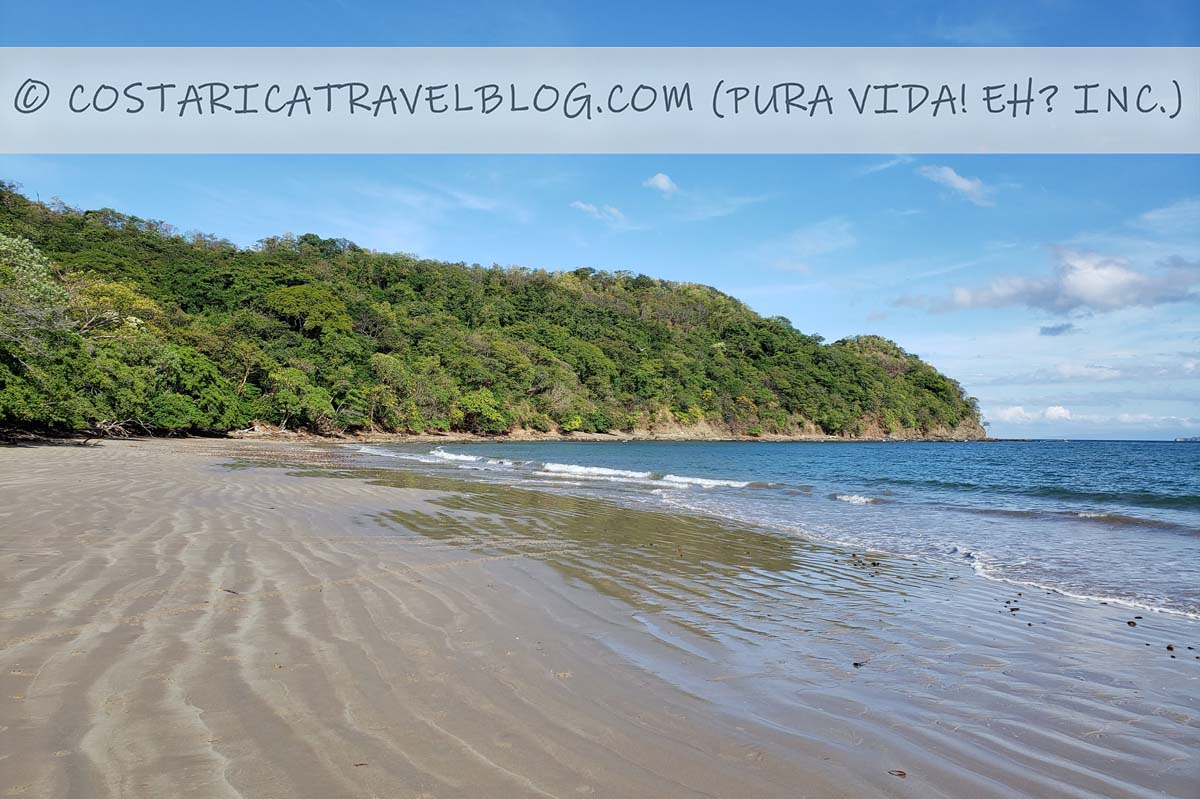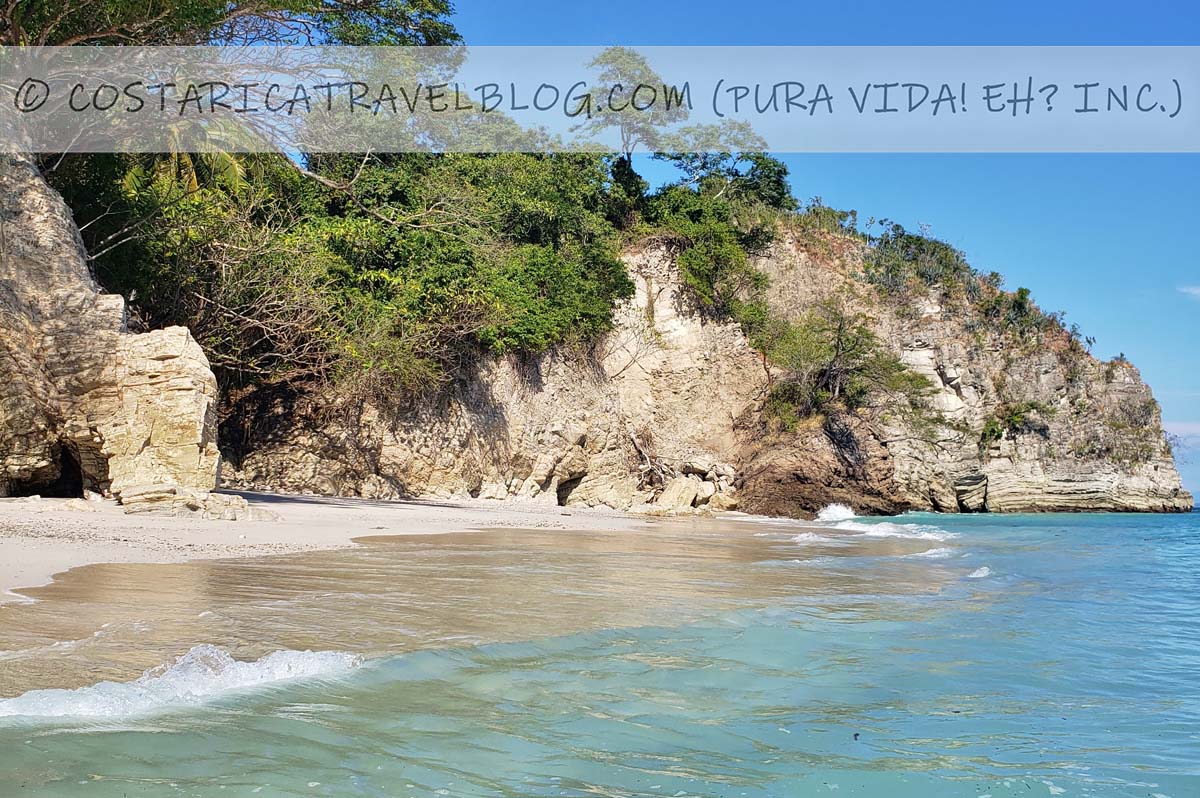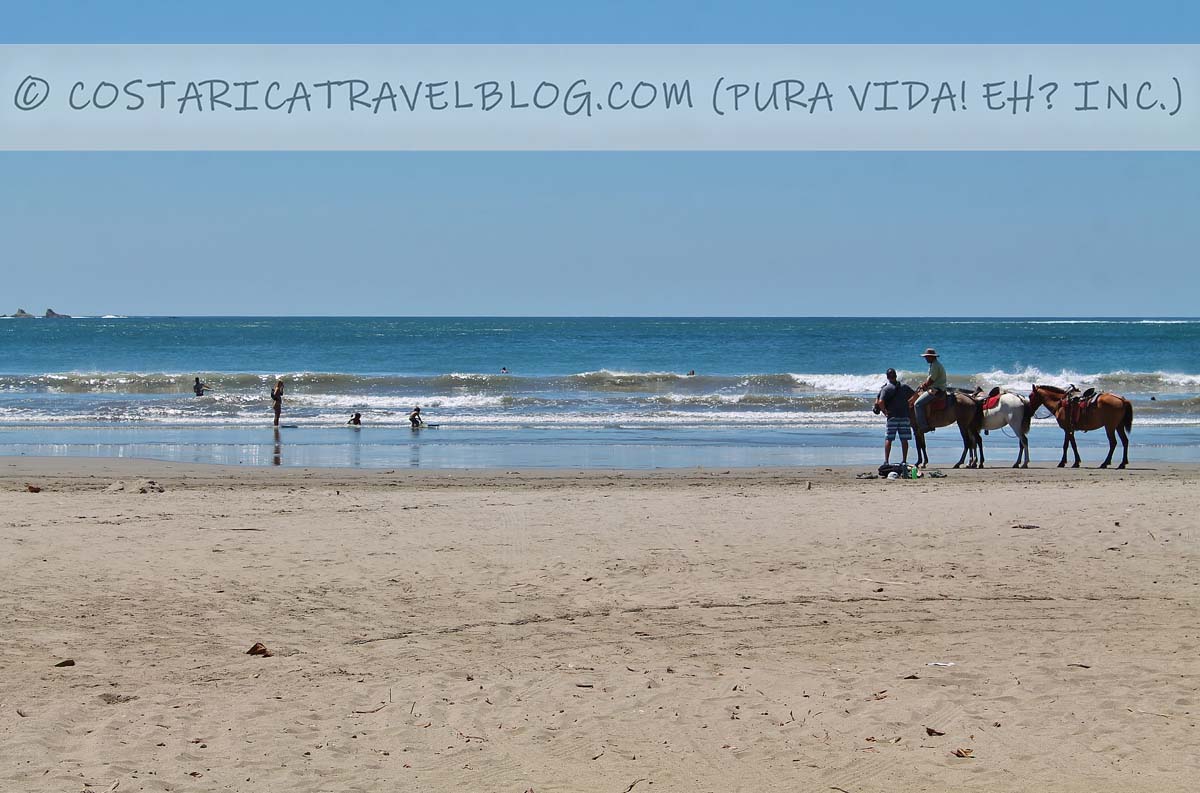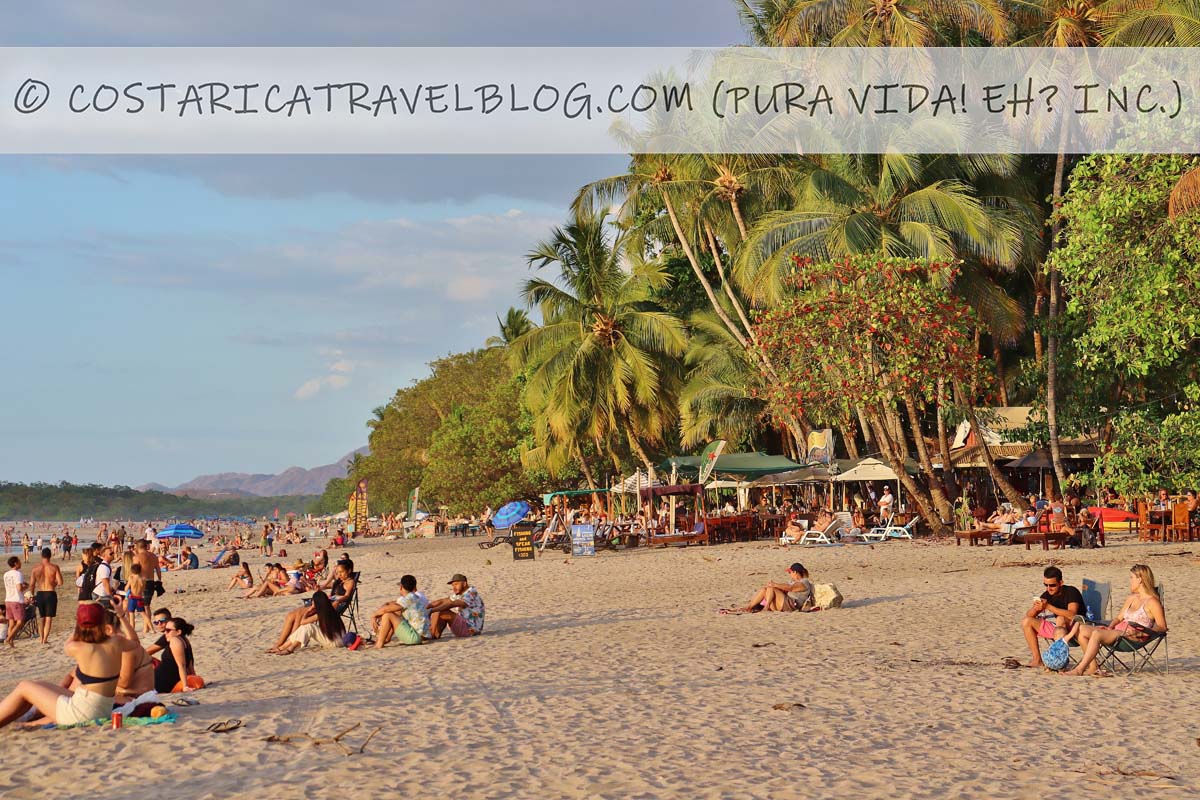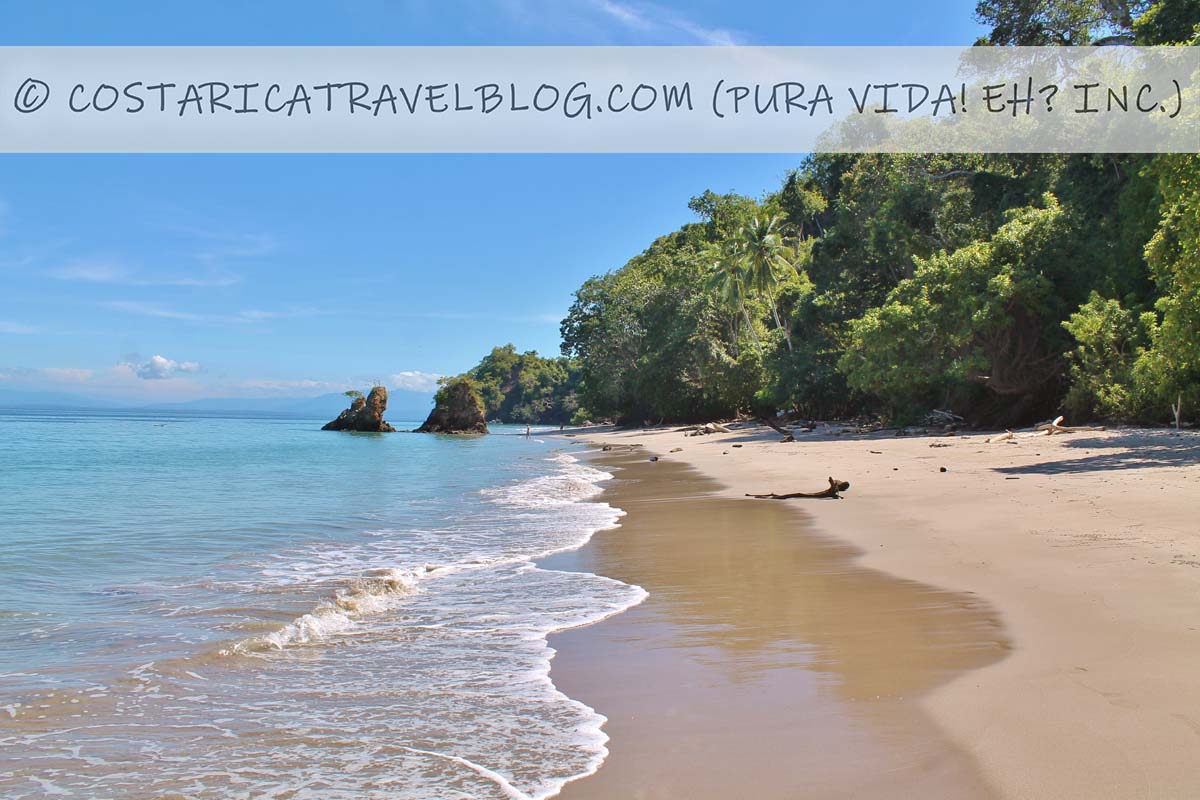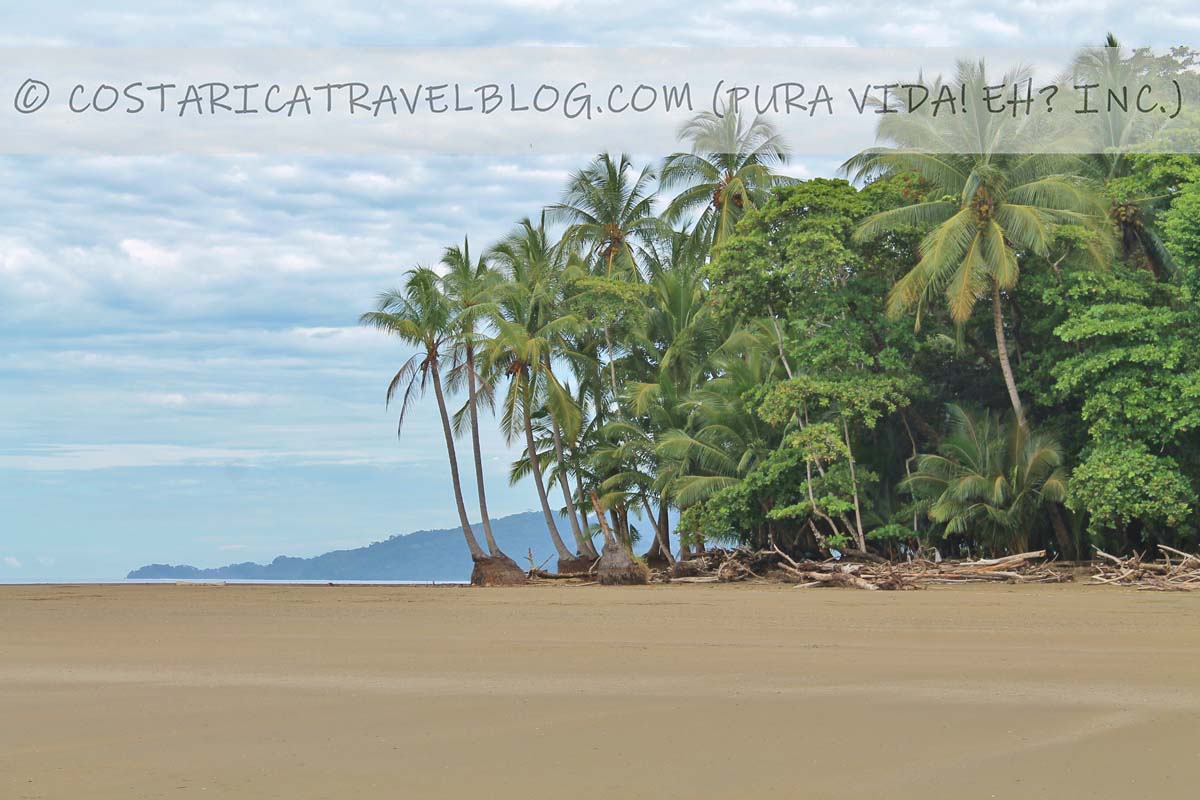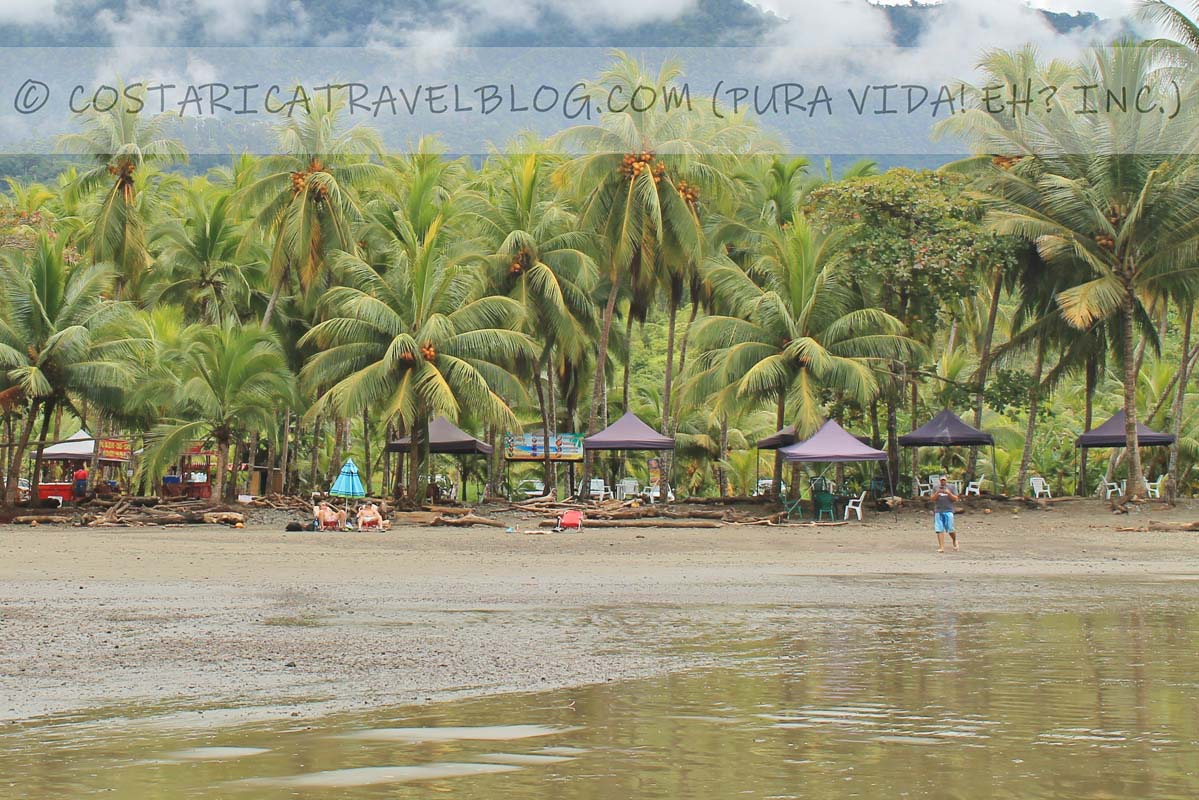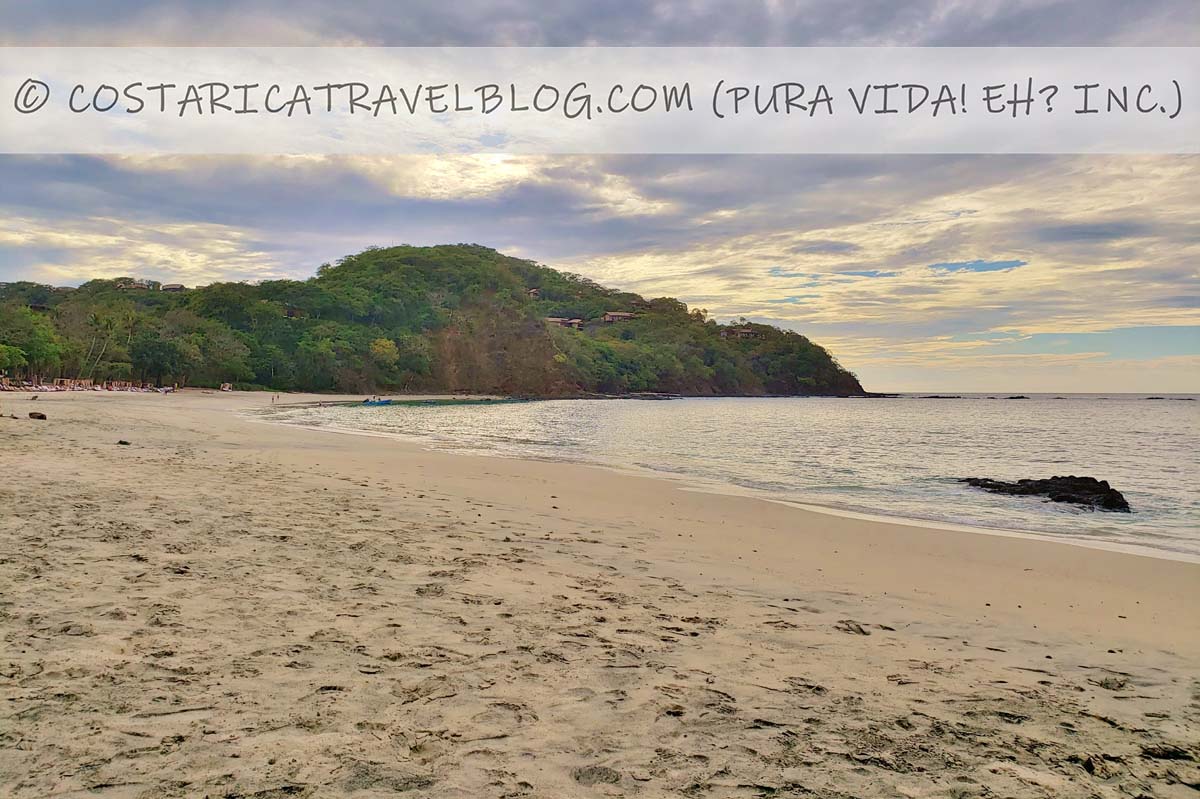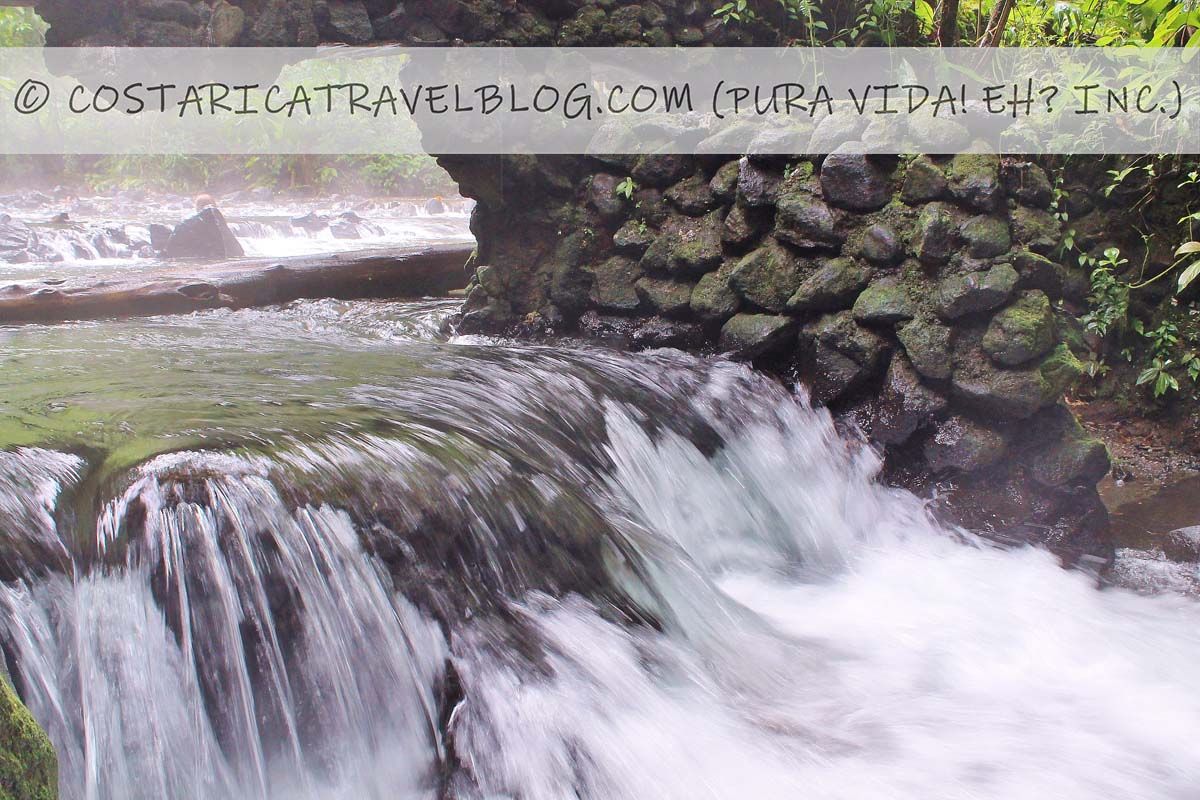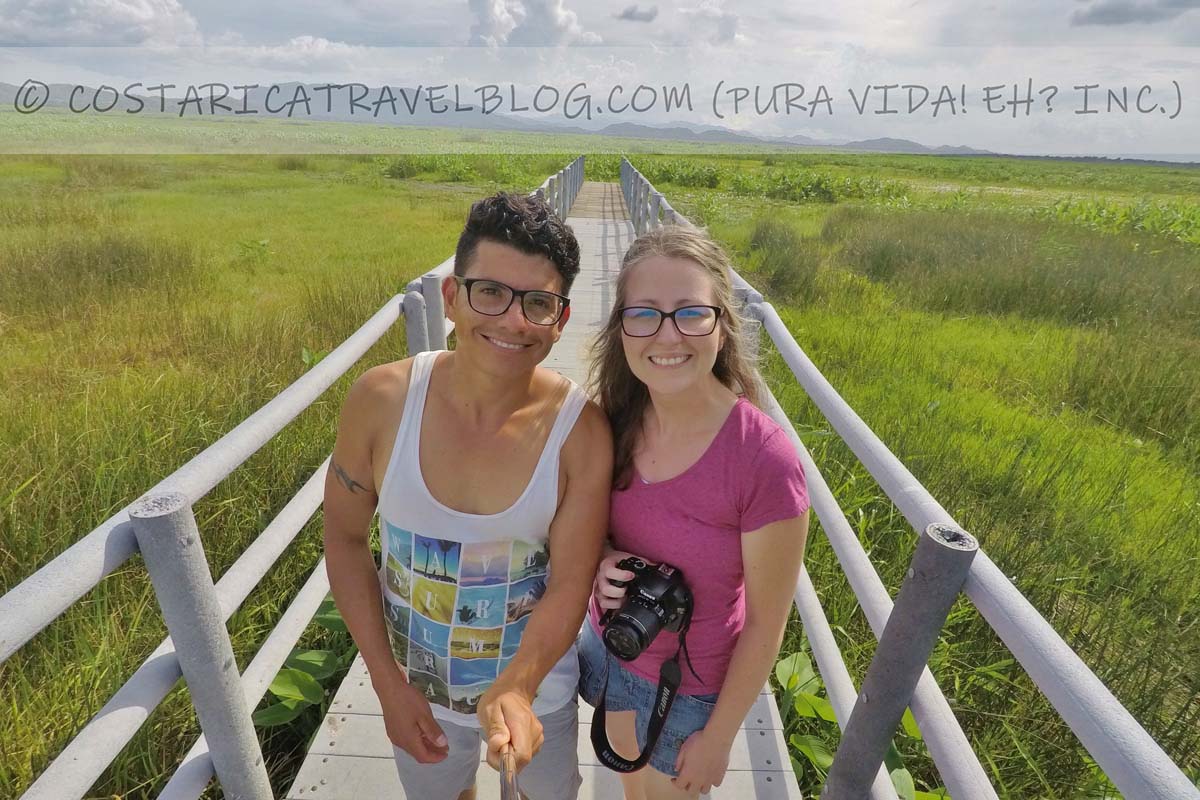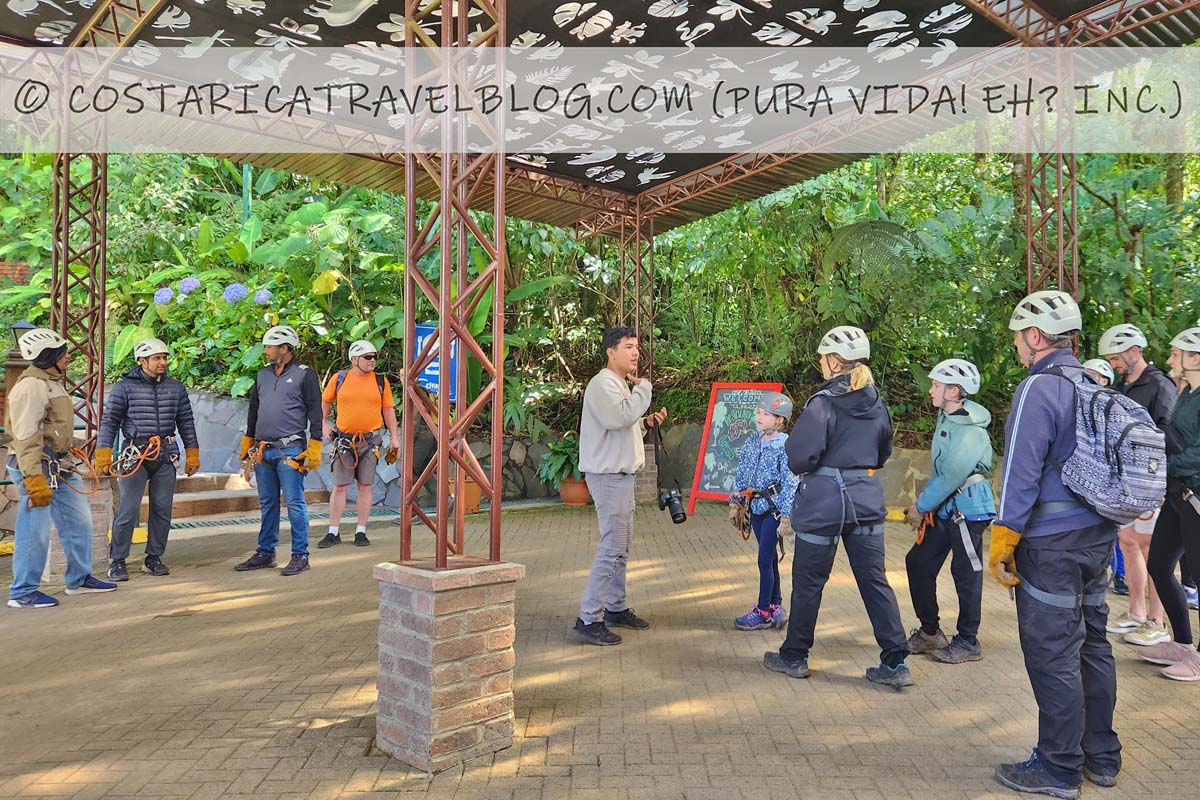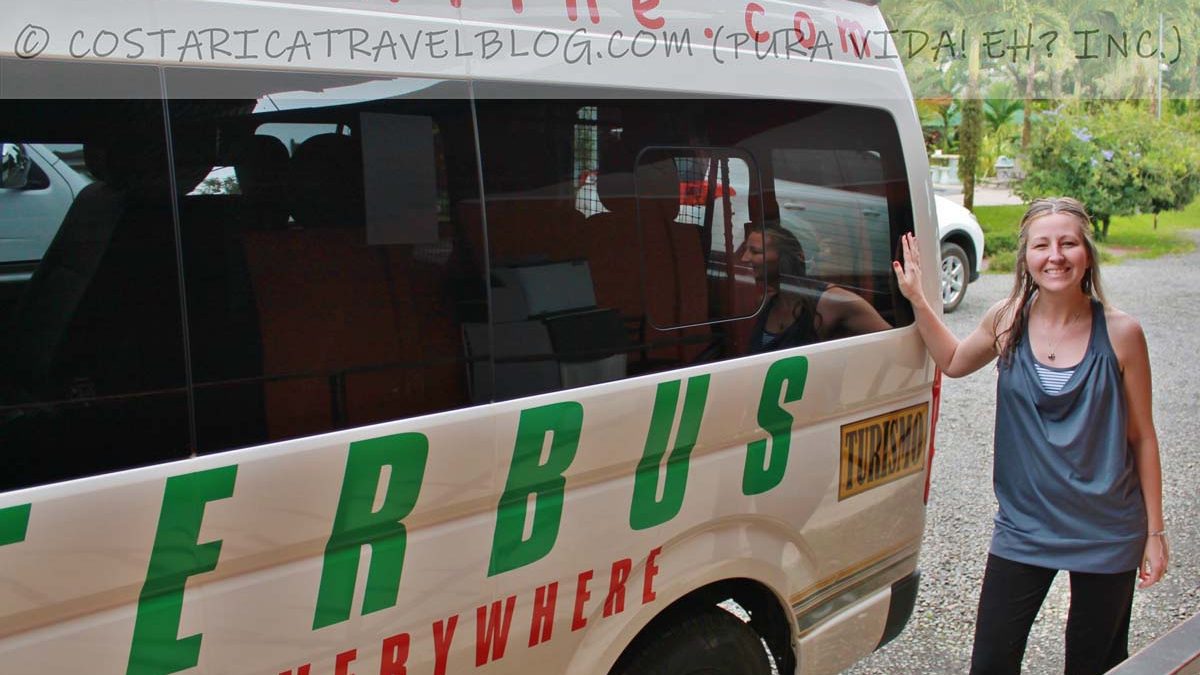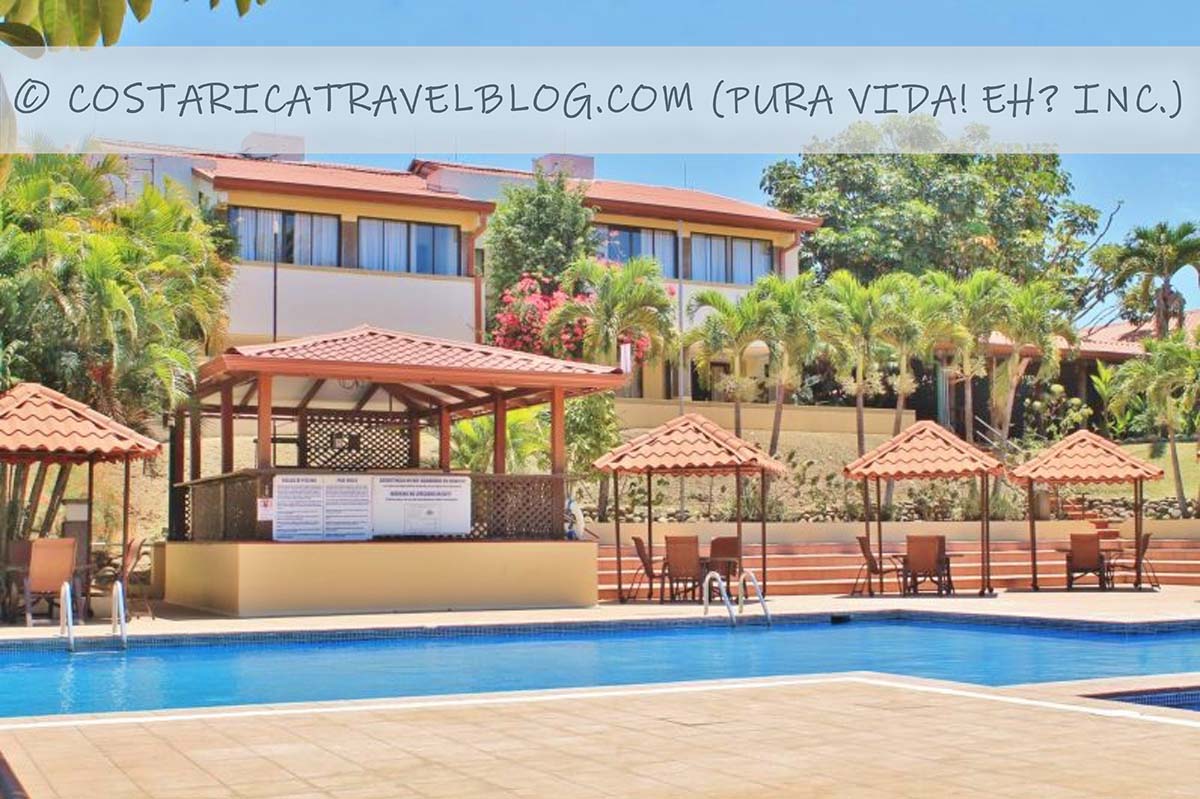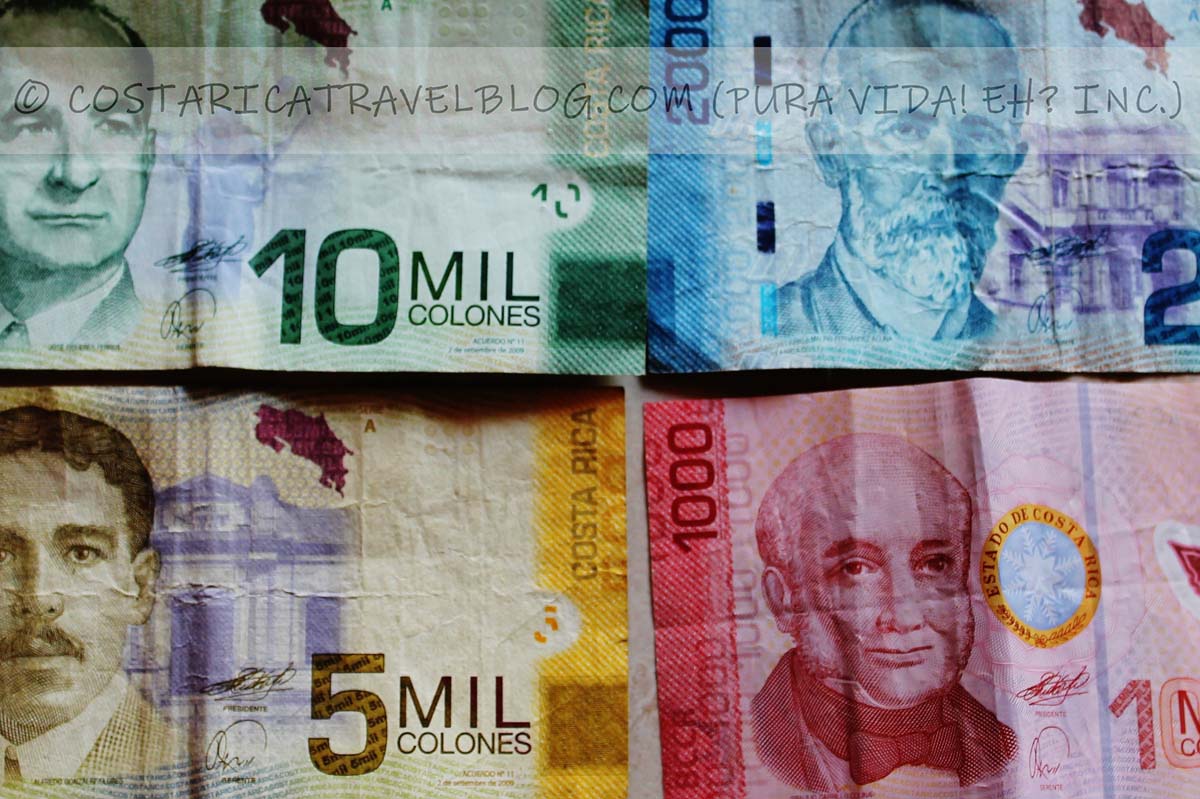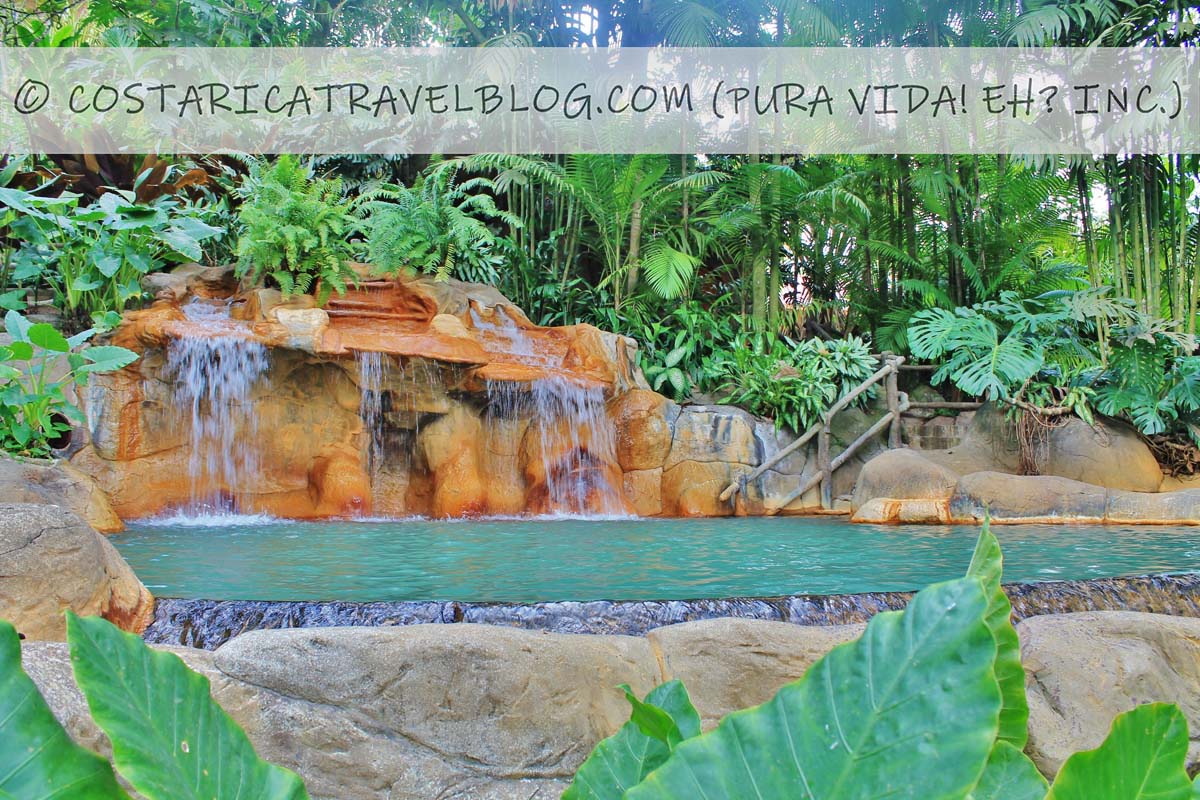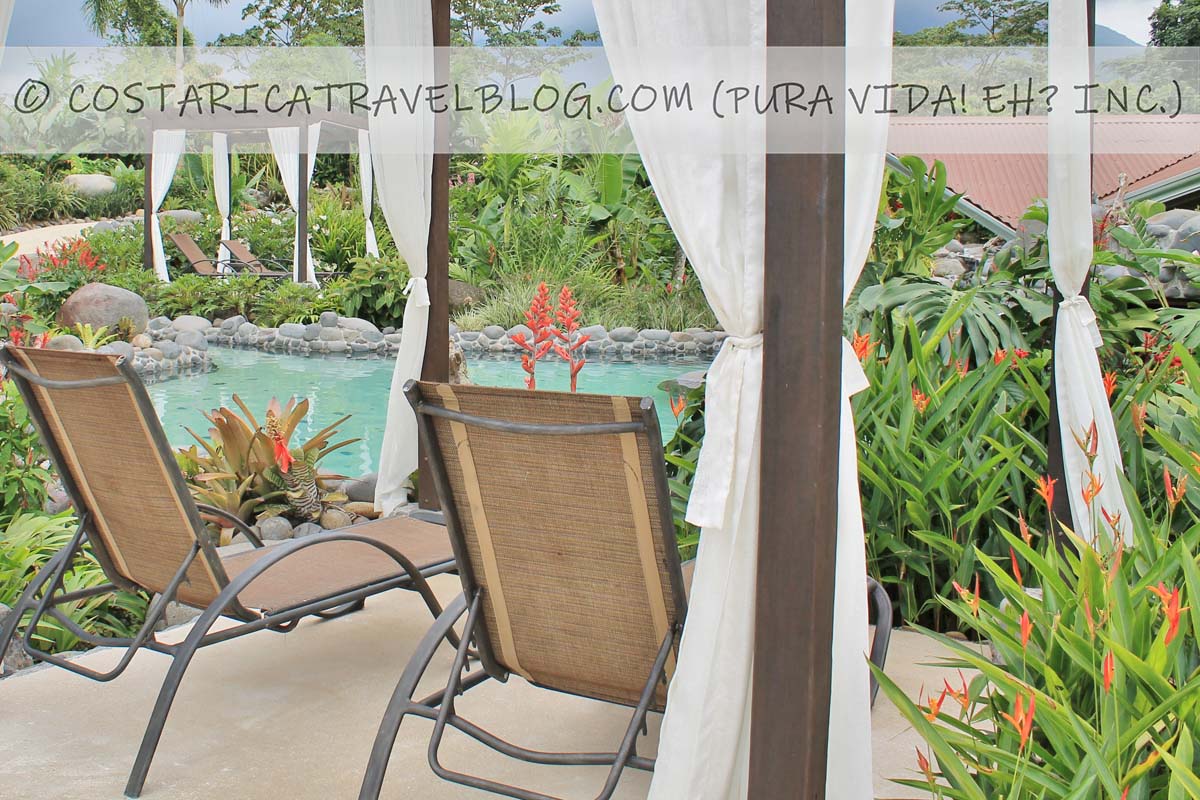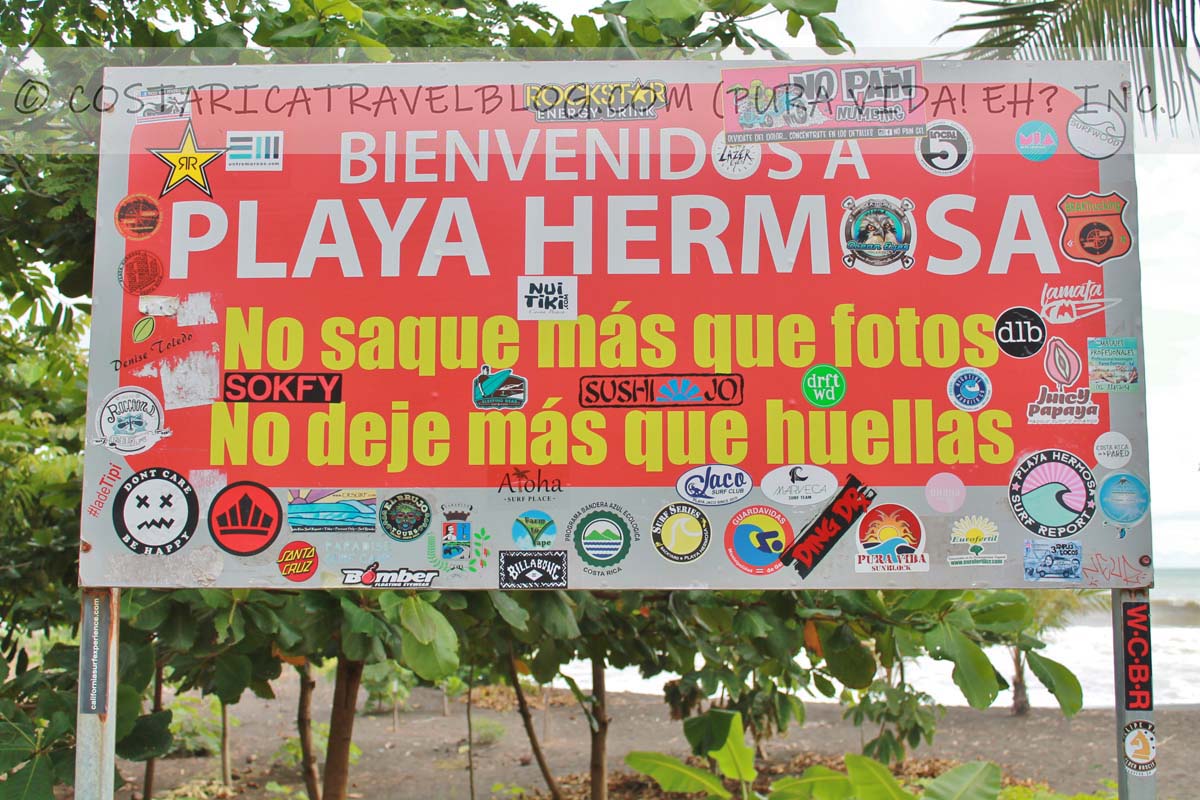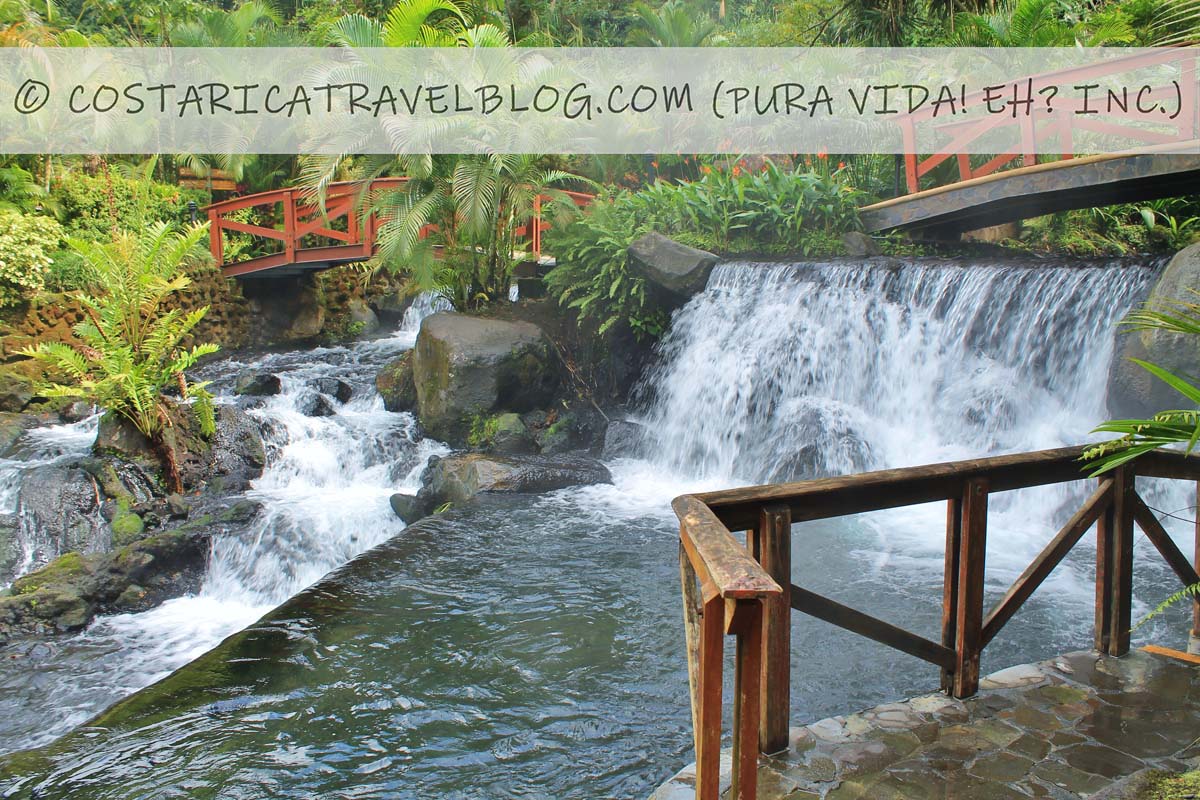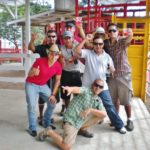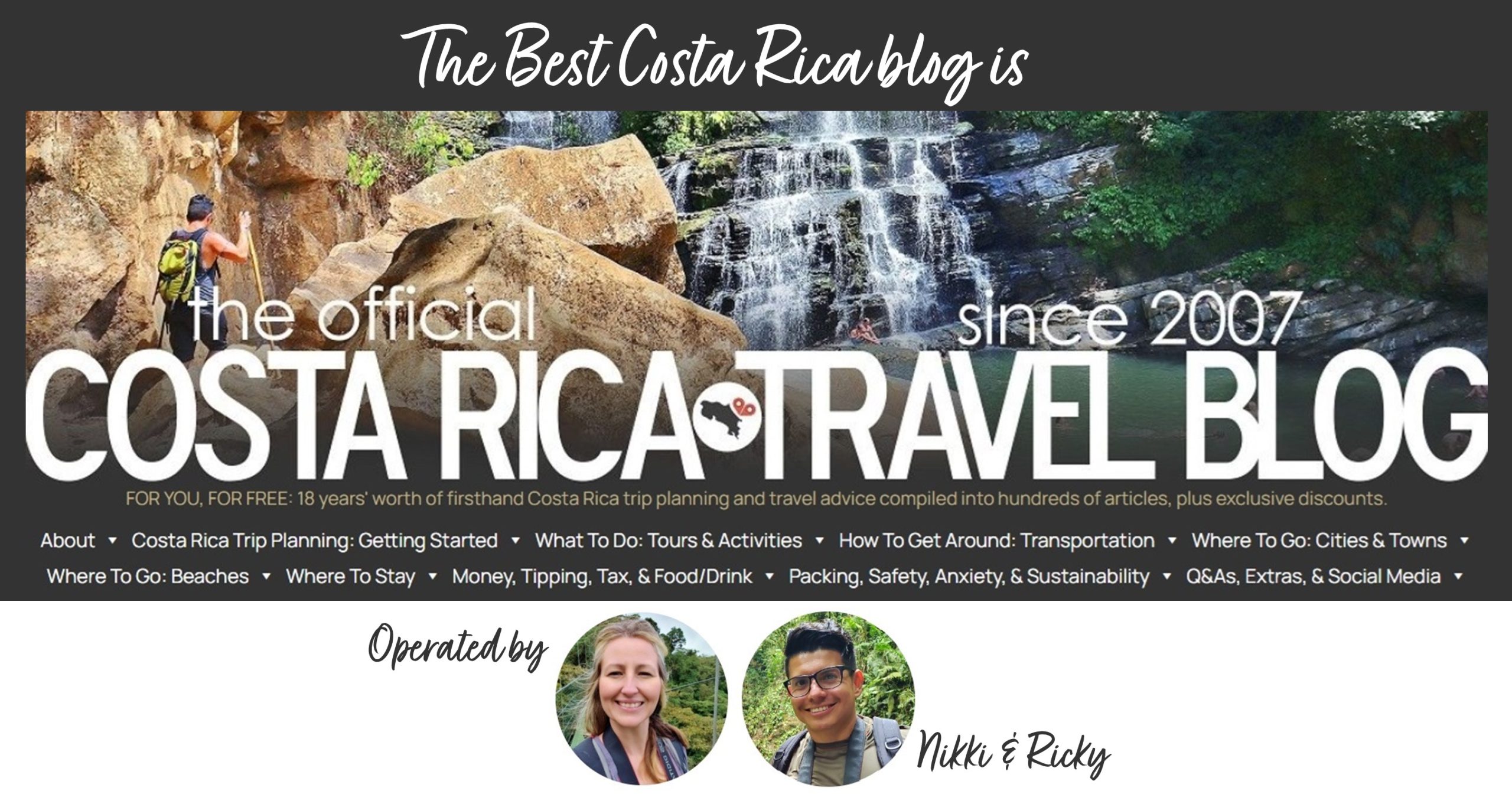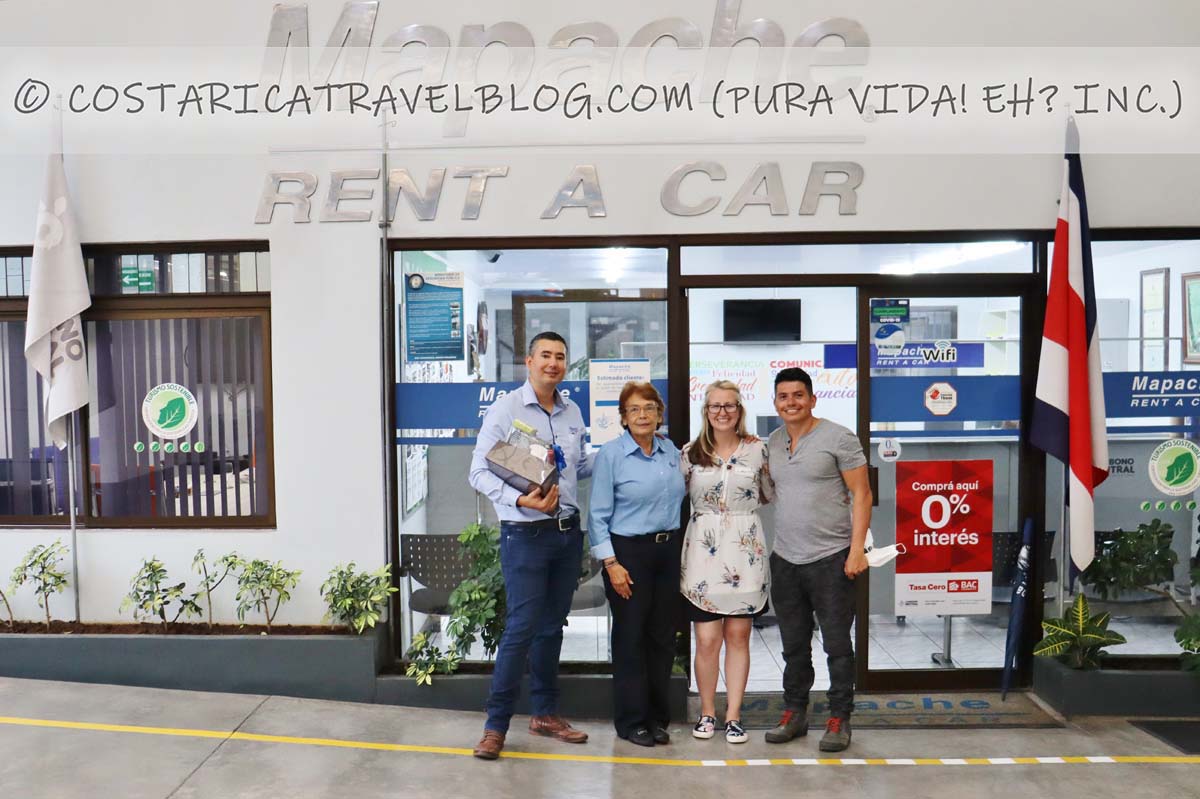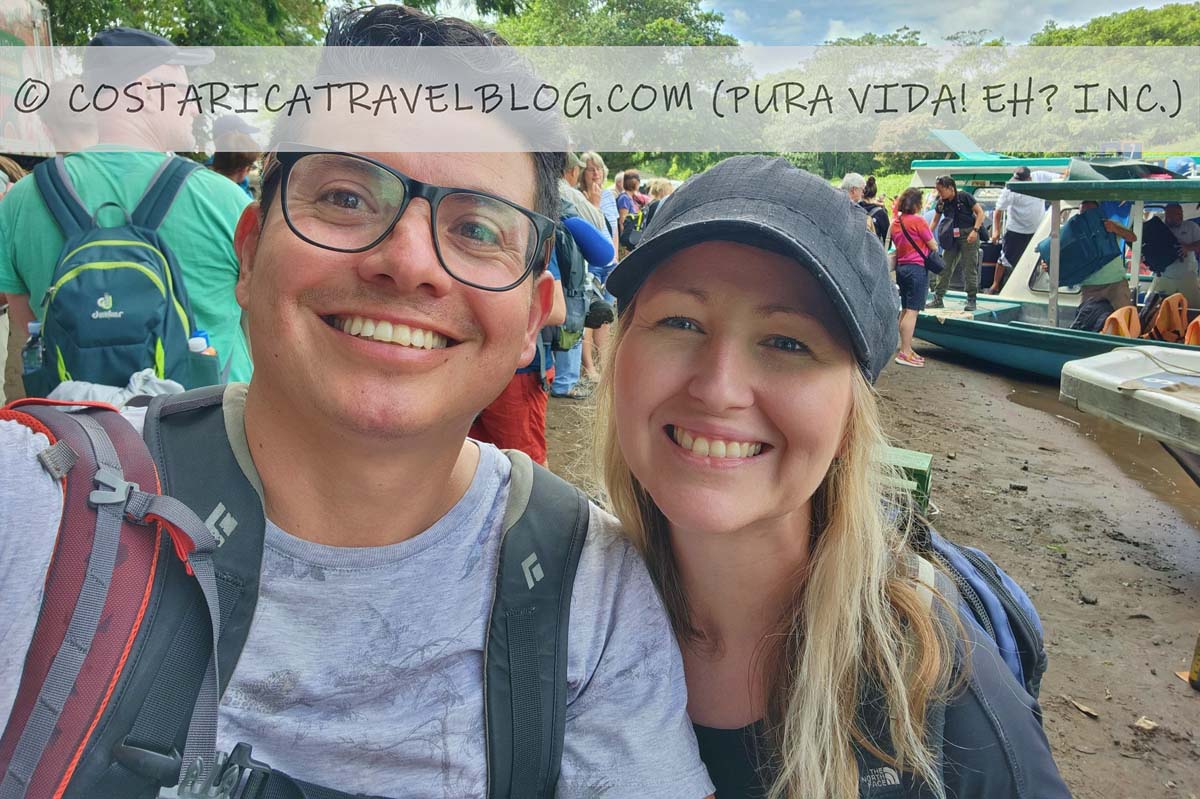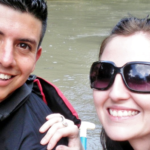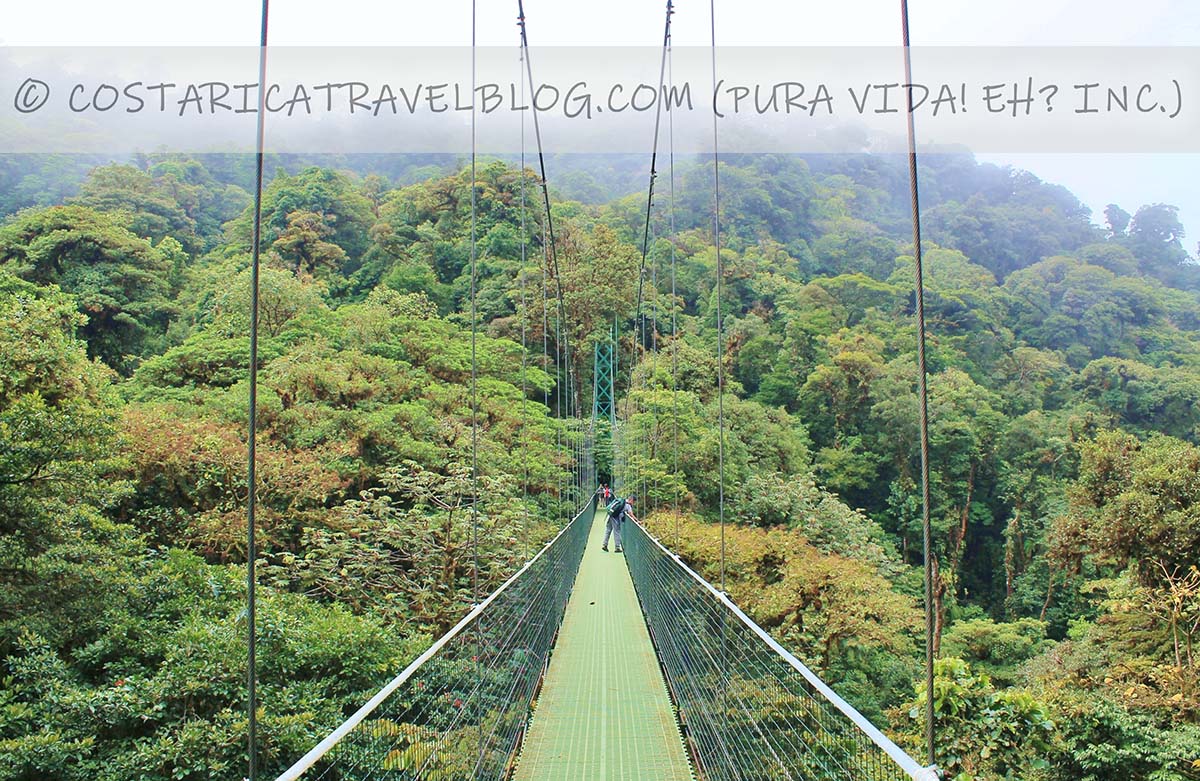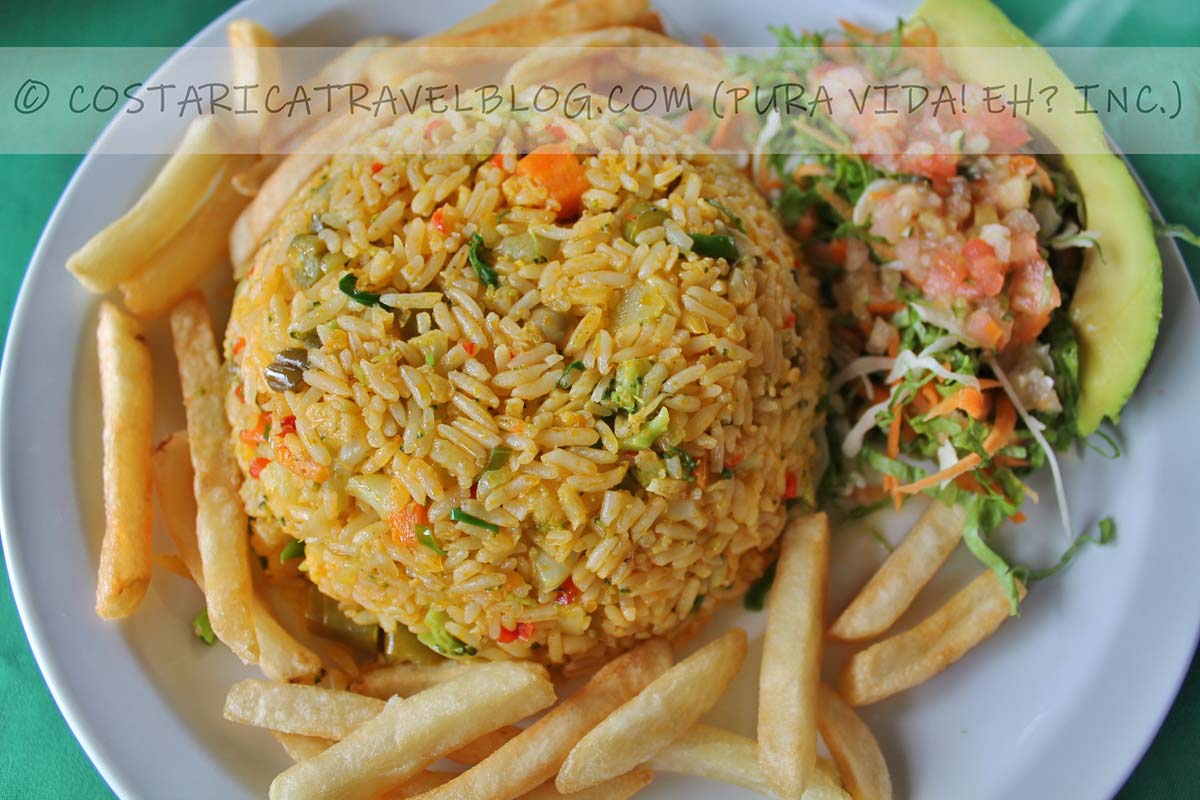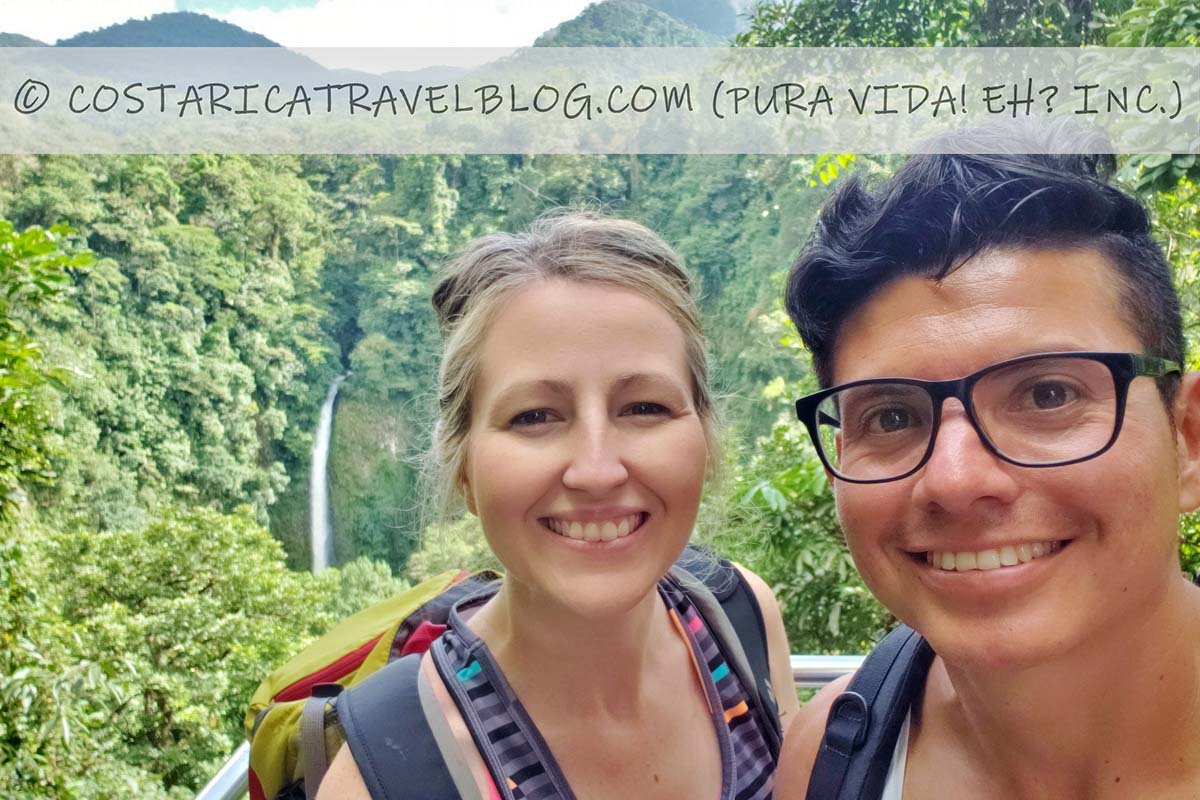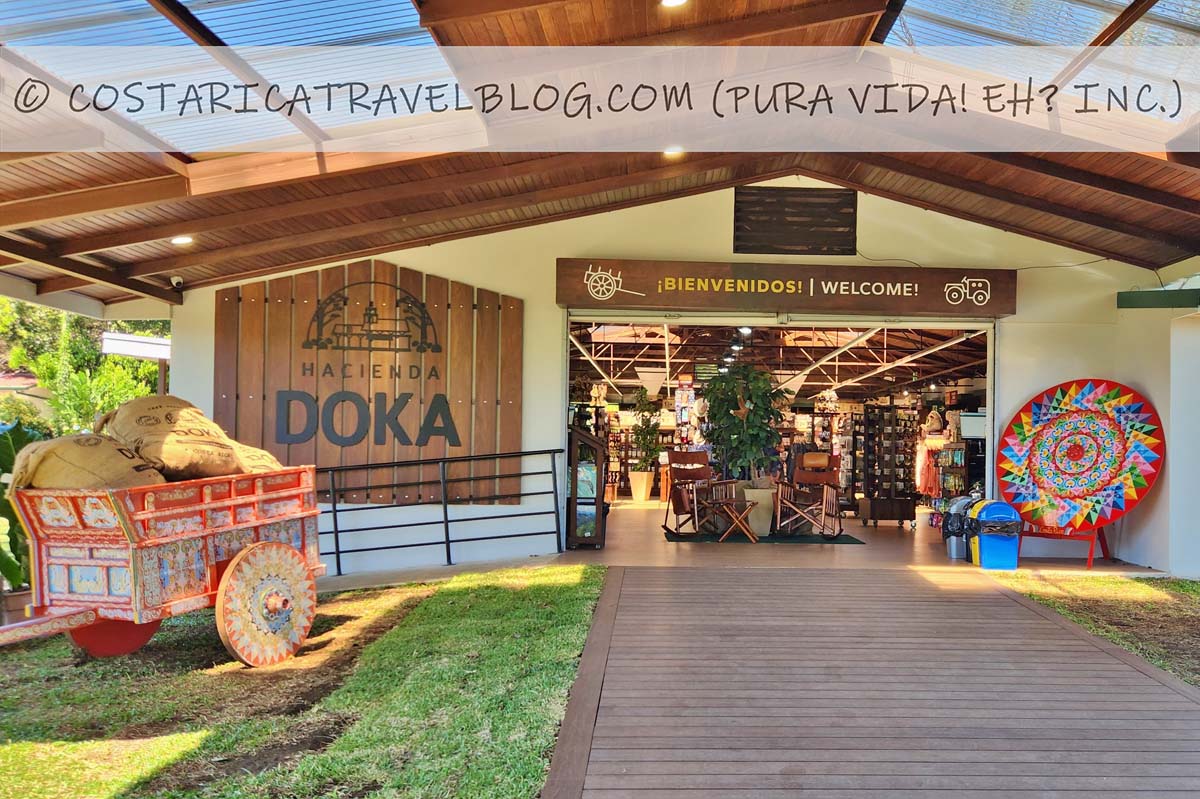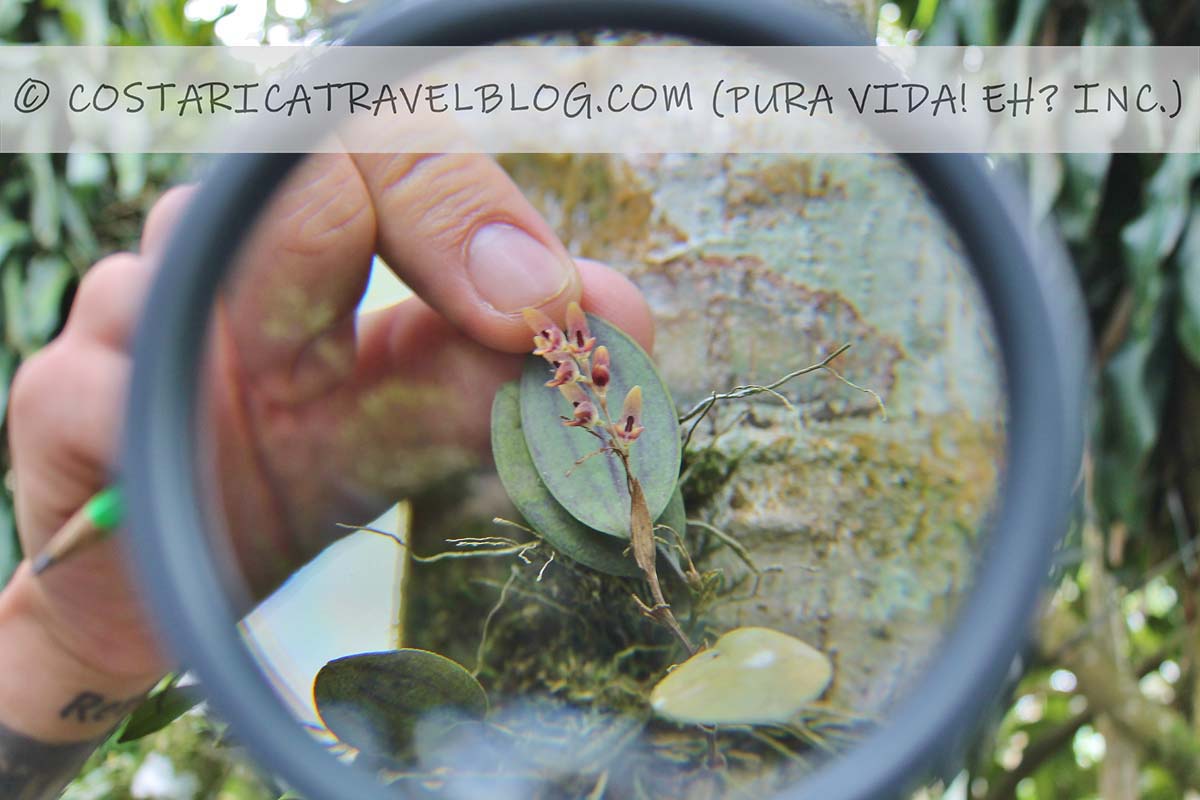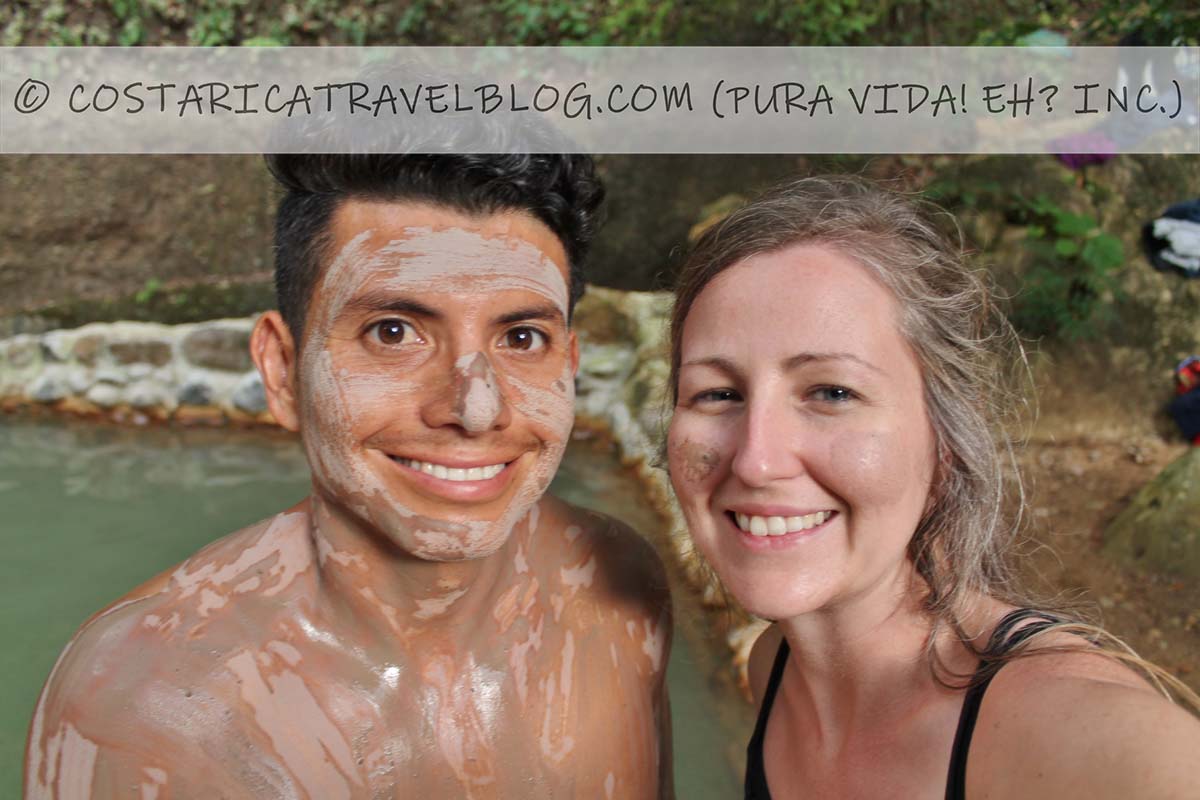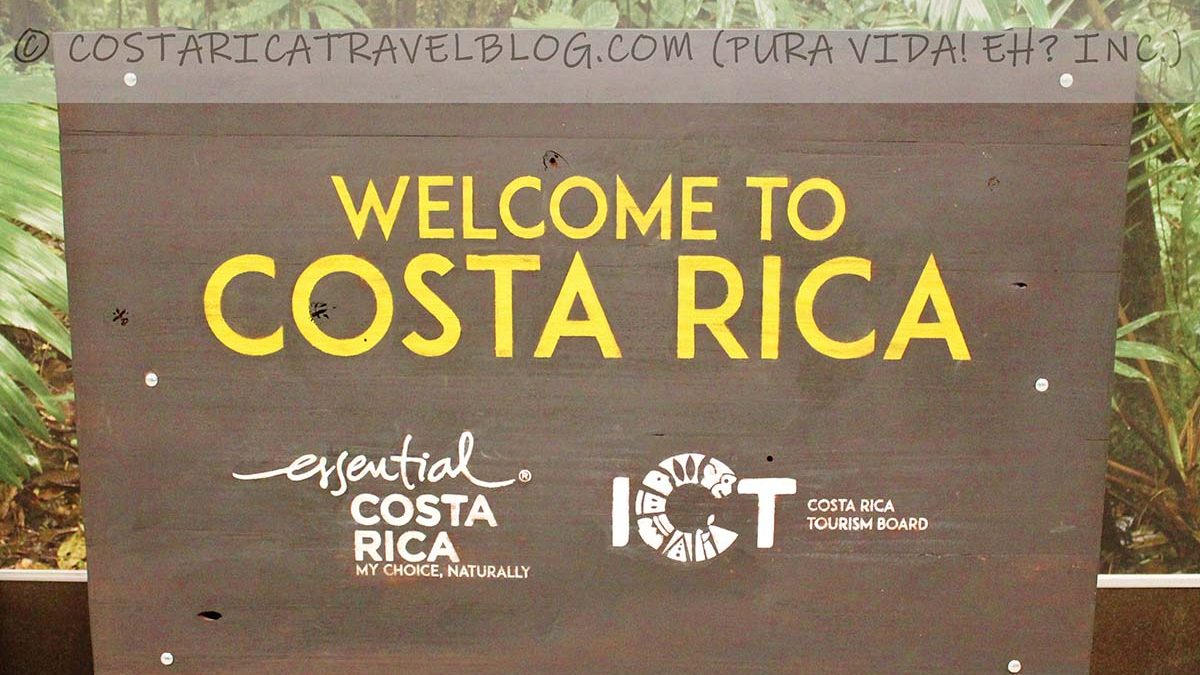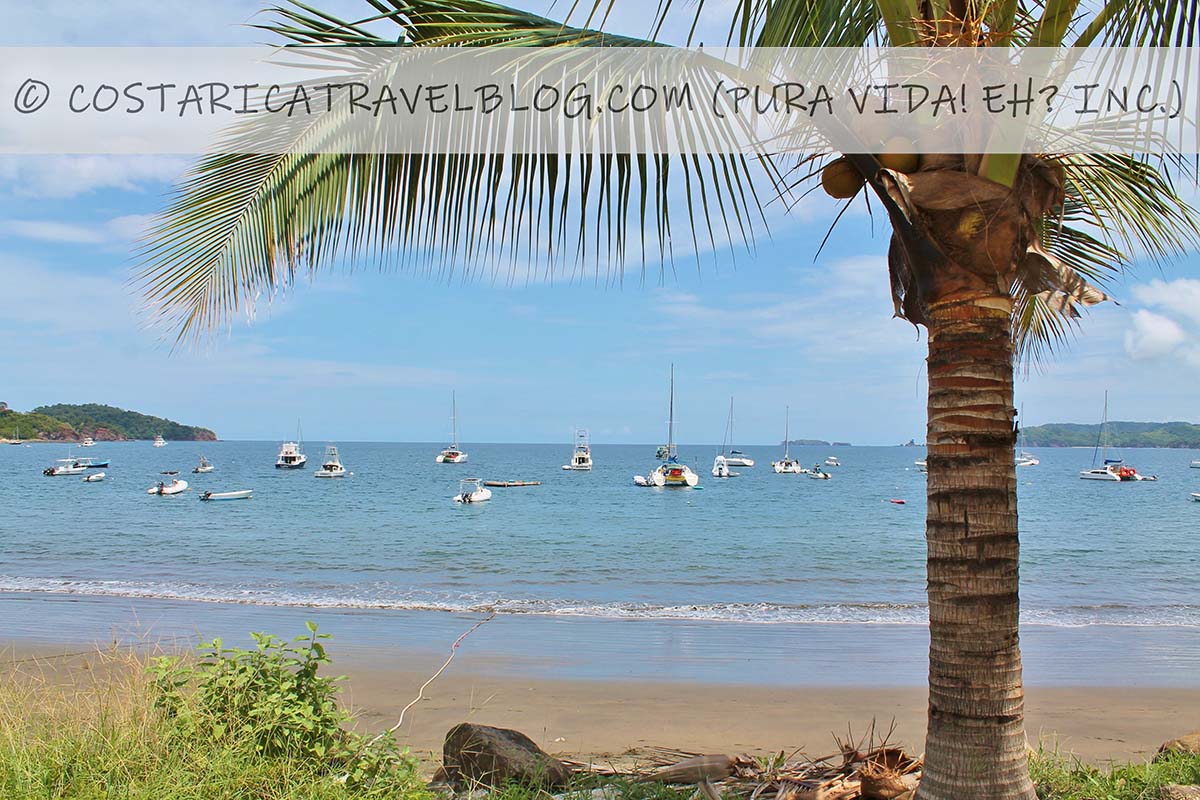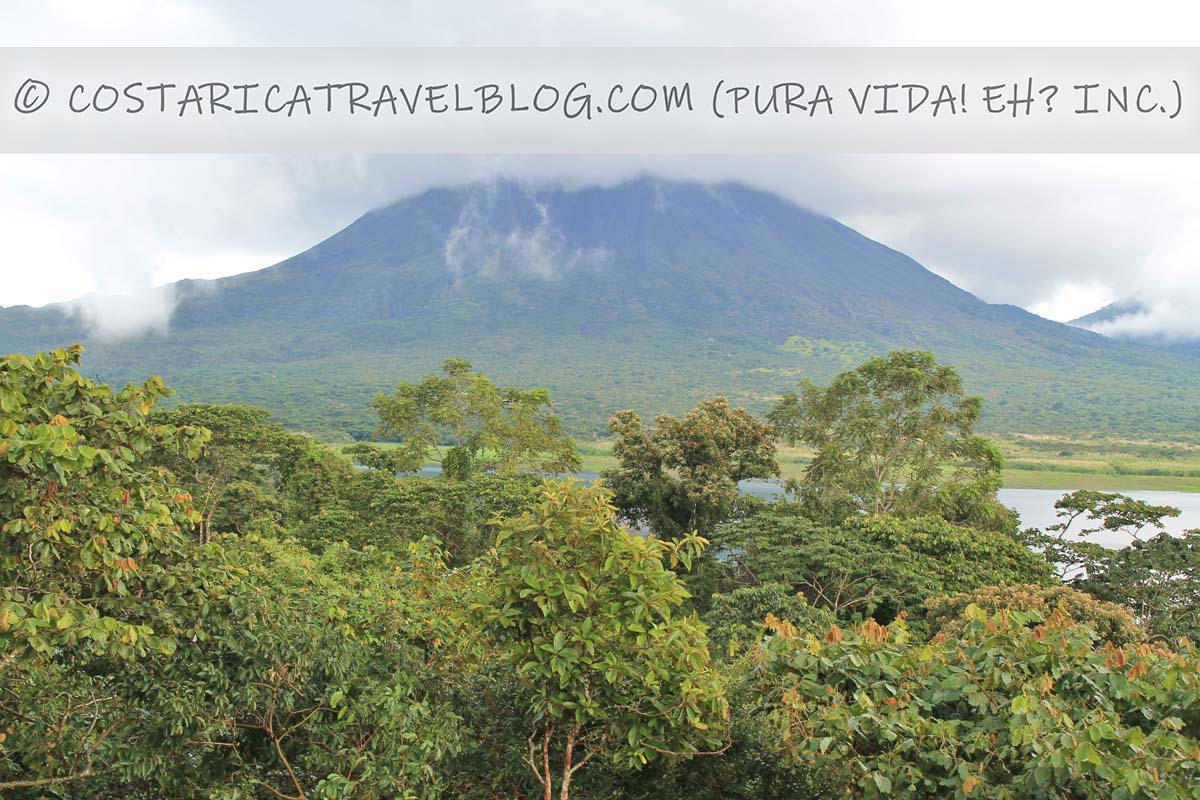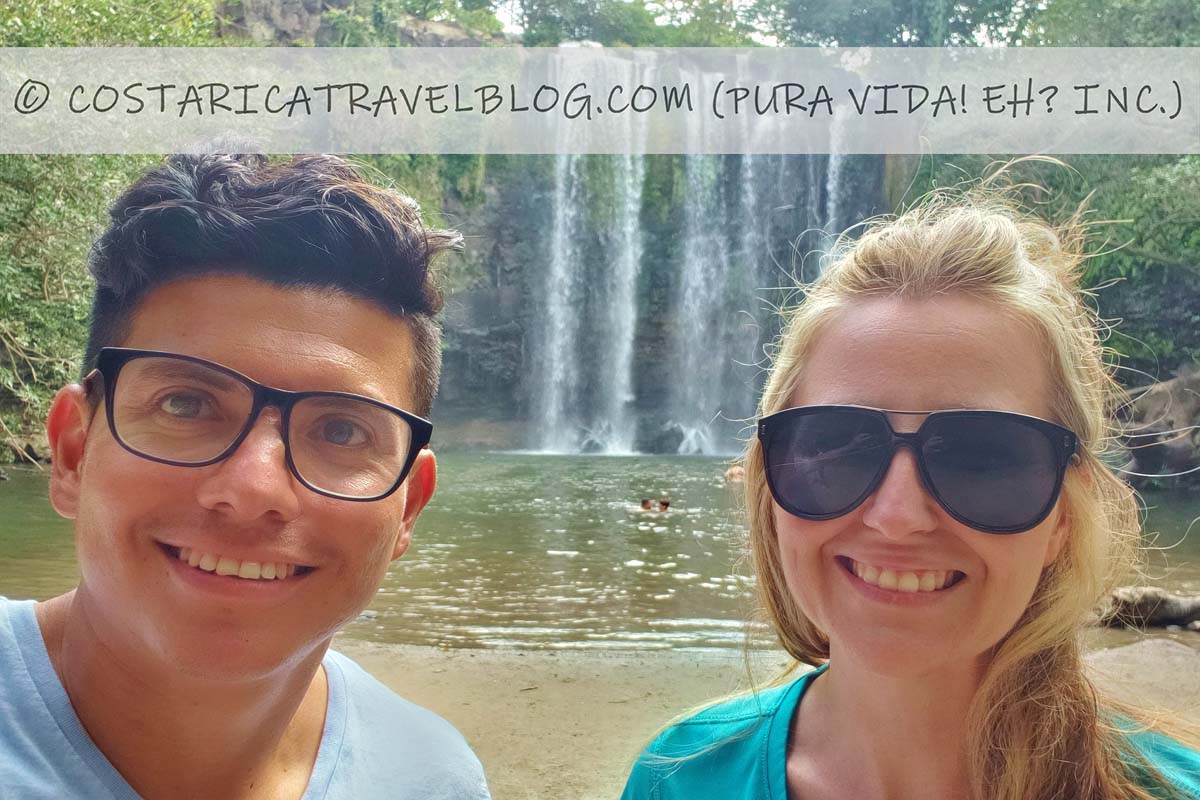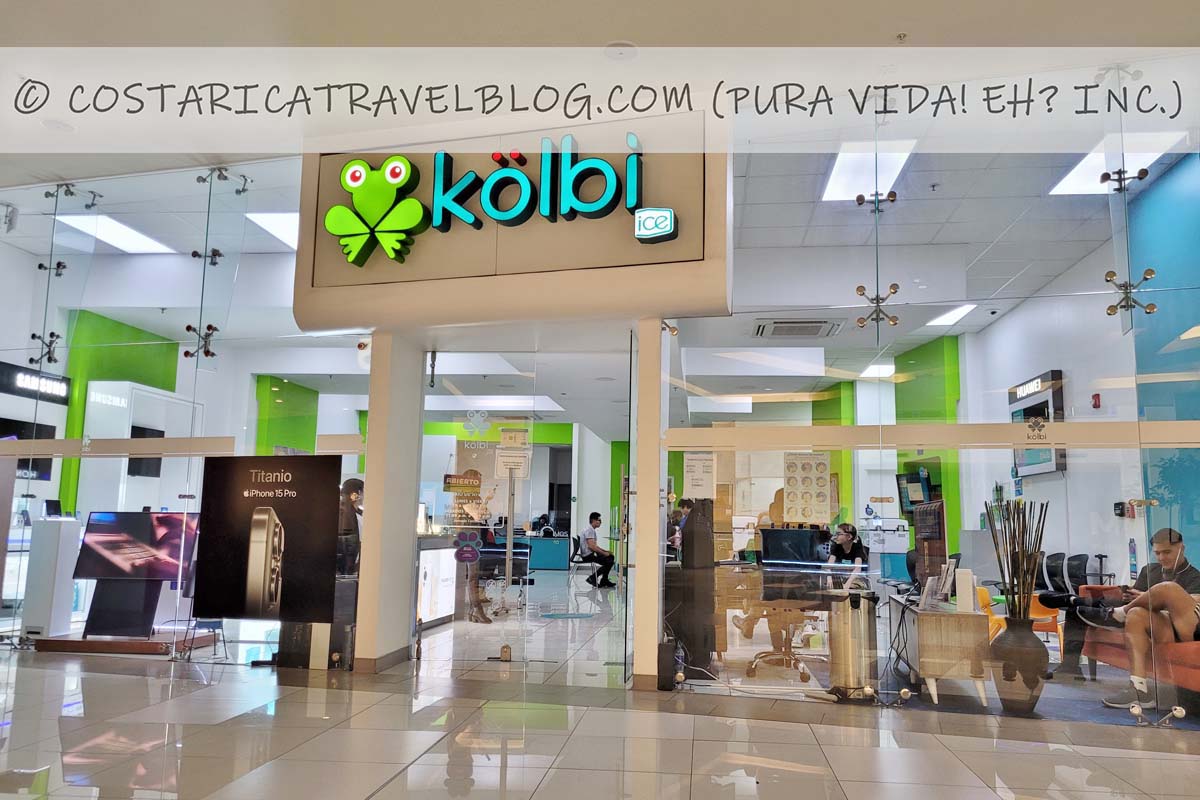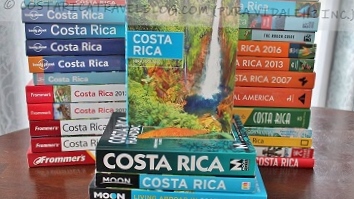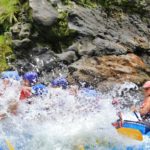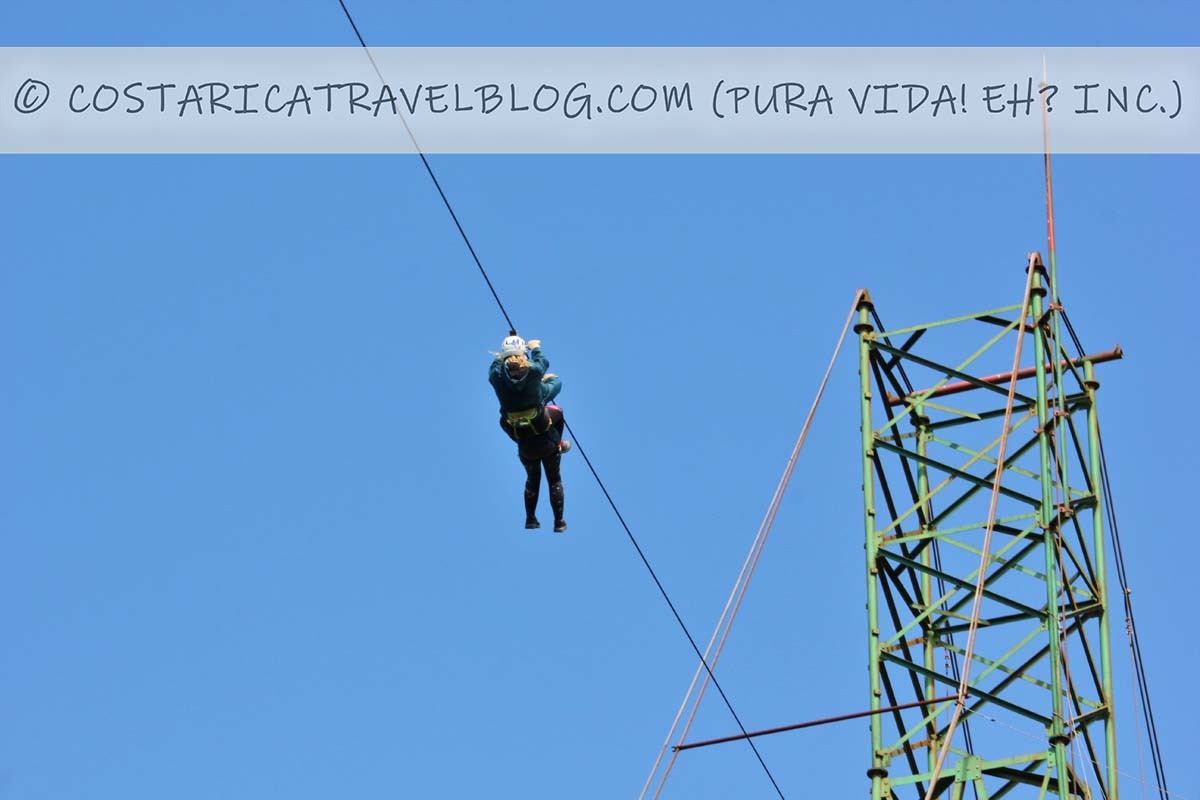Unfortunately, the path you were on led to a dead end because the page you were looking for moved. We apologize for disrupting your journey! Provided you don’t mind the detour, please use either the menu or search bar above or the article list below to find the page at its new location.
Helpful tip: If the URL of the page you are trying to access (i.e., the website address that begins with “https://”) ends with “/amp/” or “/amp”, try removing the “/amp/” or “/amp” from the URL and reloading the page.
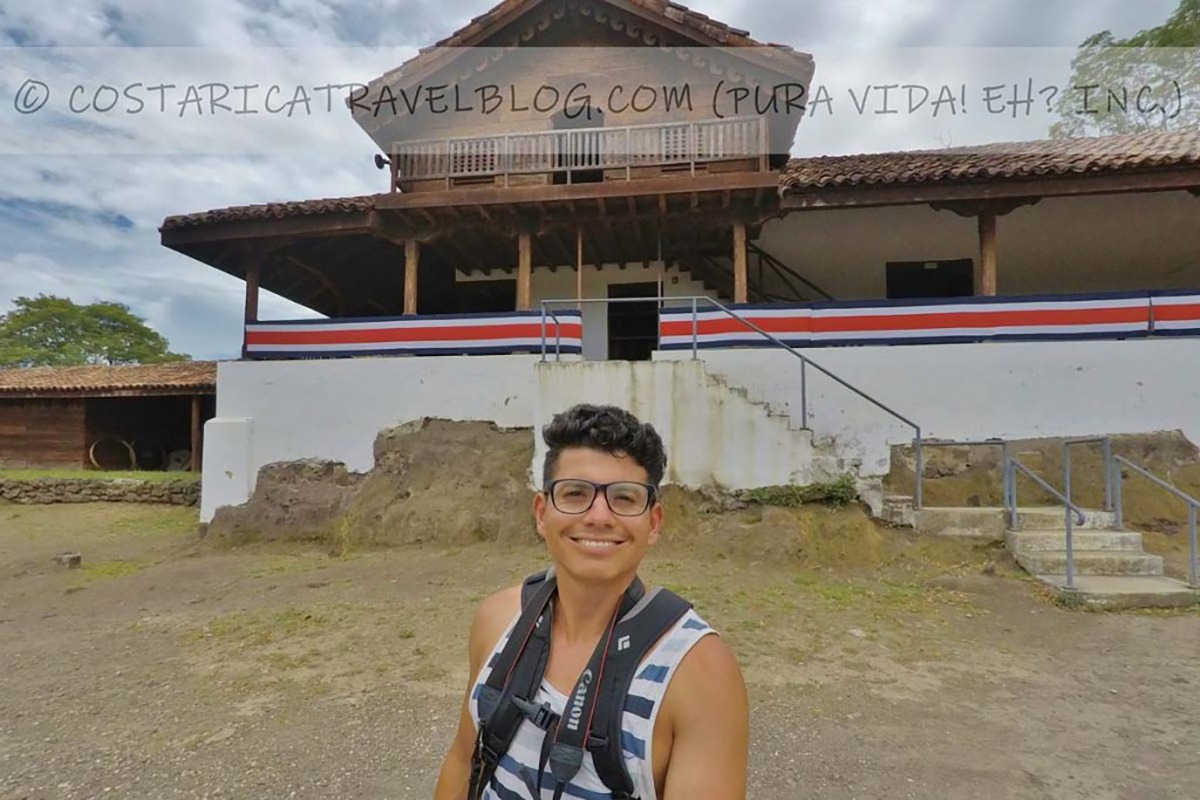 A List Of 50+ Costa Rica Entrance Fees: How Much It Costs To Enter National Parks, Reserves, and Refuges
A List Of 50+ Costa Rica Entrance Fees: How Much It Costs To Enter National Parks, Reserves, and Refuges A Member Of Our Party Recently Had ACL Surgery. Can They Participate In Sky Adventures’s Sky Tram Aerial Tram Ride, Sky Trek Canopy Ziplining Tour, And Sky Walk Hanging Bridges?
A Member Of Our Party Recently Had ACL Surgery. Can They Participate In Sky Adventures’s Sky Tram Aerial Tram Ride, Sky Trek Canopy Ziplining Tour, And Sky Walk Hanging Bridges? All-Inclusive Resorts in Costa Rica; Part 1: Why Costa Rica Is Not An All-Inclusive Resort Destination
All-Inclusive Resorts in Costa Rica; Part 1: Why Costa Rica Is Not An All-Inclusive Resort Destination All-Inclusive Resorts in Costa Rica; Part 2: How To Have An All-Inclusive Vacation Without The All-Inclusive Resort
All-Inclusive Resorts in Costa Rica; Part 2: How To Have An All-Inclusive Vacation Without The All-Inclusive Resort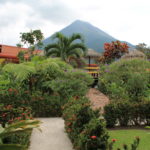 Arenal Hotel Recommendation: La Pradera Del Arenal; The Absolute Best Value Hotel In La Fortuna / Arenal
Arenal Hotel Recommendation: La Pradera Del Arenal; The Absolute Best Value Hotel In La Fortuna / Arenal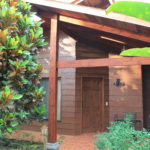 Arenal Hotel Recommendation: Silencio Del Campo; An Authentic And Rustic Hideaway In La Fortuna / Arenal
Arenal Hotel Recommendation: Silencio Del Campo; An Authentic And Rustic Hideaway In La Fortuna / Arenal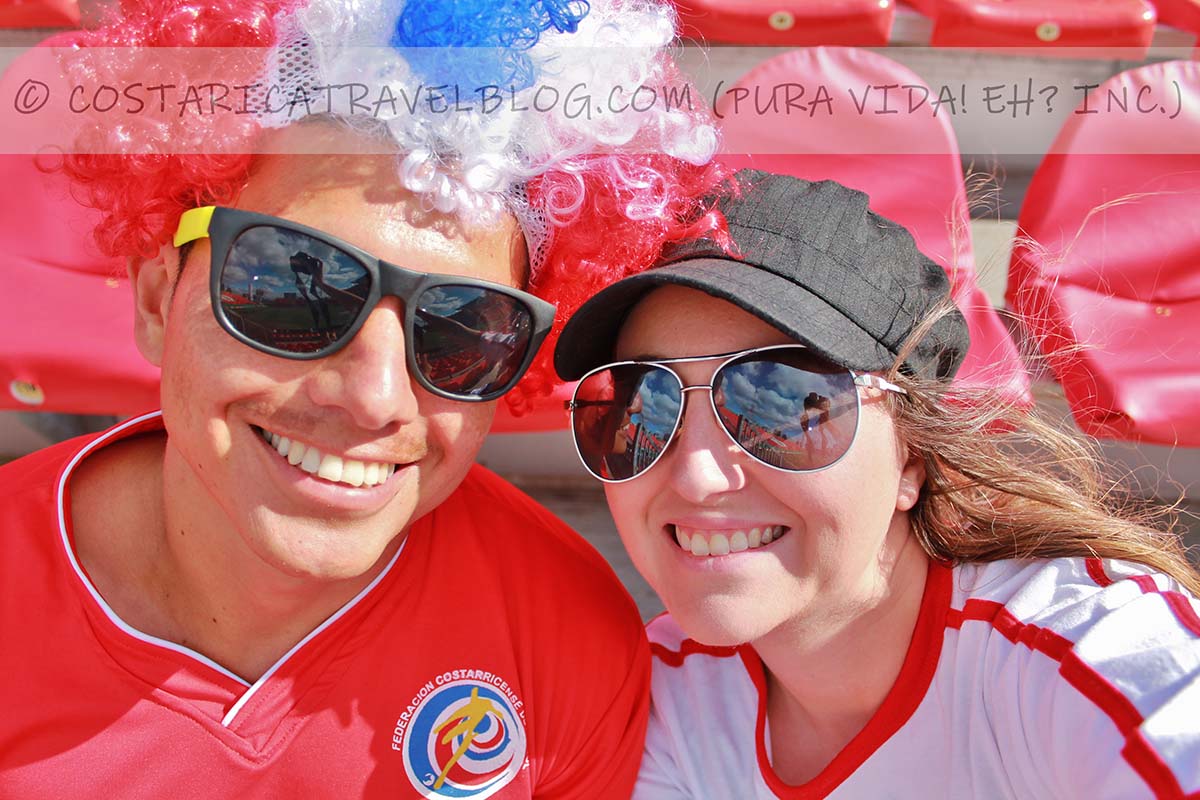 Costa Rica Futbol World Cup Qualifying Game Shines A Light On One Of The Country’s Darkest And Most Destructive Weeks
Costa Rica Futbol World Cup Qualifying Game Shines A Light On One Of The Country’s Darkest And Most Destructive Weeks Costa Rica Itinerary: 10 Days In Costa Rica; Sample Itineraries, How Many Places To Visit, How Many Activities To Do, And More!
Costa Rica Itinerary: 10 Days In Costa Rica; Sample Itineraries, How Many Places To Visit, How Many Activities To Do, And More!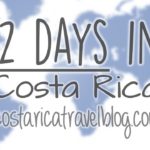 Costa Rica Itinerary: 12 Days In Costa Rica; Sample Itineraries, How Many Places To Visit, How Many Activities To Do, And More!
Costa Rica Itinerary: 12 Days In Costa Rica; Sample Itineraries, How Many Places To Visit, How Many Activities To Do, And More! Costa Rica Itinerary: 15 Days In Costa Rica; Sample Itineraries, How Many Places To Visit, How Many Activities To Do, And More!
Costa Rica Itinerary: 15 Days In Costa Rica; Sample Itineraries, How Many Places To Visit, How Many Activities To Do, And More!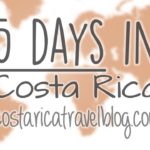 Costa Rica Itinerary: 5 Days In Costa Rica; Sample Itineraries, How Many Places To Visit, How Many Activities To Do, And More!
Costa Rica Itinerary: 5 Days In Costa Rica; Sample Itineraries, How Many Places To Visit, How Many Activities To Do, And More!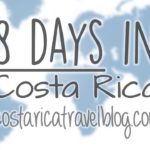 Costa Rica Itinerary: 8 Days In Costa Rica; Sample Itineraries, How Many Places To Visit, How Many Activities To Do, And More!
Costa Rica Itinerary: 8 Days In Costa Rica; Sample Itineraries, How Many Places To Visit, How Many Activities To Do, And More! Culture May Identify Difference, But It Does Not Make Us Different: Visiting Costa Rica’s Cabecar Indigenous Tribe In Quetzal
Culture May Identify Difference, But It Does Not Make Us Different: Visiting Costa Rica’s Cabecar Indigenous Tribe In Quetzal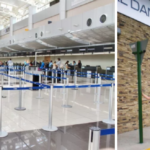 Flying To Costa Rica: What To Know About International Flights To Costa Rica, Departure Tax, Airlines, Check-In, Baggage, And More!
Flying To Costa Rica: What To Know About International Flights To Costa Rica, Departure Tax, Airlines, Check-In, Baggage, And More!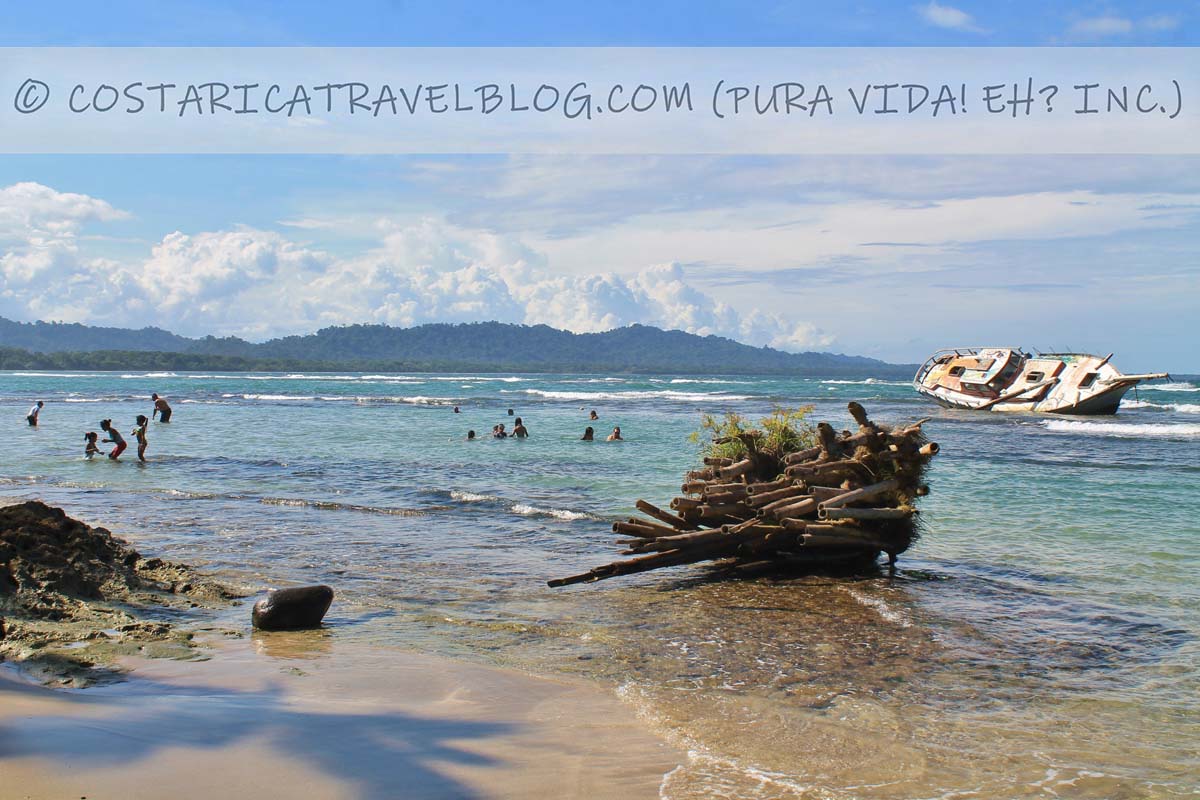 How Much Does It Cost To Go To Costa Rica? Costs Of Activities, Hotels, Food, Transportation Services, And More!
How Much Does It Cost To Go To Costa Rica? Costs Of Activities, Hotels, Food, Transportation Services, And More!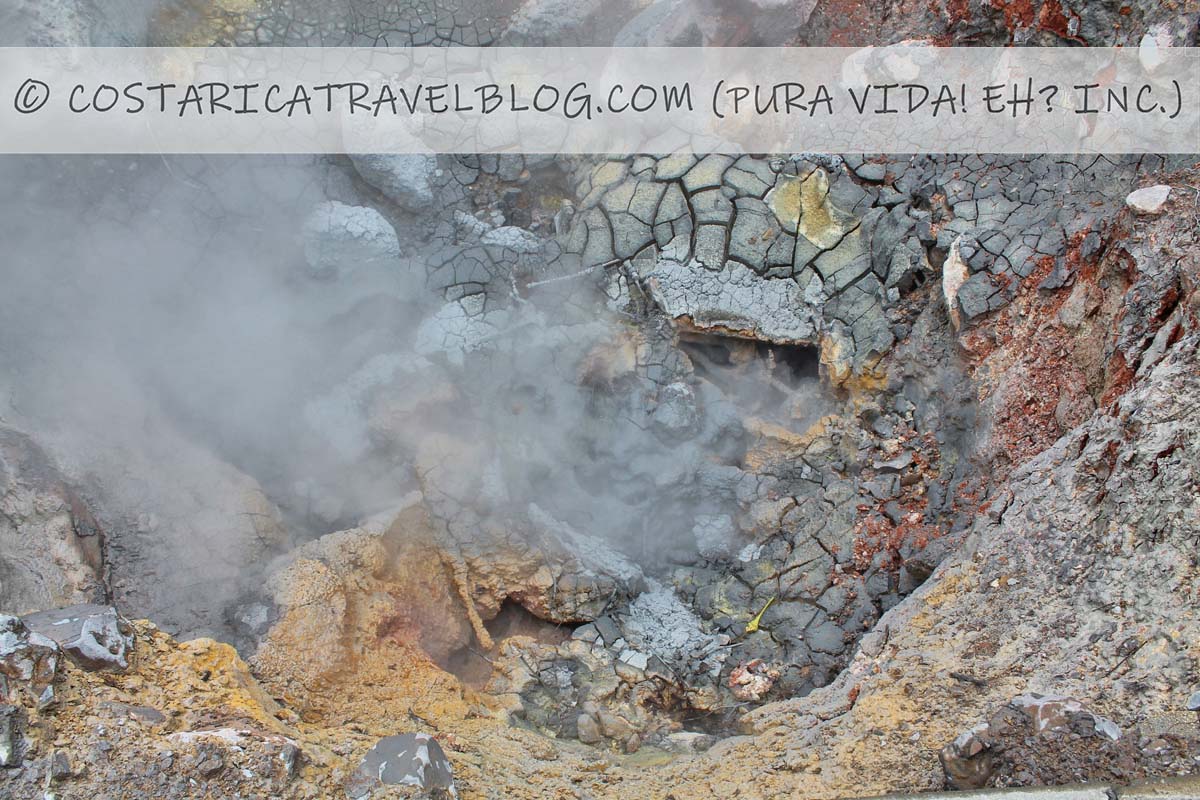 How To Experience The Best Costa Rica Volcanoes: Arenal, Poas, Rincon De La Vieja, Irazu, And Turrialba
How To Experience The Best Costa Rica Volcanoes: Arenal, Poas, Rincon De La Vieja, Irazu, And Turrialba How To Raft The Pacuare River To/From Manuel Antonio Or Between Manuel Antonio And *Choose A Location*?
How To Raft The Pacuare River To/From Manuel Antonio Or Between Manuel Antonio And *Choose A Location*? I Am A Horticulturist, Interested In Tropical Plants, Flowers, Palm Trees, Rain Forests, Jungle Hikes, Etc. I Would Think Costa Rica Would Be An Ideal Place For That. Do You Have Any Information Devoted To This Subject?
I Am A Horticulturist, Interested In Tropical Plants, Flowers, Palm Trees, Rain Forests, Jungle Hikes, Etc. I Would Think Costa Rica Would Be An Ideal Place For That. Do You Have Any Information Devoted To This Subject? I Am Afraid Of Heights. Are There Particular Areas Of Costa Rica Accessible From Either Of The Two Main Airports In Which Driving Would Not Be A Problem?
I Am Afraid Of Heights. Are There Particular Areas Of Costa Rica Accessible From Either Of The Two Main Airports In Which Driving Would Not Be A Problem? I Am Flying Into Liberia (LIR). Is There A Bank At The Airport Or Where Is The Best Place To Exchange USD?
I Am Flying Into Liberia (LIR). Is There A Bank At The Airport Or Where Is The Best Place To Exchange USD? I Am Lactose Intolerant/Allergic To Milk And/Or Cheese. How Do I Inform Restaurant Staff Of My Allergy In Spanish?
I Am Lactose Intolerant/Allergic To Milk And/Or Cheese. How Do I Inform Restaurant Staff Of My Allergy In Spanish? I Am Landing In San Jose Around 1PM And Will Then Be Heading To La Fortuna. Is It Possible To Find Transportation To La Fortuna That Afternoon Or Evening, Or Should I Stay The Night In San Jose And Leave For La Fortuna The Next Morning?
I Am Landing In San Jose Around 1PM And Will Then Be Heading To La Fortuna. Is It Possible To Find Transportation To La Fortuna That Afternoon Or Evening, Or Should I Stay The Night In San Jose And Leave For La Fortuna The Next Morning? I Am Trying To Choose Between The Naranjo River And The Savegre River. I Have Rafted the Pacuare River Before. Which River Would Be The Most Similar?
I Am Trying To Choose Between The Naranjo River And The Savegre River. I Have Rafted the Pacuare River Before. Which River Would Be The Most Similar? I Will Be Visiting La Fortuna and Playa Carrillo. Which White Water Tour Is The Best In The Areas We Will Be In And The Most Challenging?
I Will Be Visiting La Fortuna and Playa Carrillo. Which White Water Tour Is The Best In The Areas We Will Be In And The Most Challenging? Manuel Antonio Hotel Recommendation: Si Como No Resort; A Mountainside Oasis That Overlooks The Pacific
Manuel Antonio Hotel Recommendation: Si Como No Resort; A Mountainside Oasis That Overlooks The Pacific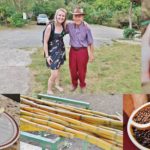 Monteverde Don Juan Coffee, Chocolate, And Sugar Cane Tour: A Trifecta Of Costa Rican Tradition, Temptation, And Trade
Monteverde Don Juan Coffee, Chocolate, And Sugar Cane Tour: A Trifecta Of Costa Rican Tradition, Temptation, And Trade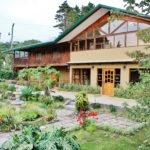 Monteverde Hotel Recommendation: Monteverde Country Lodge; A Quiet And Rustic Lodge That Captures The Feel Of Monteverde
Monteverde Hotel Recommendation: Monteverde Country Lodge; A Quiet And Rustic Lodge That Captures The Feel Of Monteverde Samara Hotel Recommendation: Hotel Leyenda; A Beach Hotel That Offers The Best Of Both Worlds In Samara / Carrillo
Samara Hotel Recommendation: Hotel Leyenda; A Beach Hotel That Offers The Best Of Both Worlds In Samara / Carrillo San Jose Hotel Recommendation: Hotel Buena Vista; Our Best Recommendation For An Alajuela (SJO Airport) Hotel For Your First Or Last Night In Costa Rica
San Jose Hotel Recommendation: Hotel Buena Vista; Our Best Recommendation For An Alajuela (SJO Airport) Hotel For Your First Or Last Night In Costa Rica San Jose Hotel Recommendation: Hotel Robledal; An Alajuela (SJO Airport) Hotel That Offers The Most Bang For Your Buck
San Jose Hotel Recommendation: Hotel Robledal; An Alajuela (SJO Airport) Hotel That Offers The Most Bang For Your Buck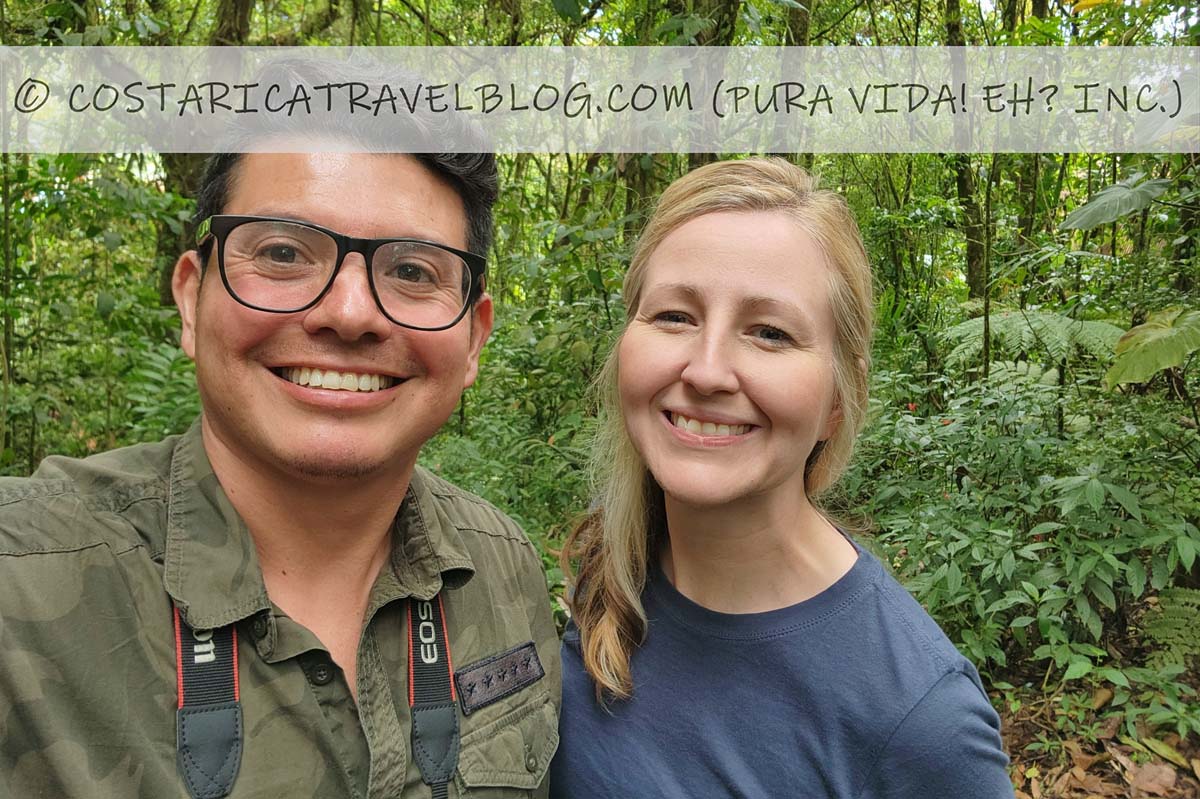 Selvatura Park Monteverde: Zip-lining, Hanging Bridges, A Sloth Habitat, A Butterfly Garden, And A Herpetarium In The Cloud Forest
Selvatura Park Monteverde: Zip-lining, Hanging Bridges, A Sloth Habitat, A Butterfly Garden, And A Herpetarium In The Cloud Forest The Best Rivers For Rafting In Costa Rica (White-Water and Safari Floats): Comparing 15 Popular River Tours
The Best Rivers For Rafting In Costa Rica (White-Water and Safari Floats): Comparing 15 Popular River Tours The Most Time And Cost Efficient Way To Visit Tortuguero And Raft The Pacuare River During Your Time In Costa Rica (Part 1).
The Most Time And Cost Efficient Way To Visit Tortuguero And Raft The Pacuare River During Your Time In Costa Rica (Part 1). Treetopia Park (formerly Sky Adventures Monteverde): Zip-lining, Hanging Bridges, And Tram Rides In The Cloud Forest
Treetopia Park (formerly Sky Adventures Monteverde): Zip-lining, Hanging Bridges, And Tram Rides In The Cloud Forest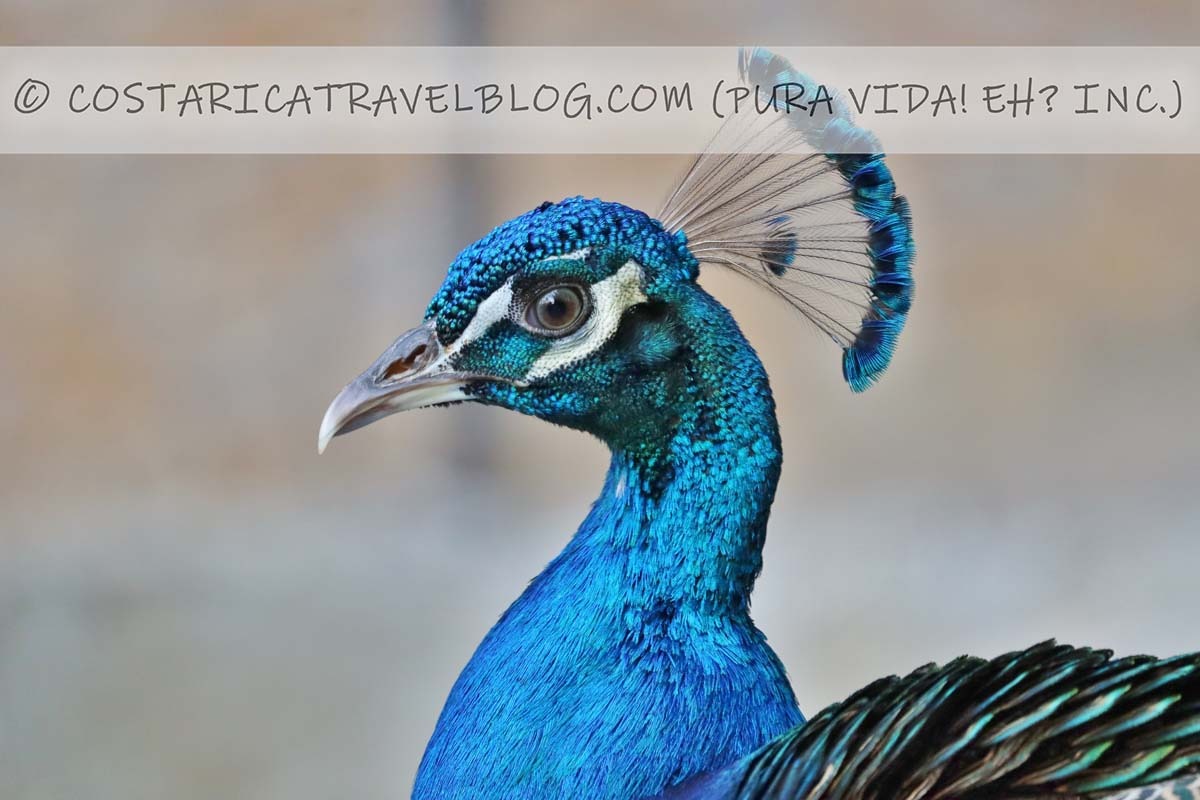 Visiting Rescate Wildlife Rescue Center (ZooAve)—Photos And Brief (5-Minute Read): Alajuela, Costa Rica
Visiting Rescate Wildlife Rescue Center (ZooAve)—Photos And Brief (5-Minute Read): Alajuela, Costa Rica Visiting The Tortuguero National Park (Cerro Tortuguero Sector)—Photos And Brief (5-Minute Read): Tortuguero, Costa Rica
Visiting The Tortuguero National Park (Cerro Tortuguero Sector)—Photos And Brief (5-Minute Read): Tortuguero, Costa Rica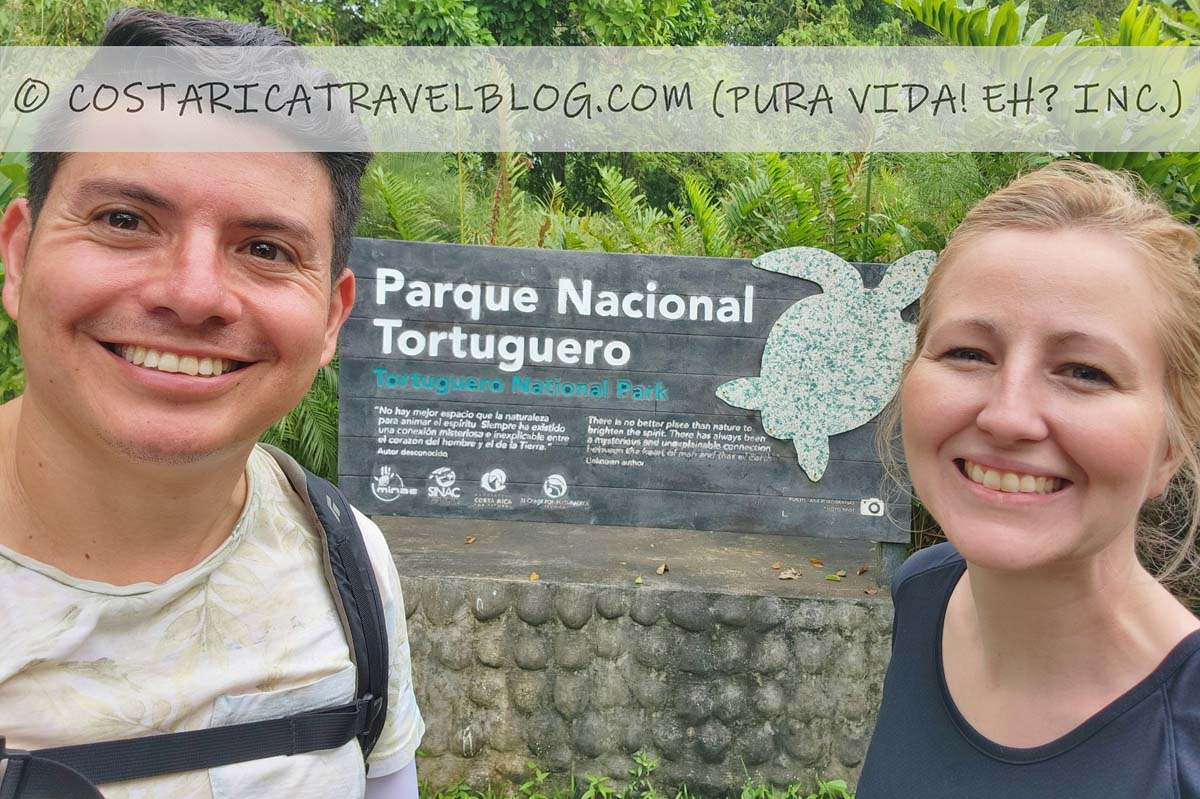 Visiting The Tortuguero National Park’s Cuatro Esquinas Sector—Photos And Brief (5-Minute Read): Tortuguero, Costa Rica
Visiting The Tortuguero National Park’s Cuatro Esquinas Sector—Photos And Brief (5-Minute Read): Tortuguero, Costa Rica We Are A Family Of 5 Travelling To Costa Rica. It Is Amazing How Hotels Will Only Allow A Maximum Of 4 People Per Room. Any Advice?
We Are A Family Of 5 Travelling To Costa Rica. It Is Amazing How Hotels Will Only Allow A Maximum Of 4 People Per Room. Any Advice? We Are Deciding Between Hotel Tangara In Town Or The Arenal Observatory Lodge. Could You Please Provide Some Pros And Cons To Help Us Decide?
We Are Deciding Between Hotel Tangara In Town Or The Arenal Observatory Lodge. Could You Please Provide Some Pros And Cons To Help Us Decide? We Have 10 Days To See Monteverde, Arenal, And Manuel Antonio; Is It Better To Fly Into Liberia And Fly Out Of San Jose?
We Have 10 Days To See Monteverde, Arenal, And Manuel Antonio; Is It Better To Fly Into Liberia And Fly Out Of San Jose? We Want To Get Married At The La Fortuna Waterfall–Just The Two Of Us. What’s The Best Way To Go About That?
We Want To Get Married At The La Fortuna Waterfall–Just The Two Of Us. What’s The Best Way To Go About That? What Logistics Would You Suggest? San Jose To Monteverde (2 Nights) Then To Tamarindo (3 Nights) Then To Arenal (3-4 Nights) Then To Manual Antonio (3 Nights) Then Back To San Jose Area. Would You Do This In A Different Order Or Spend More Or Less Time In Any Location?
What Logistics Would You Suggest? San Jose To Monteverde (2 Nights) Then To Tamarindo (3 Nights) Then To Arenal (3-4 Nights) Then To Manual Antonio (3 Nights) Then Back To San Jose Area. Would You Do This In A Different Order Or Spend More Or Less Time In Any Location?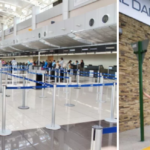 Which Costa Rica Airport Is The Best To Fly To? Comparing The San Jose (SJO) And Liberia (LIR) Airports
Which Costa Rica Airport Is The Best To Fly To? Comparing The San Jose (SJO) And Liberia (LIR) Airports
